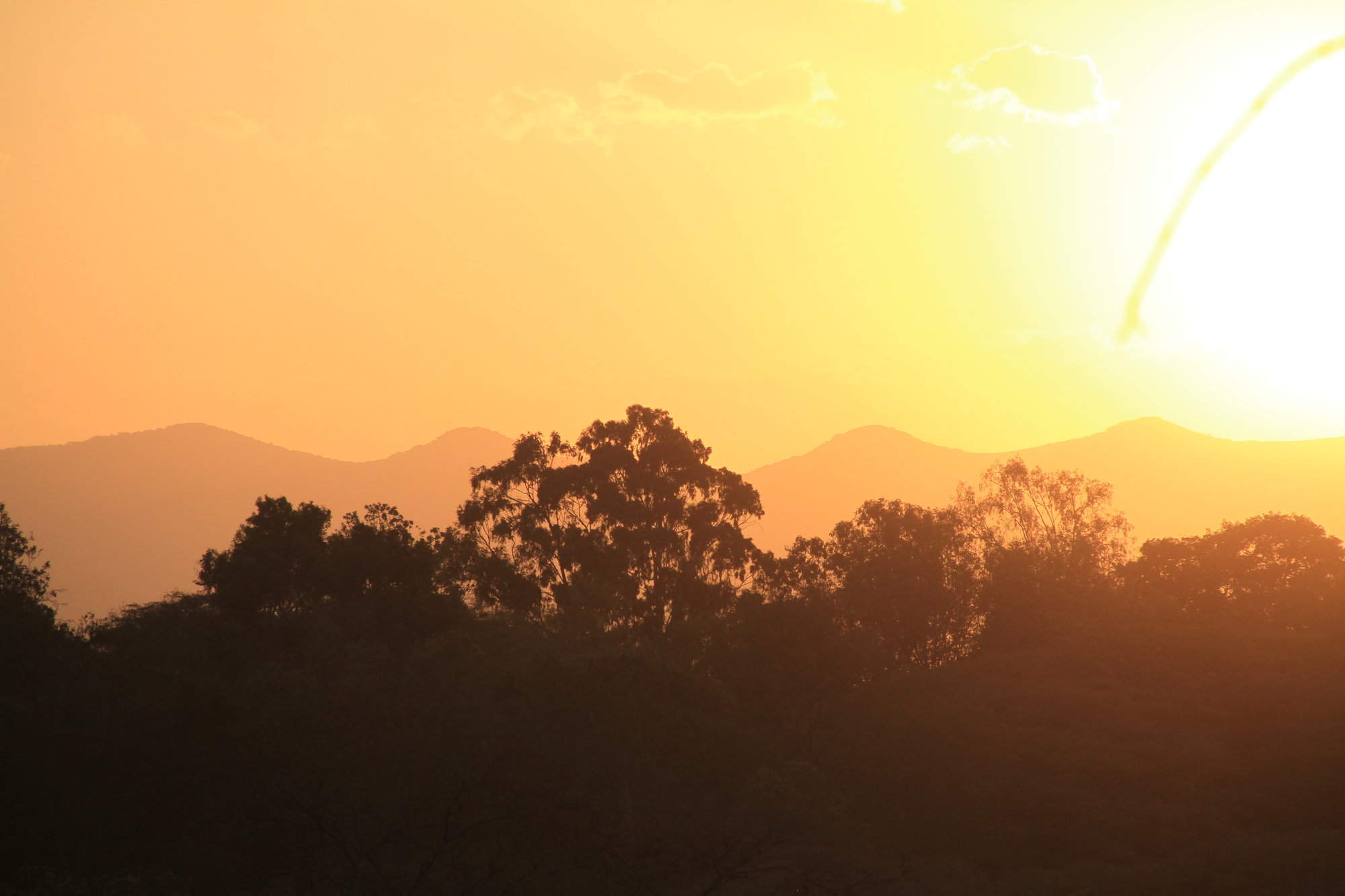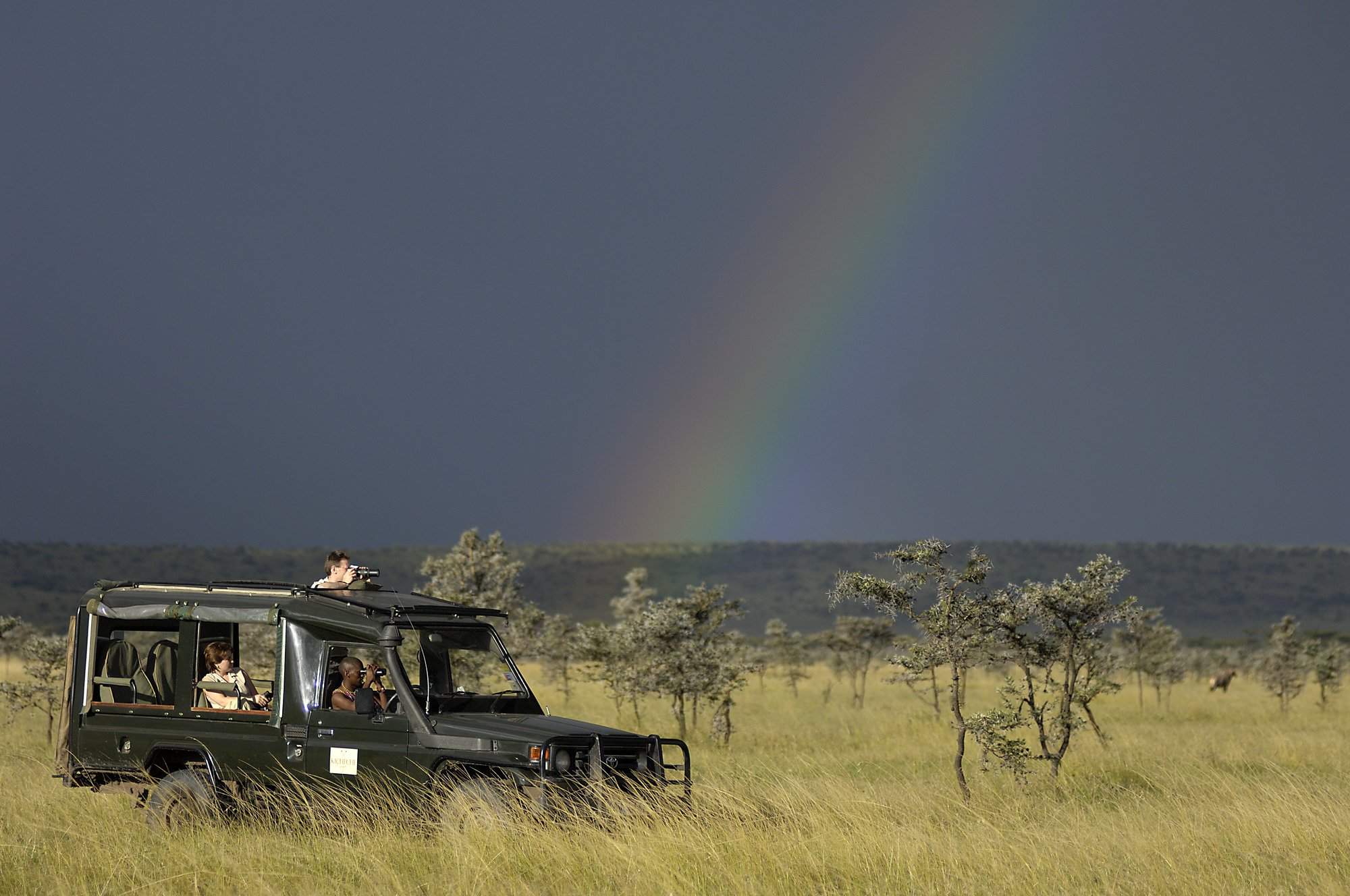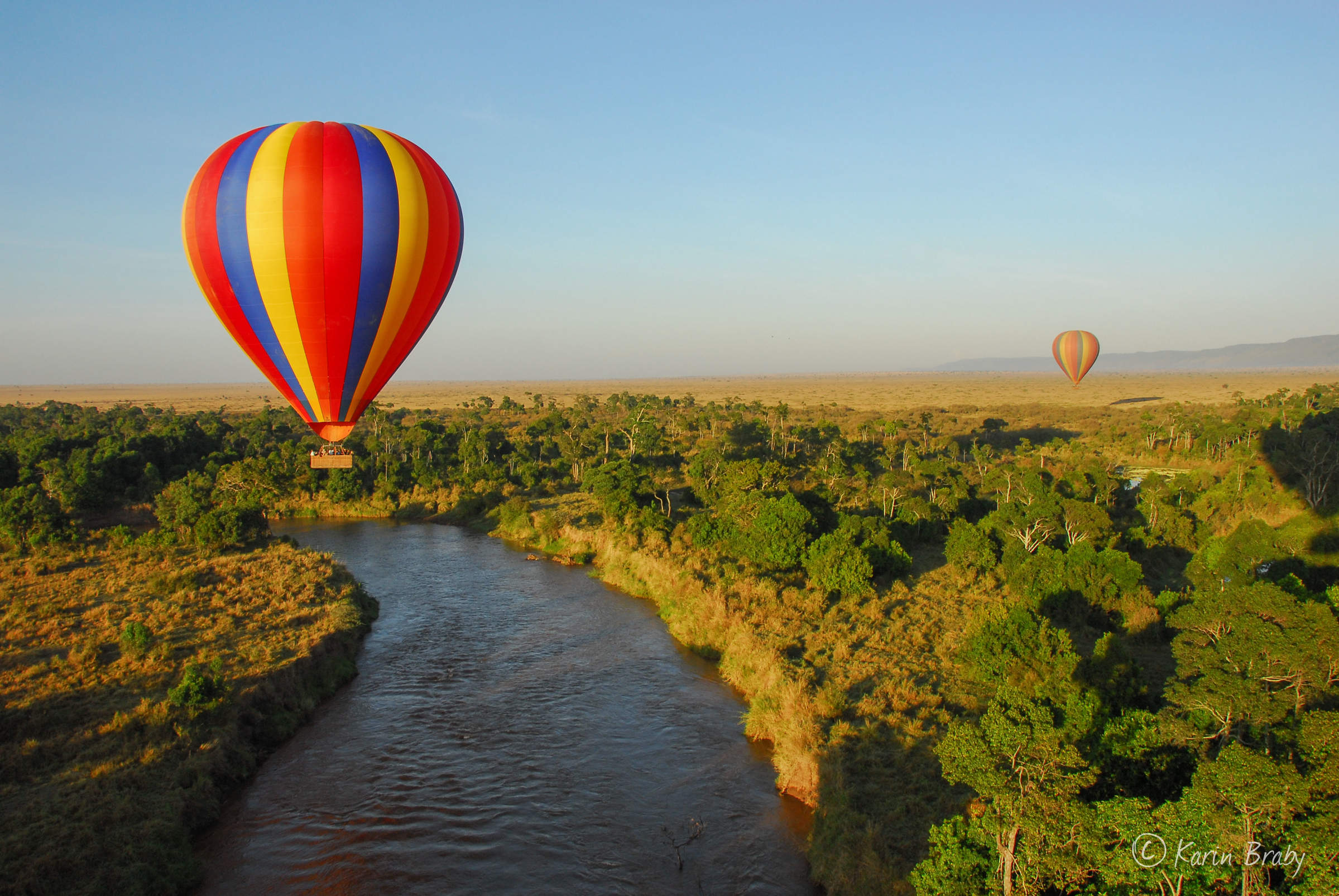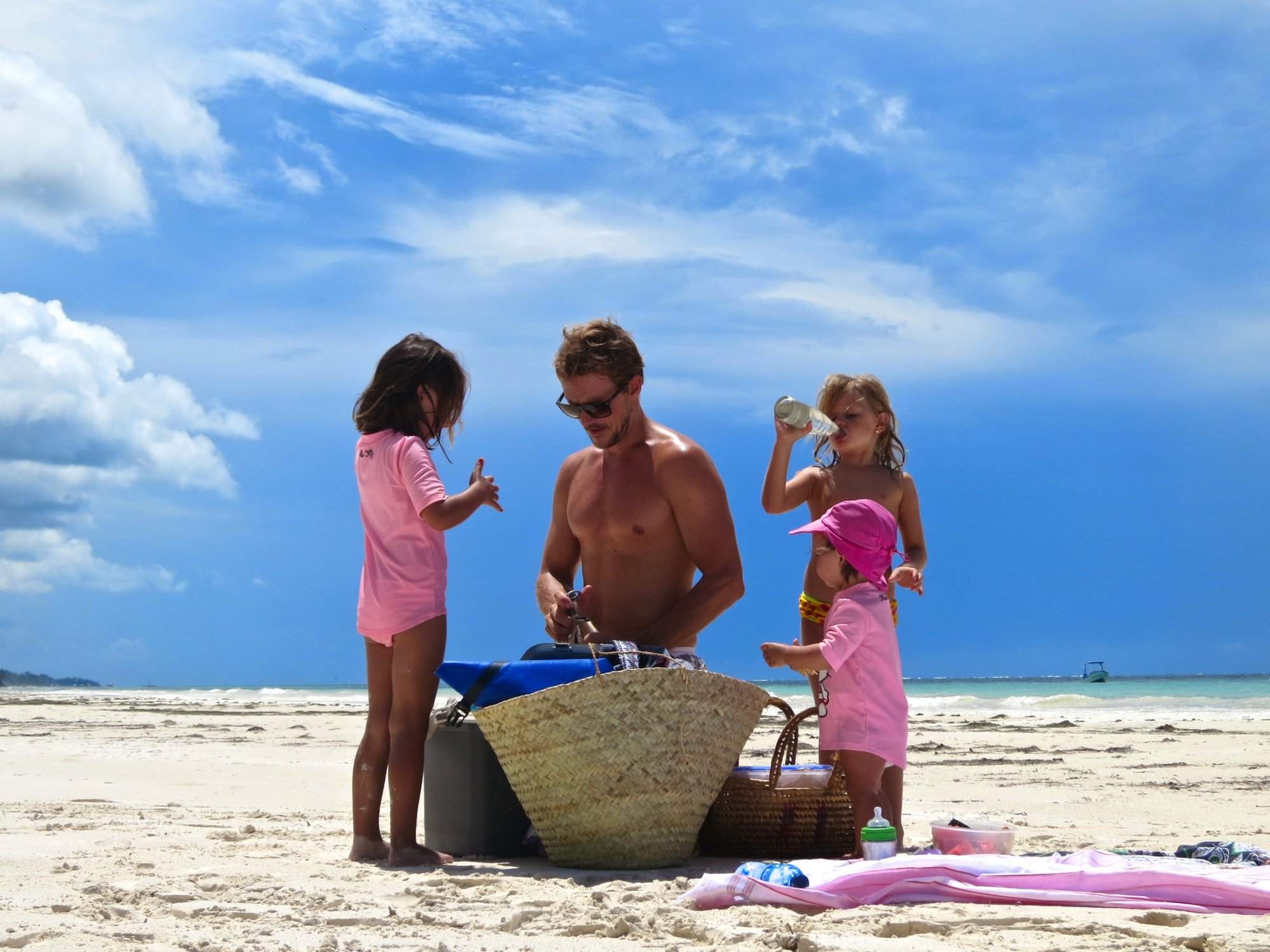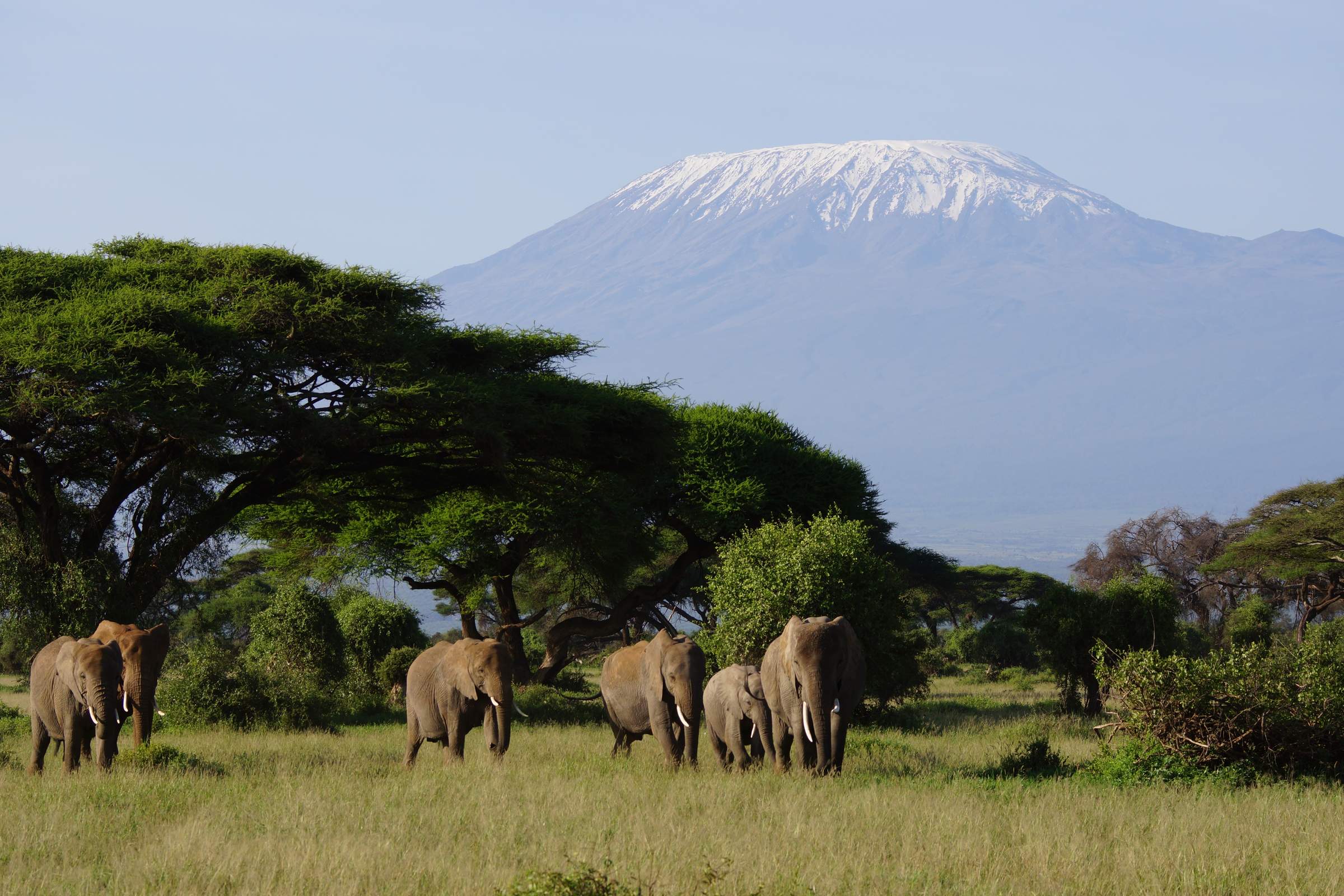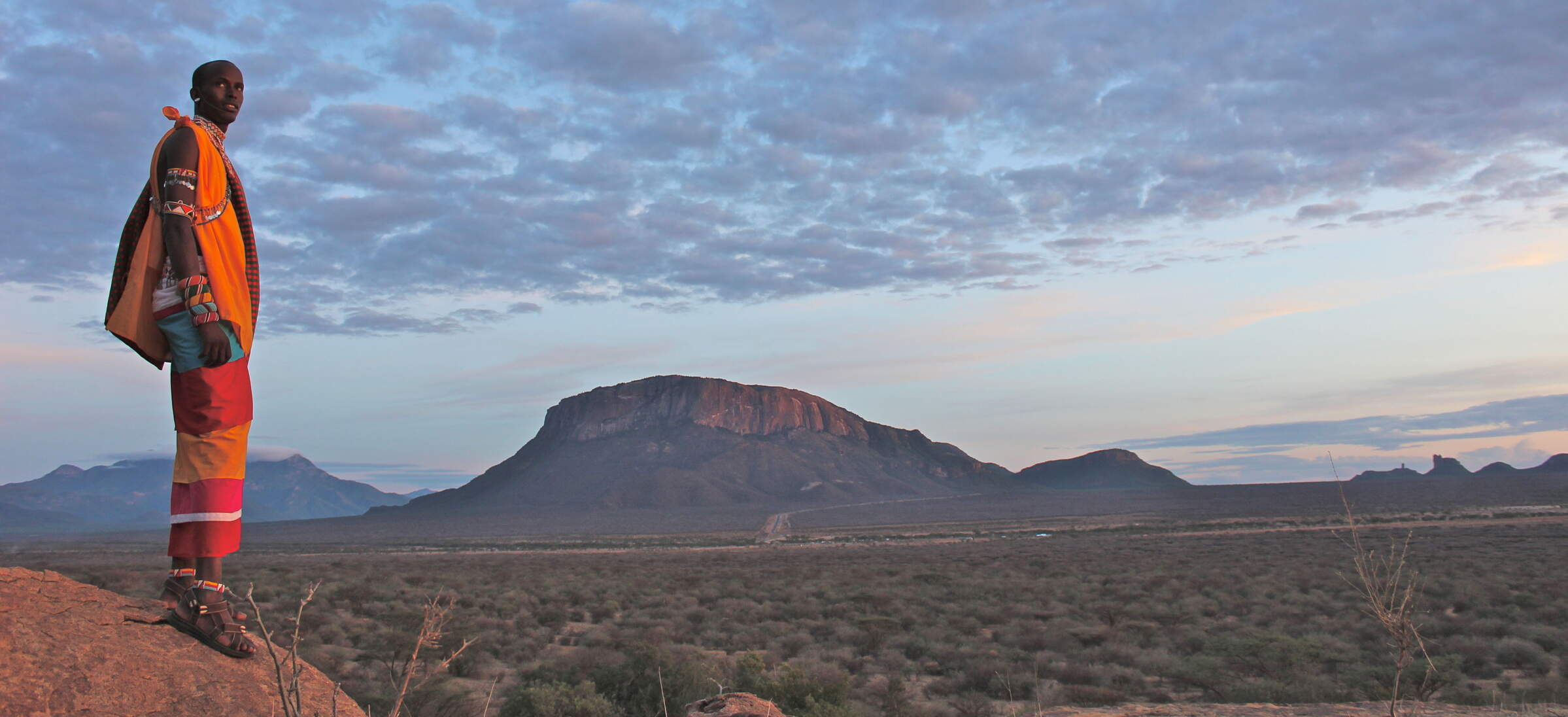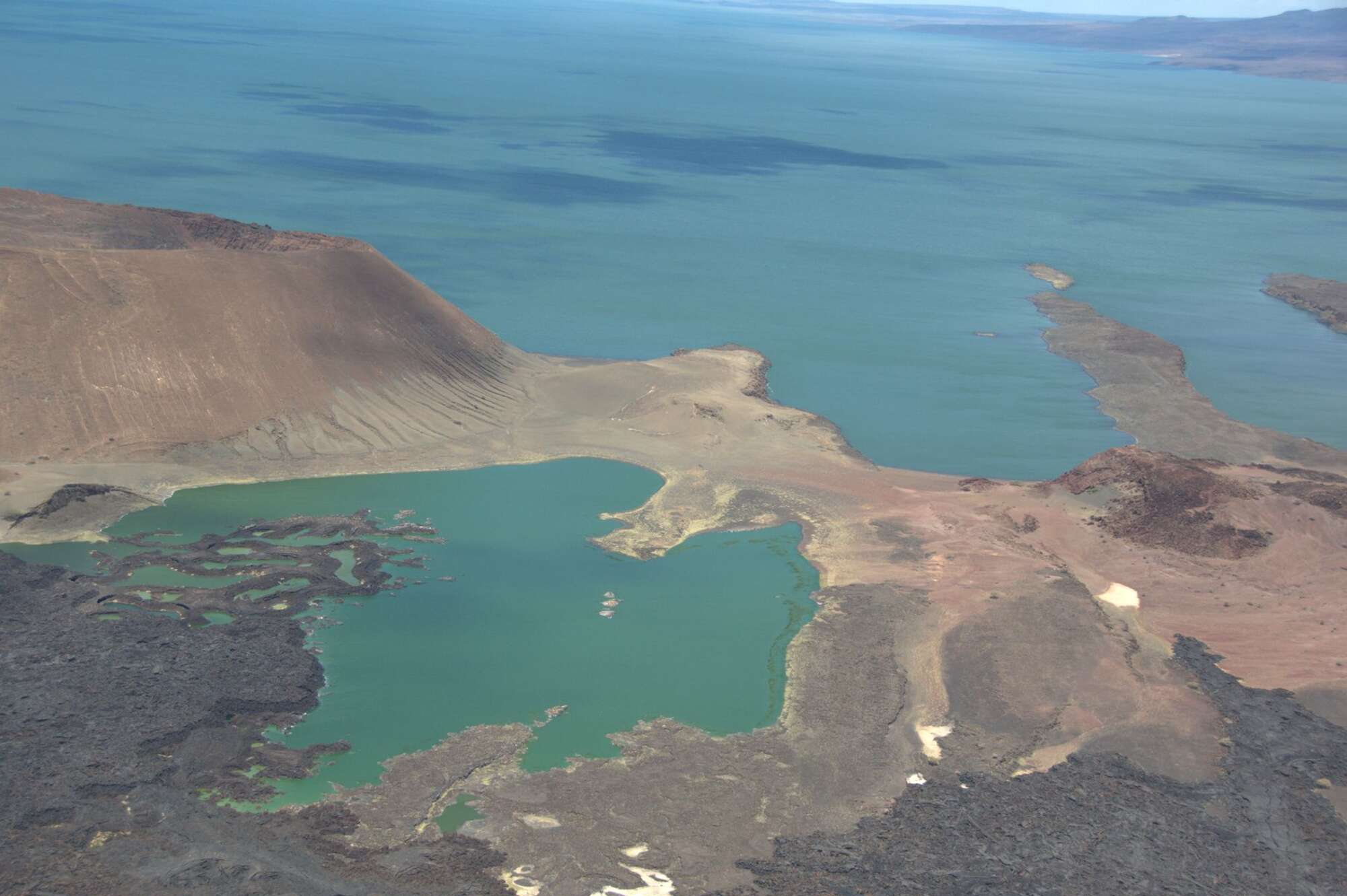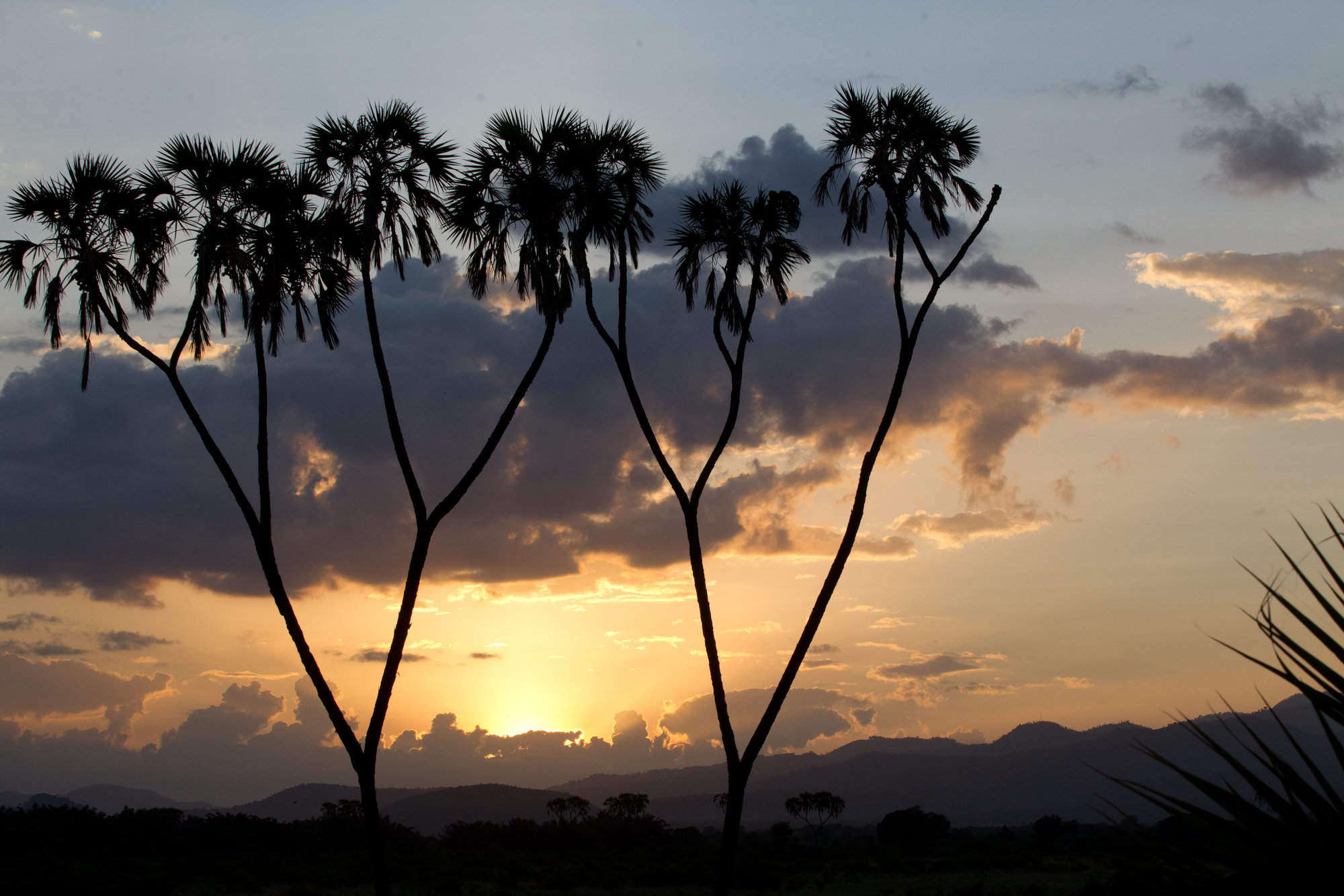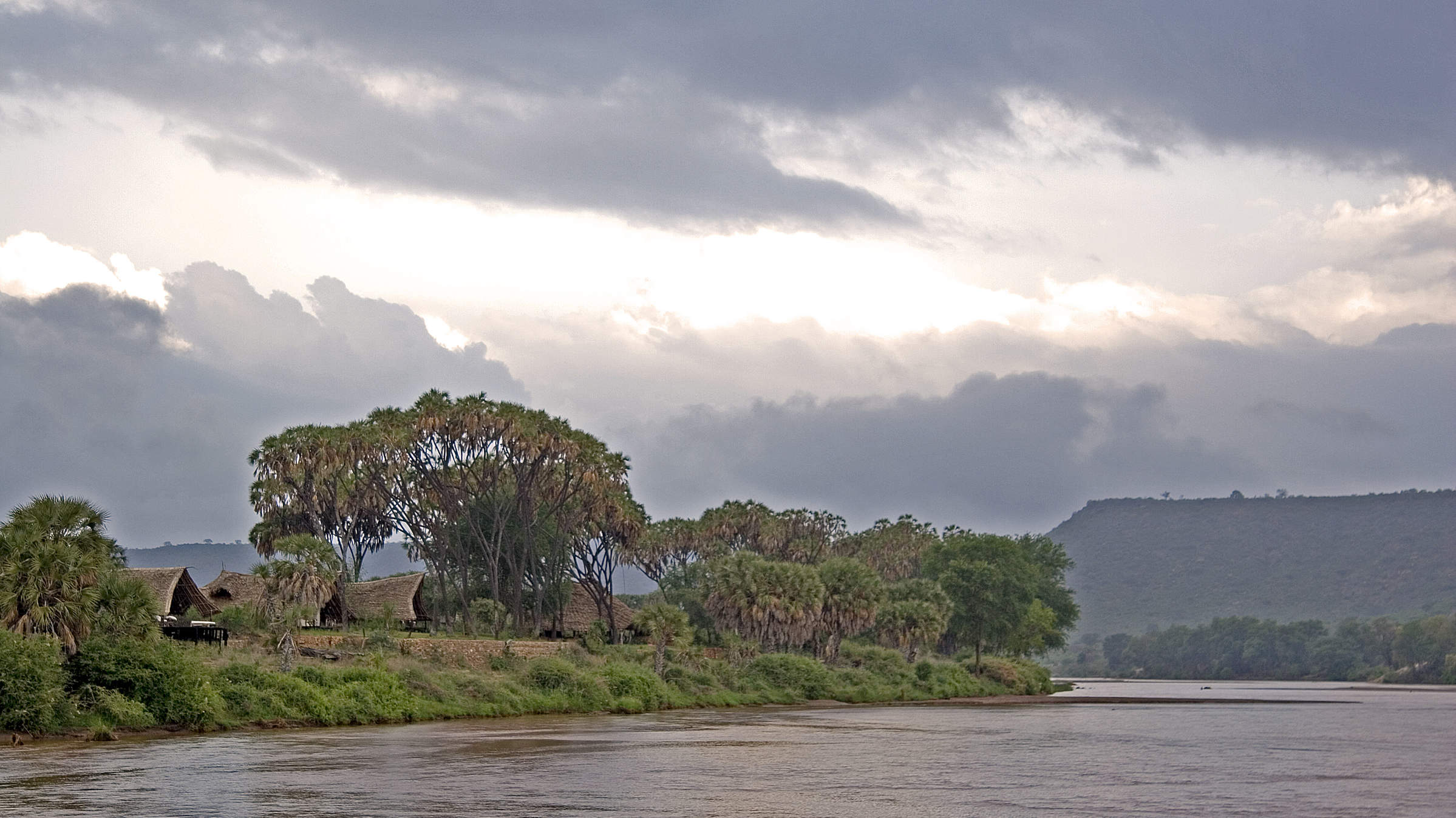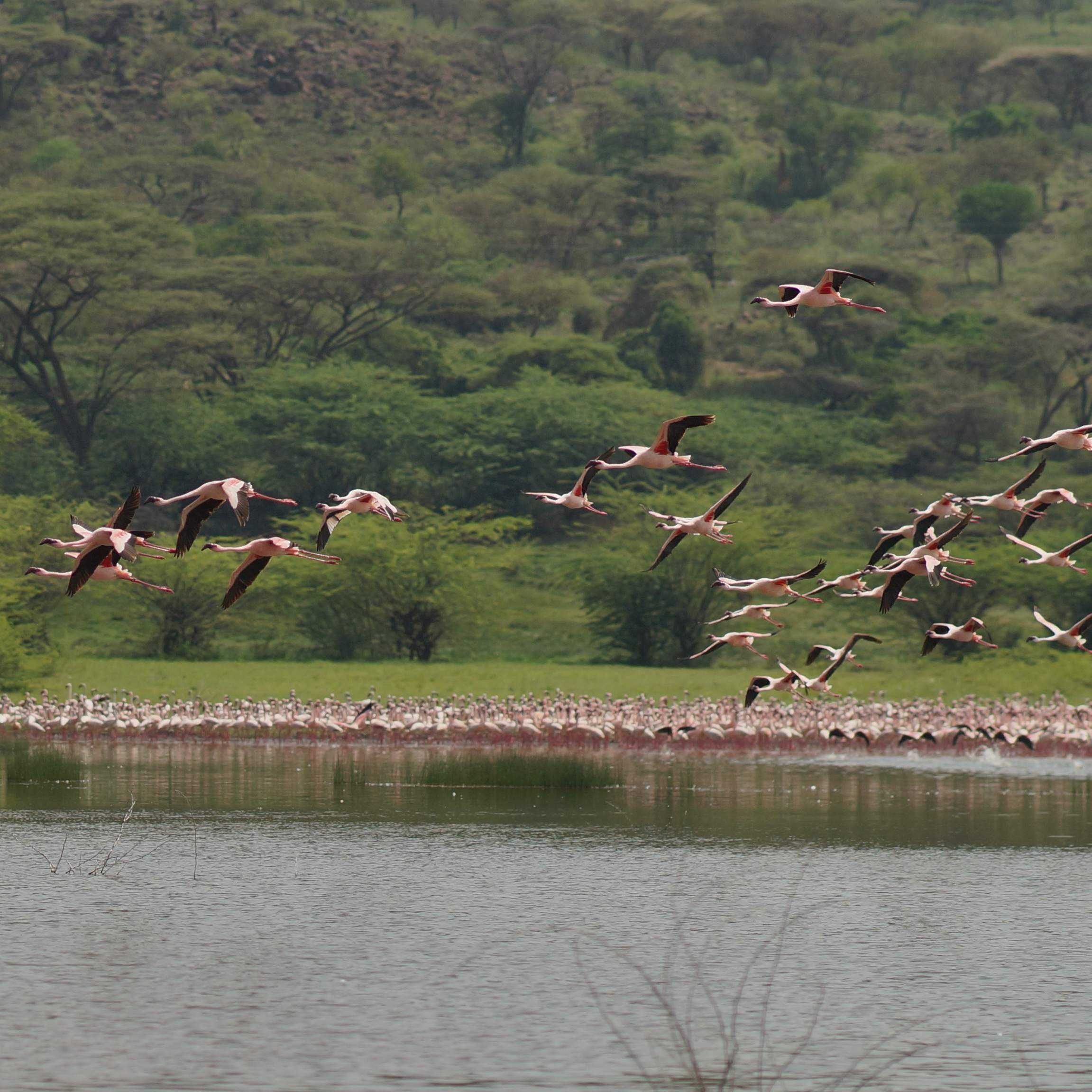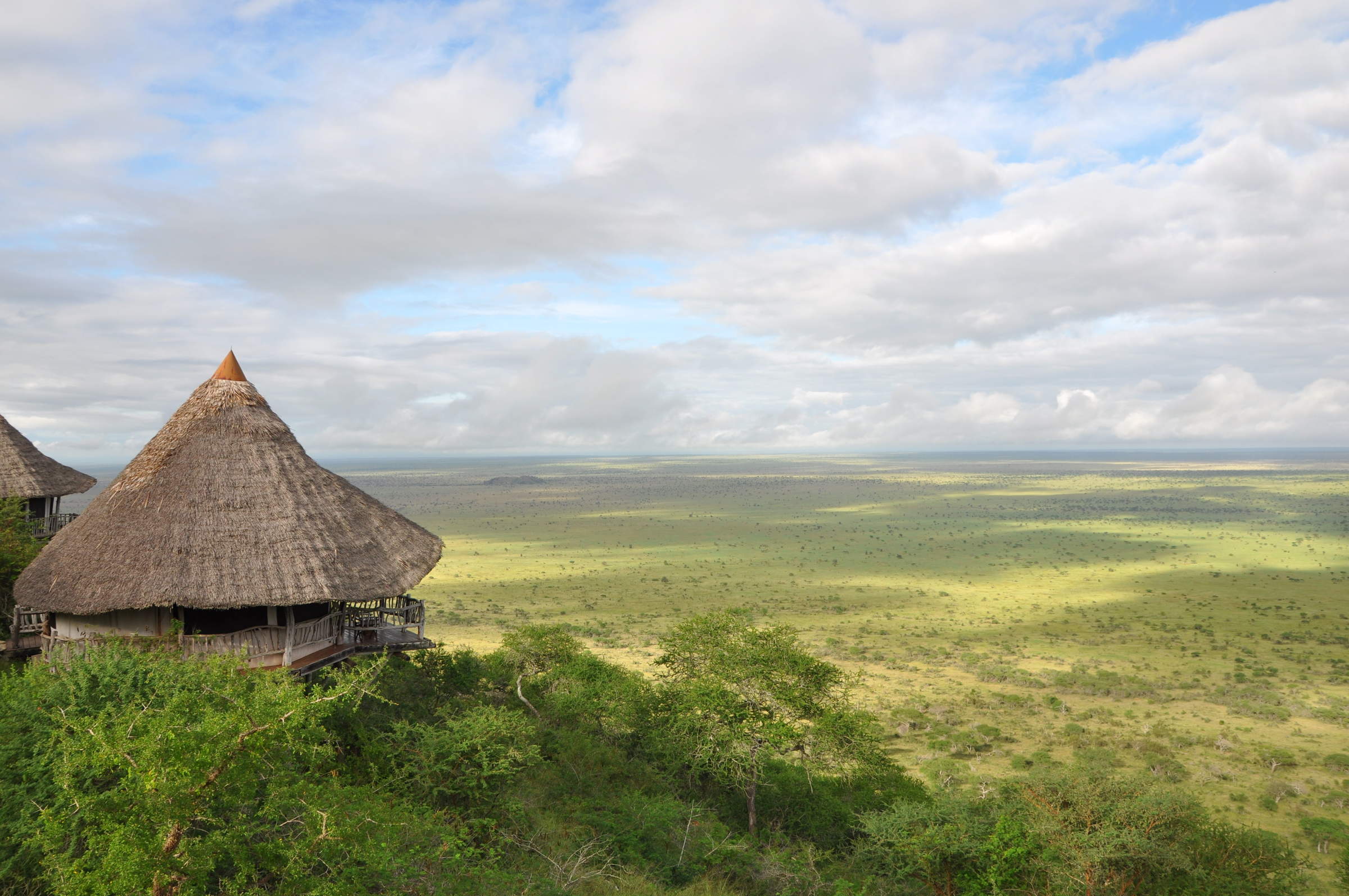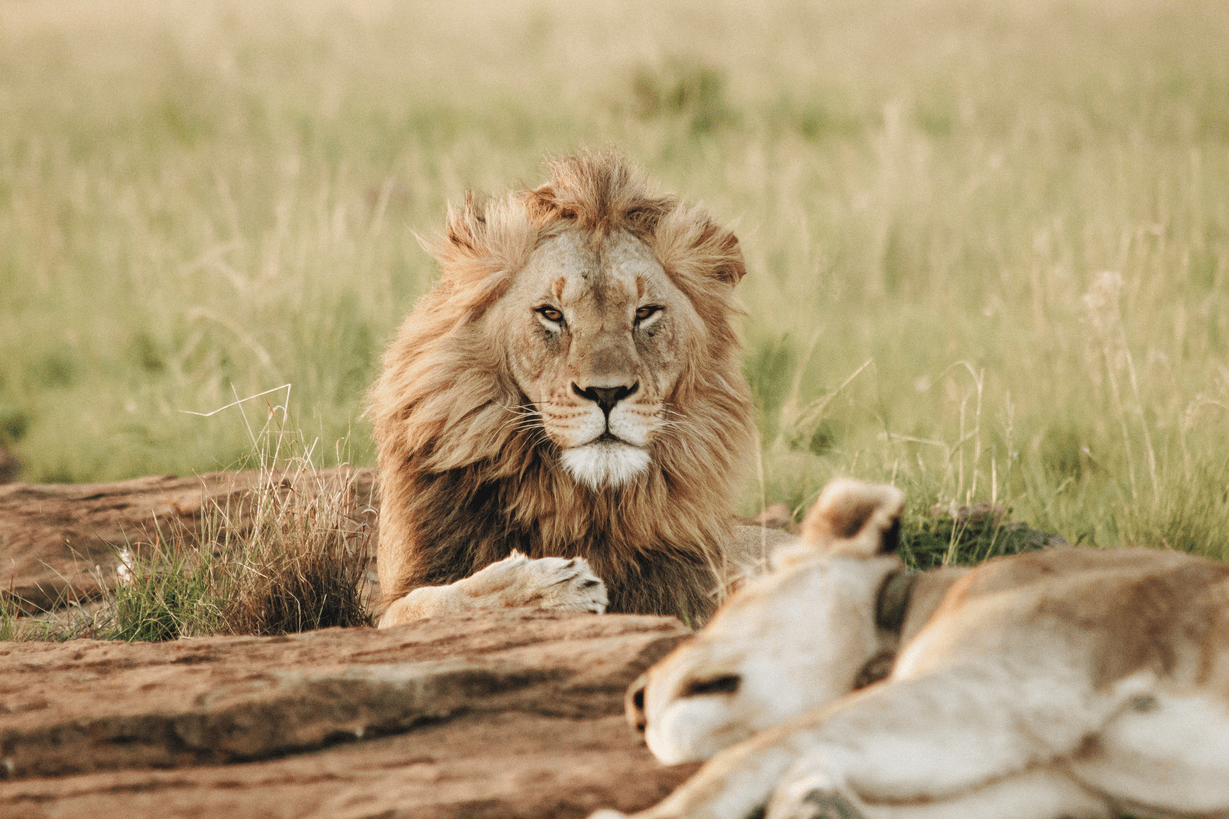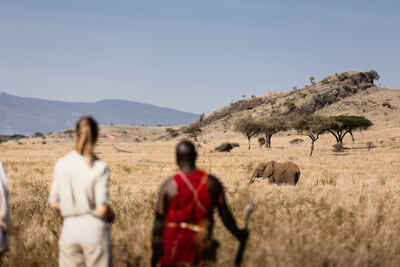
Laikipia
Laikipia
You won’t need to escape from the crowds here. Almost the size of Wales or New Jersey, Laikipia has plenty of room for a few safari visitors.
To the north-east of the Great Rift Valley, and north-west of snow-capped Mount Kenya, Laikipia is increasingly recognised as one of Kenya’s best safari regions, challenging the Maasai Mara for overall safari experience, if not for raw numbers of animals.
Between Mount Kenya and the northern deserts, these high rangelands spread out between north-flowing streams and rivers, which flow most of the year into the Ewaso Nyiro, northern Kenya’s greatest river.
Formerly a patchwork of huge ranches, and still an important livestock district, Laikipia is now where some of Kenya’s most encouraging conservation success stories are unfolding. The environment here is managed to protect the wildlife, to promote a personal and small-scale approach to adventurous and often luxurious safari tourism, and to generate an income for the local Samburu, Laikipiak Maasai, and Mokogodo Maasai communities.
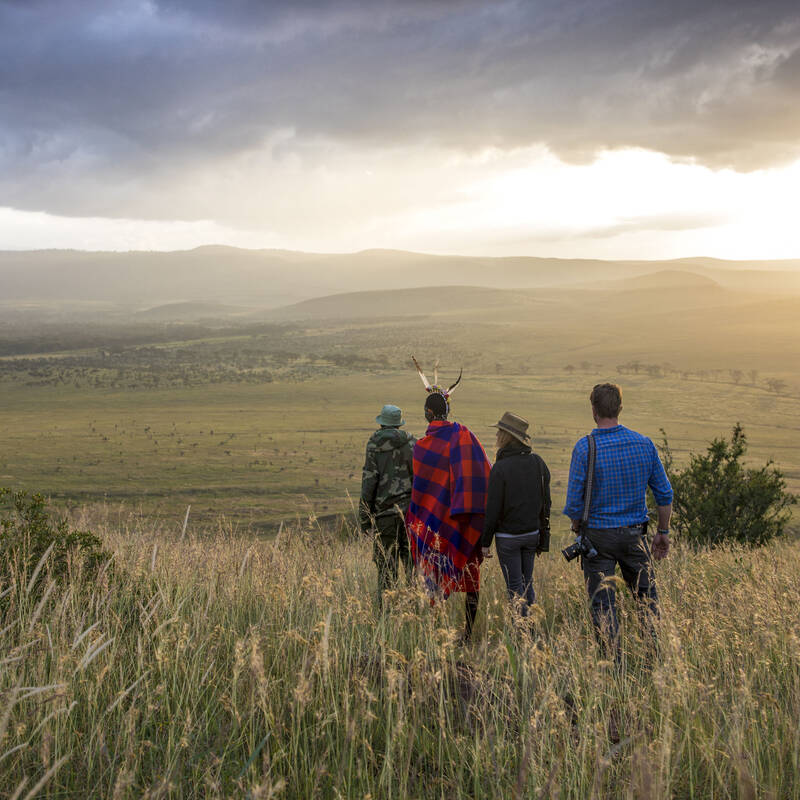
The best safaris to Laikipia
Laikipia is one of Kenya’s most diverse and rewarding safari destinations, known for its pioneering conservation efforts and exceptional wildlife densities. Spread across private conservancies, this region offers a more exclusive alternative to the more well known national parks.
At the same time, Laikipia combines easily with the Maasai Mara for the Great Migration or Samburu for its unique northern wildlife.
There are so many experiences to choose from, so we’ve curated a selection of our favourite safaris that include Laikipia. These are just ideas – we’ll always tailor-make your trip. Contact one of our Kenya Experts to create your ideal Laikipia safari.
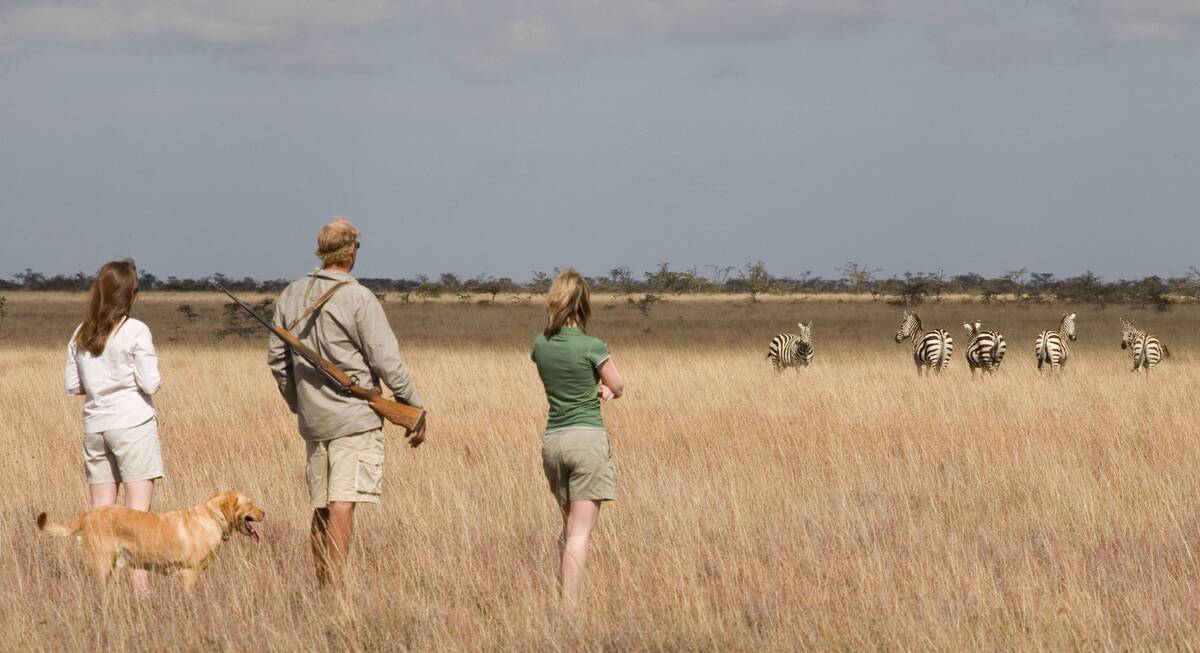
Hamerkop Fly-In Safari
8 days • 2 locations
NAIROBI AIRPORT TO NAIROBI AIRPORT
Different wildlife, contrasting camps and a whole host of activities, this is a safari for those wanting to get out and about and not just sit in a vehicle.
US$7,430 - US$10,960 per person
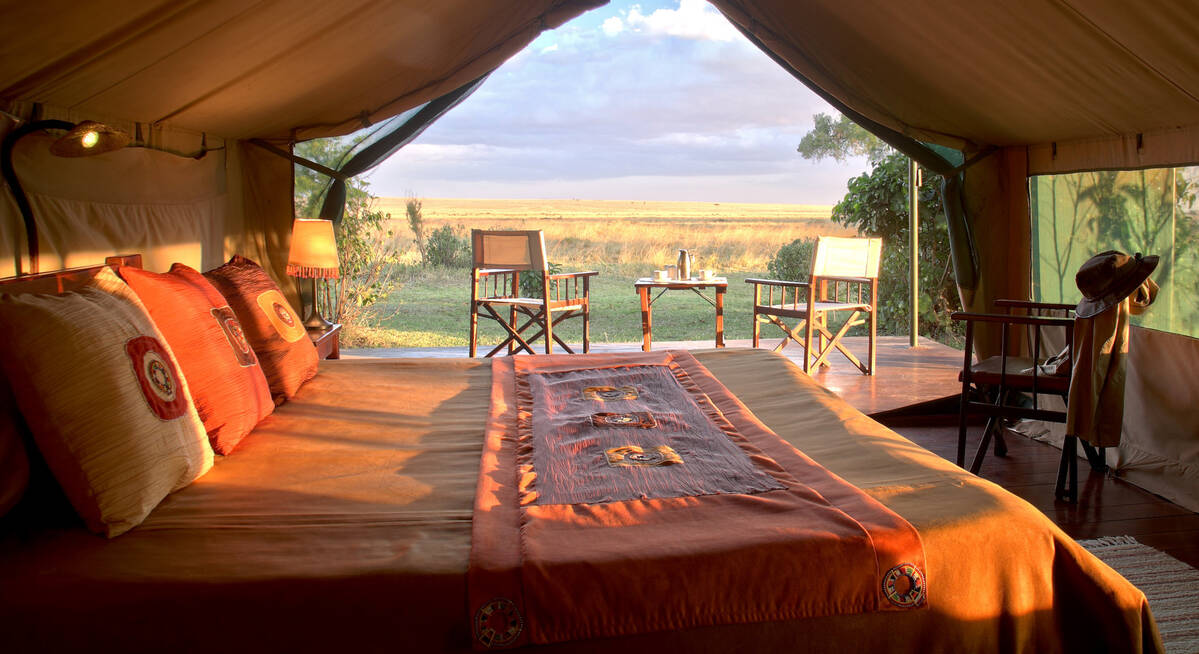
Big Cat Fly-in Safari
8 days • 2 locations
NAIROBI AIRPORT TO NAIROBI AIRPORT
Combining two of Kenya’s best wildlife-viewing areas, this slow-paced safari to the Lewa Conservancy and Maasai Mara guarantees iconic wildlife. The long-established, well-rated camps are great value, too.
US$7,770 - US$8,850 per person
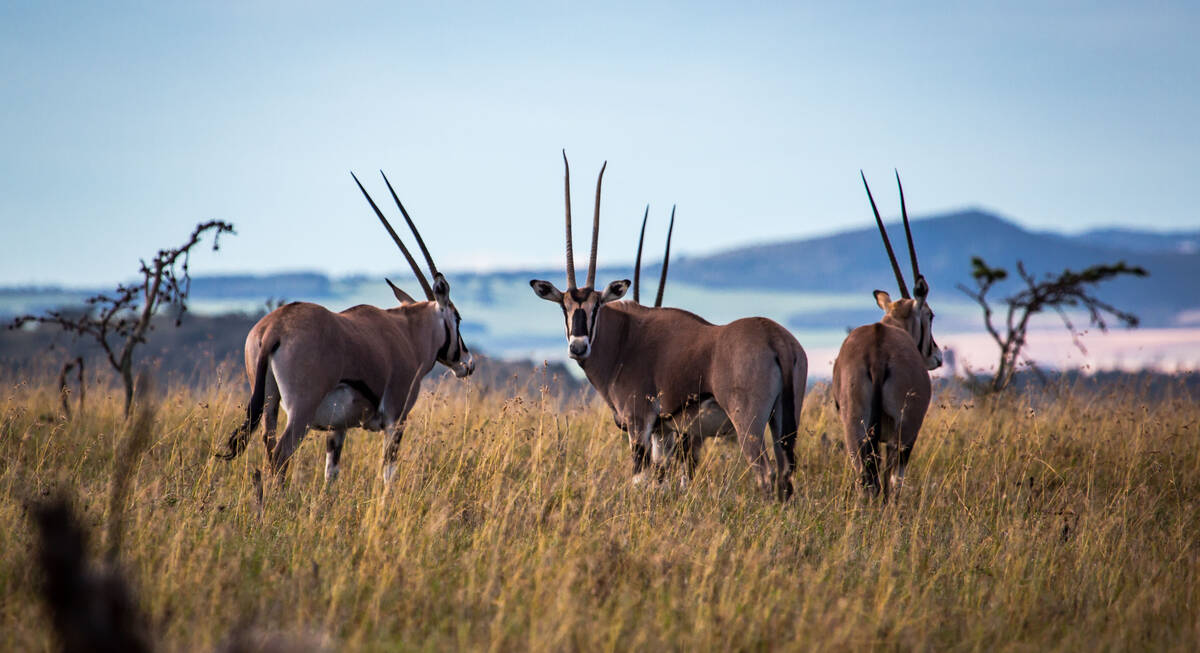
Golden Jackal Fly-in Safari
8 days • 2 locations
NAIROBI AIRPORT TO NAIROBI AIRPORT
A contrasting safari of a lodge and a tented camp, with action-packed activities in Laikipia and wildlife-filled game drives in the Maasai Mara, offers a consistently high-quality experience.
US$11,200 - US$14,130 per person
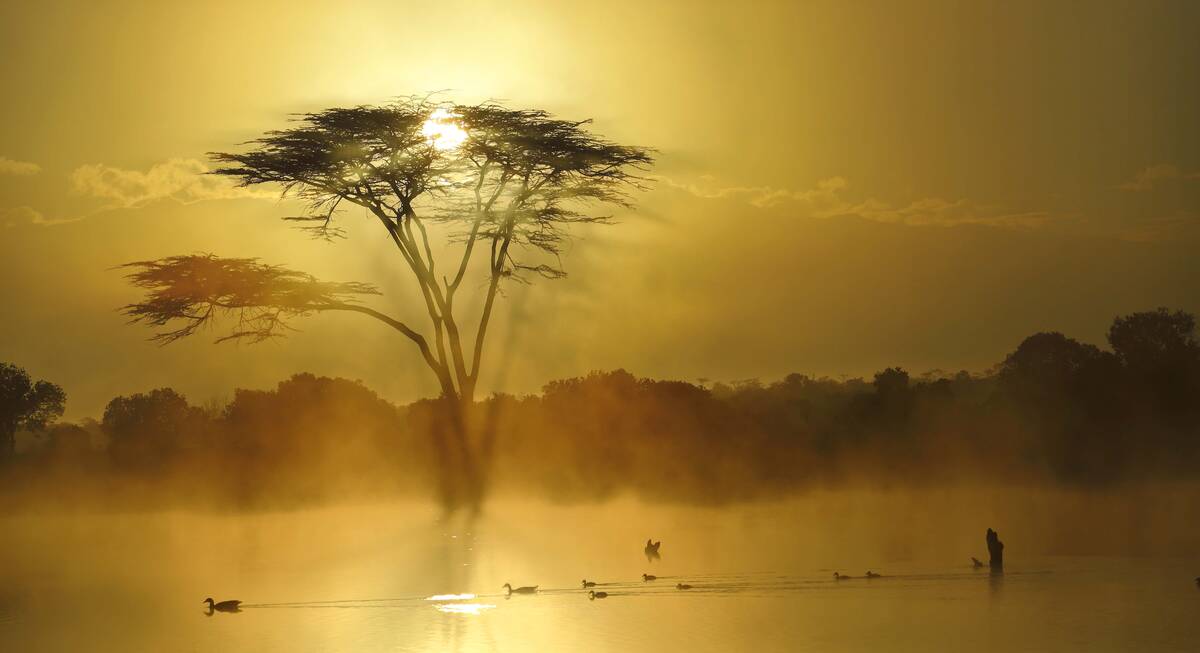
Purple Grenadier Fly-In Safari
6 days • 2 locations
NAIROBI AIRPORT TO NAIROBI AIRPORT
Fantastic guiding from intimate, well-run mid-range tented camps, in superb conservancy locations: this safari is all about making the most of the incredible wildlife in Laikipia and the Maasai Mara.
US$6,390 - US$8,800 per person
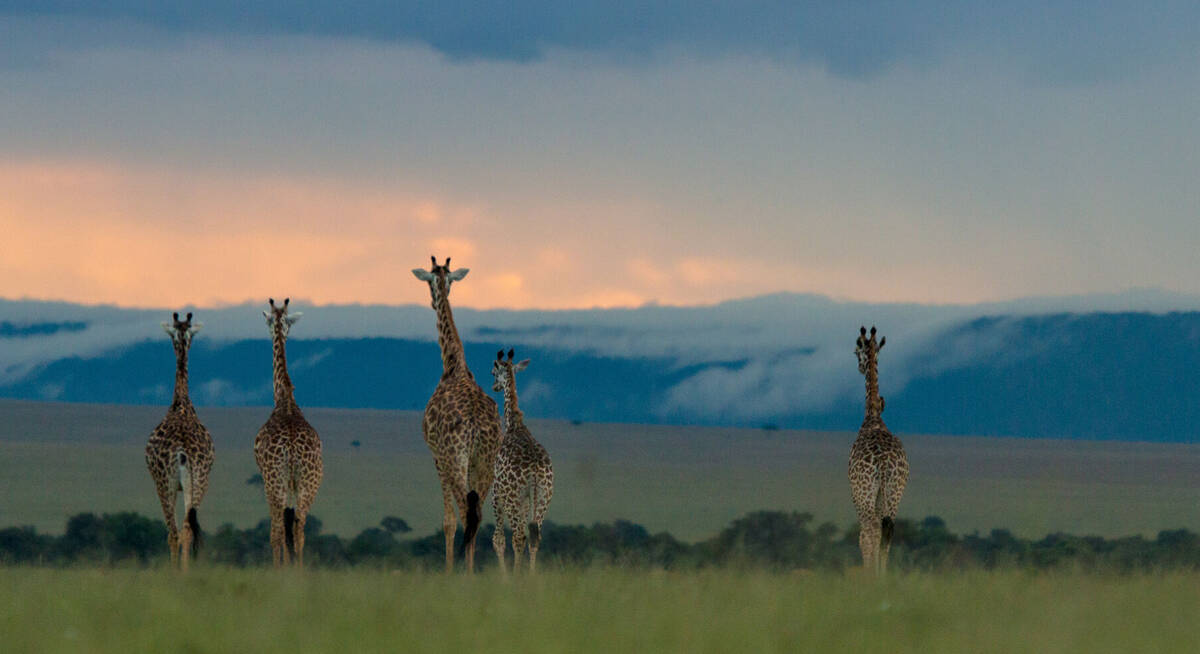
African Finfoot Fly-in Safari
7 days • 3 locations
NAIROBI AIRPORT TO NAIROBI AIRPORT
After a unique start in Nairobi National Park, classic, luxurious camps combine for a high-end and exclusive safari in fantastic wildlife destinations.
US$11,230 - US$17,340 per person
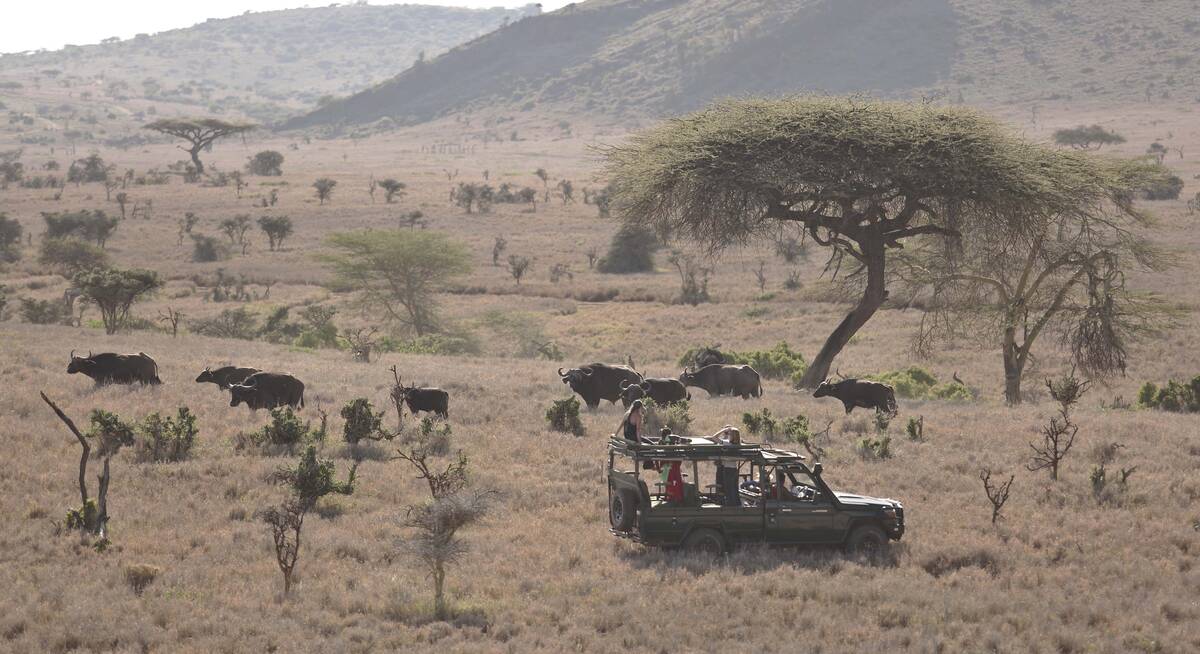
African Hawk-Eagle Fly-in Safari
7 days • 2 locations
NAIROBI AIRPORT TO NAIROBI AIRPORT
Two luxurious camps provide relatively quiet game-viewing within Laikipia and the Mara ecosystem. Situated on private conservancies, both Lewa Wilderness and Naboisho offer the chance to sight all of the "Big 5" and to enjoy a range of safari activities.
US$9,360 - US$16,430 per person
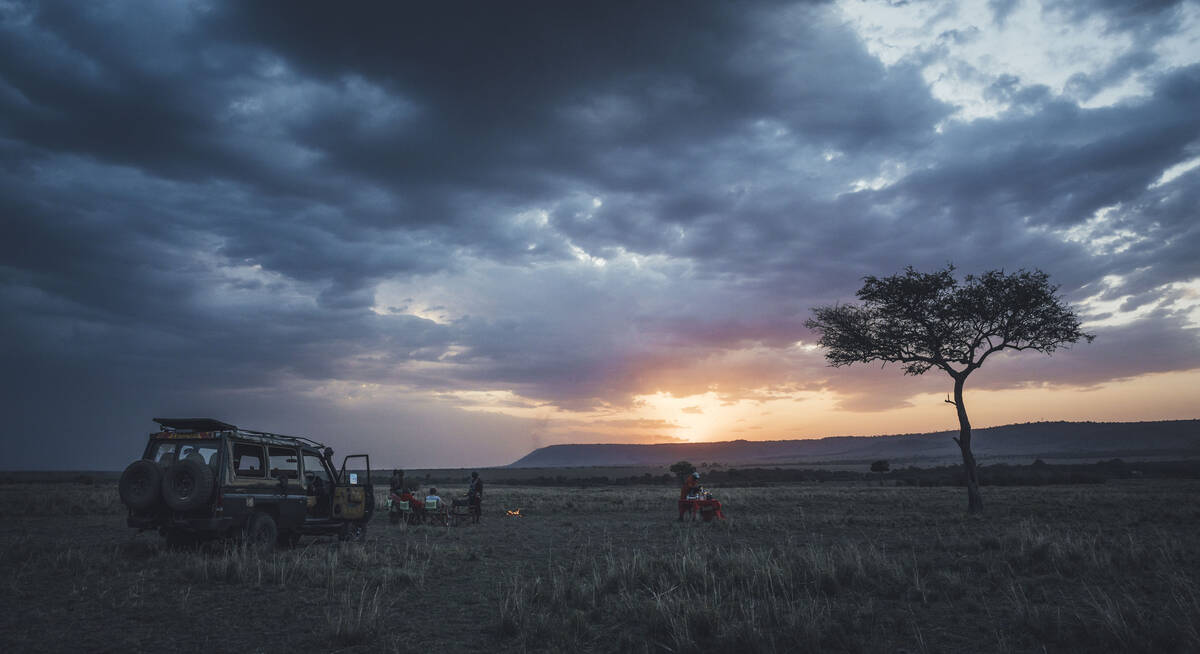
Greater Kudu Fly-In Safari
7 days • 2 locations
NAIROBI AIRPORT TO NAIROBI AIRPORT
Experience a truly authentic bush experience on this safari at two classic tented camps, in Laikipia and the Maasai Mara. These are some of the best places to spot wild dogs and big cats.
US$8,130 - US$9,080 per person
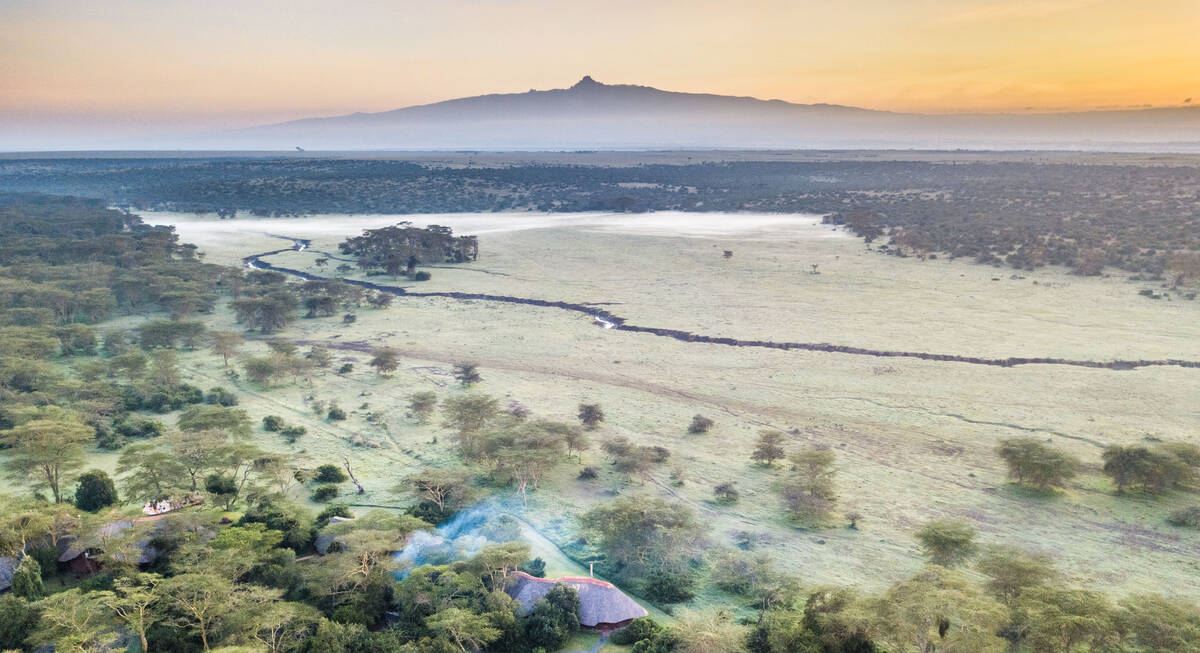
Rothschild Giraffe Safari
8 days • 3 locations
NAIROBI AIRPORT TO NAIROBI AIRPORT
A example of a luxury Kenyan safari, starting at the iconic Giraffe Manor before fabulous stays on the spectacular Solio Reserve and Sala’s Camp in a remote corner of the Maasai Mara.
US$12,650 - US$17,830 per person
Recent reviews of our safaris to Laikipia
Expert Africa travellers are a passionate about wildlife, conservation, and authentic experiences. They come to Laikipia not just for the wildlife, but for the wilderness, the people, and the purpose behind each safari.
We think Laikipia is one of Kenya’s best safari experiences, but don’t just take our word for it. Here’s what our travellers have to say: “A truly magical place” – “We felt like family, not guests” – “The perfect blend of comfort and adventure” – “Exceeded every expectation.”
Browse through these unedited Laikipia safari reviews to discover why 99% of our travellers rate their trips as Excellent, then contact us us to create the perfect adventure for you too!
Arrived 3 Jun 2025, 9 nights
"First Safari! June 3"
Overall rating: Excellent
Arrived 18 Feb 2025, 9 nights
"My Feb 2025 trip"
Overall rating: Excellent
Arrived 12 Feb 2025, 21 nights
"My Feb 2025 trip"
Overall rating: Excellent
Arrived 6 Feb 2025, 5 nights
"My Feb 2025 trip"
Overall rating: Excellent
Arrived 28 Jan 2025, 11 nights
"My Jan 2025 trip: Something undoubtedly to be repeated."
Overall rating: Excellent
Arrived 27 Jan 2025, 11 nights
"My Jan 2025 trip"
Overall rating: Excellent
Arrived 25 Jan 2025, 24 nights
"My Jan 2025 trip"
Overall rating: Excellent
Arrived 21 Jan 2025, 16 nights
"Jan 2025 mountain gorilla trek and safari"
Overall rating: Excellent
Arrived 15 Jan 2025, 12 nights
"My Jan 2025 trip"
Overall rating: Excellent
Arrived 12 Jan 2025, 25 nights
"My Jan 2025 trip"
Overall rating: Excellent
The best camps and lodges in Laikipia
Accommodation in Laikipia blends exclusivity with conservation, offering intimate safari experiences in remote, wildlife-rich areas. Lodges are scattered across large conservancies and private ranches, often hours apart, ensuring privacy and immersion in nature. Most are stylish tented camps or eco-lodges, built with local materials and designed for minimal impact.
We’ve selected the best lodges and camps in Laikipia for you, all personally visited by the Expert Africa team.
For more information on what's available and what might suit you best, don't hesitate to ask us!
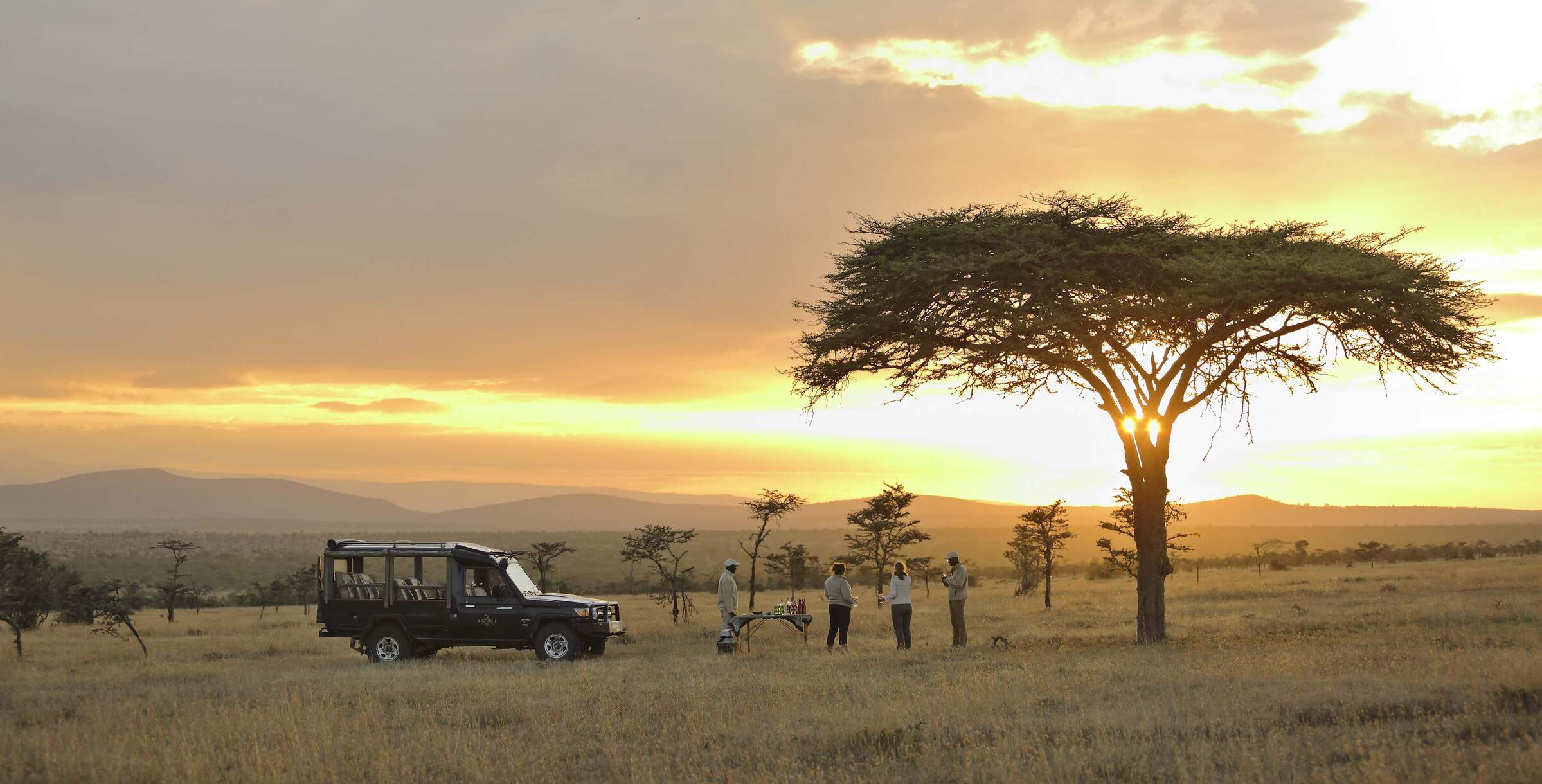
Kicheche Laikipia
Kicheche Laikipia is the most luxurious tented camp of the handful of places to stay in the Ol Pejeta Conservancy in central Laikipia.
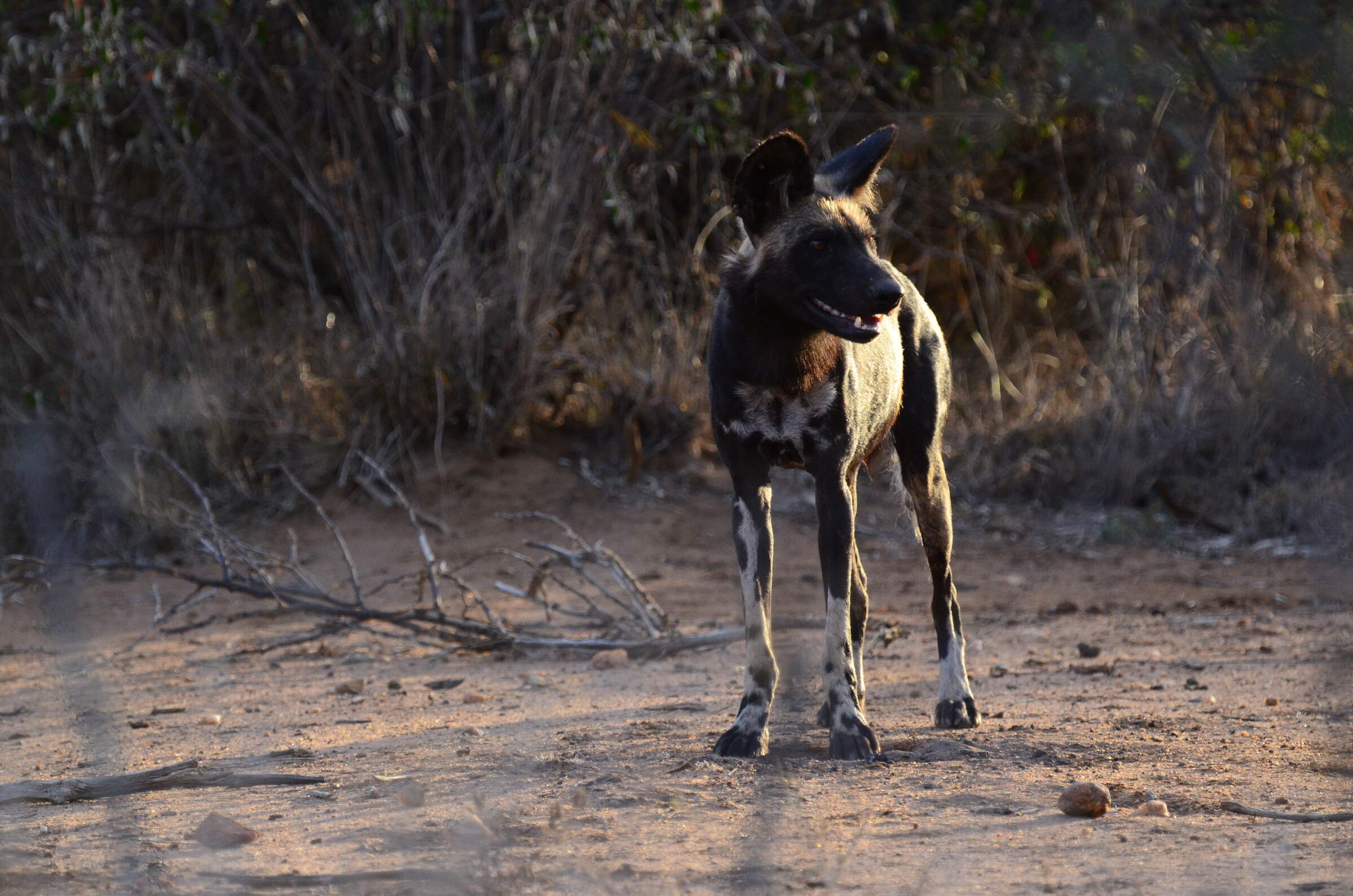
Laikipia Wilderness
Laikipia Wilderness is a rustic owner-managed bush camp, in excellent wild dog territory, offering outstanding guiding.
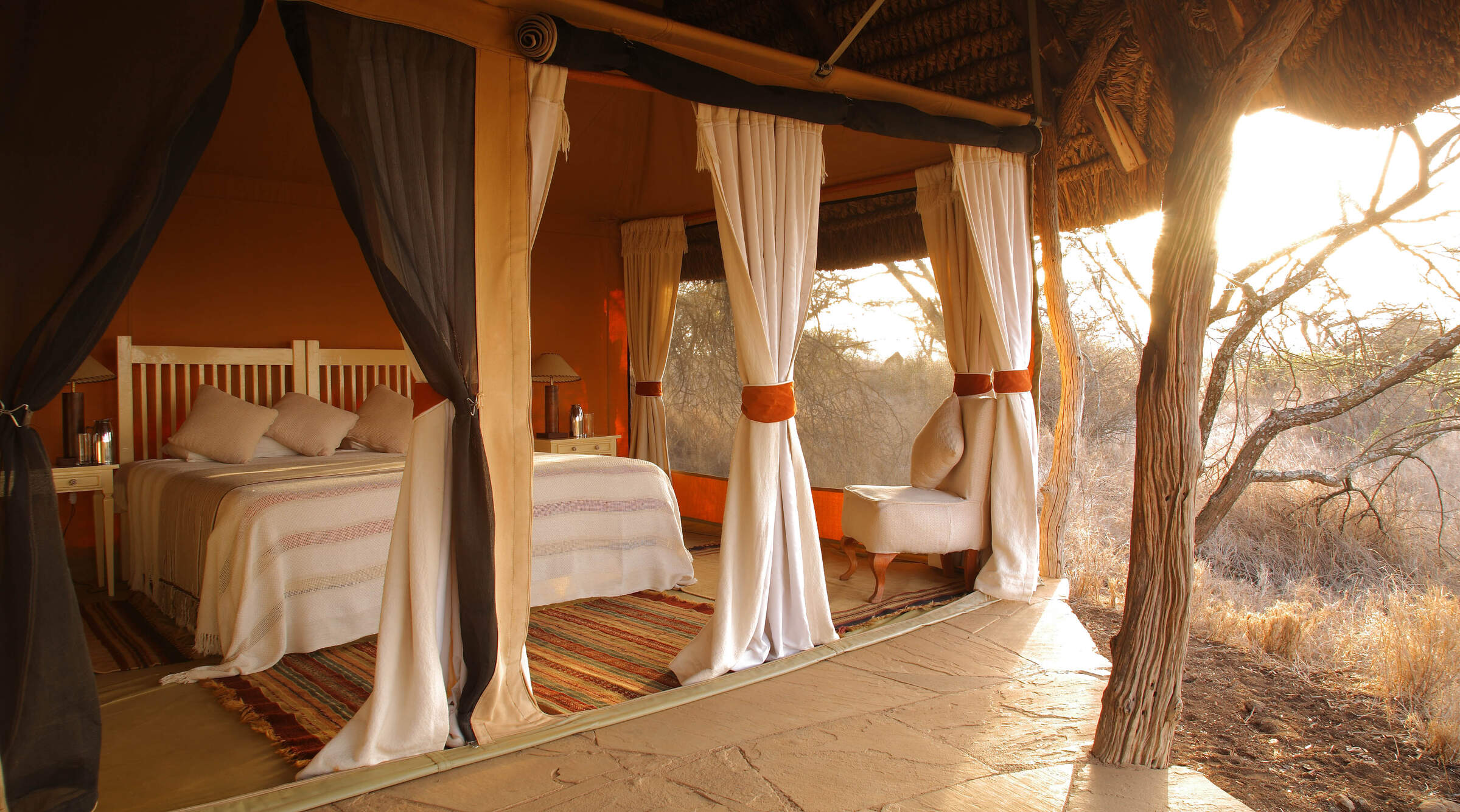
Lewa Safari Camp
Lewa Safari Camp is a comfortable and homely tented lodge, located in the Lewa Conservancy and offering a relatively exclusive safari away from mass tourism.
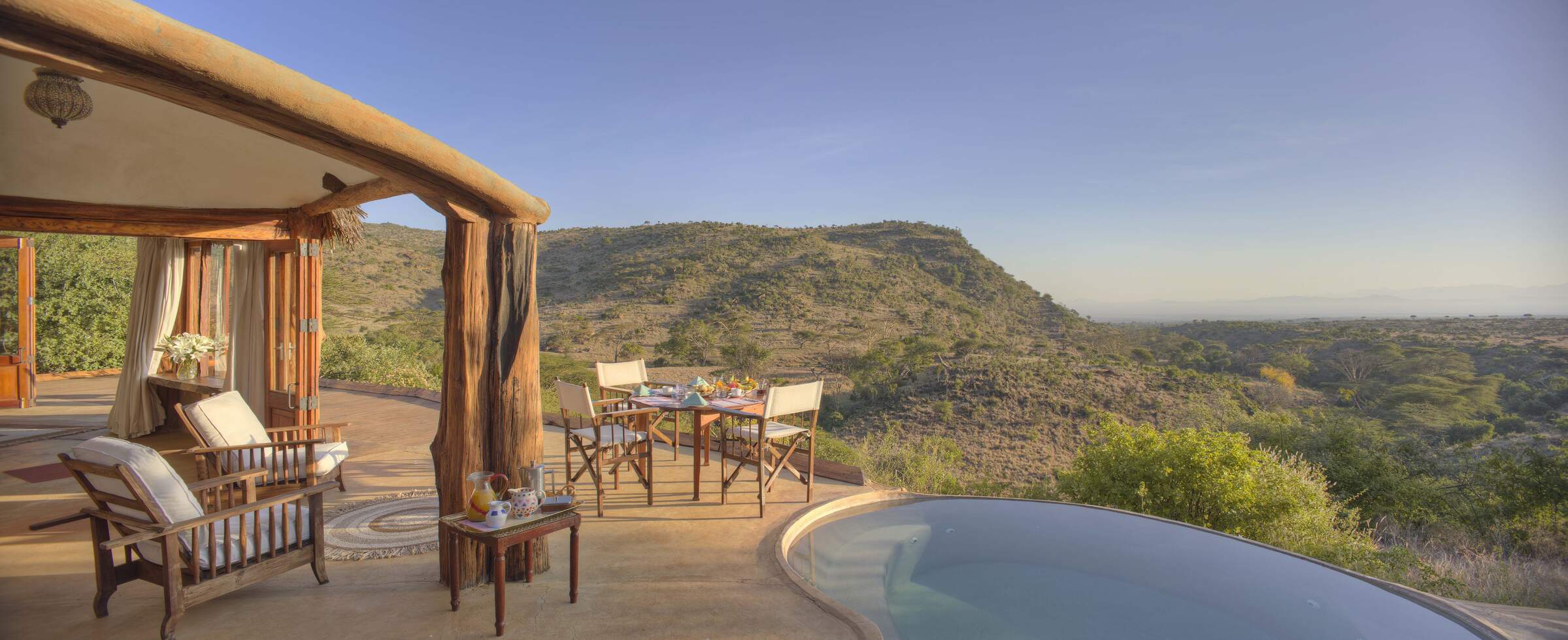
Lewa Wilderness
Lewa Wilderness is a comfortable, fenced safari lodge with nine cottages, great views and a huge range of activities.
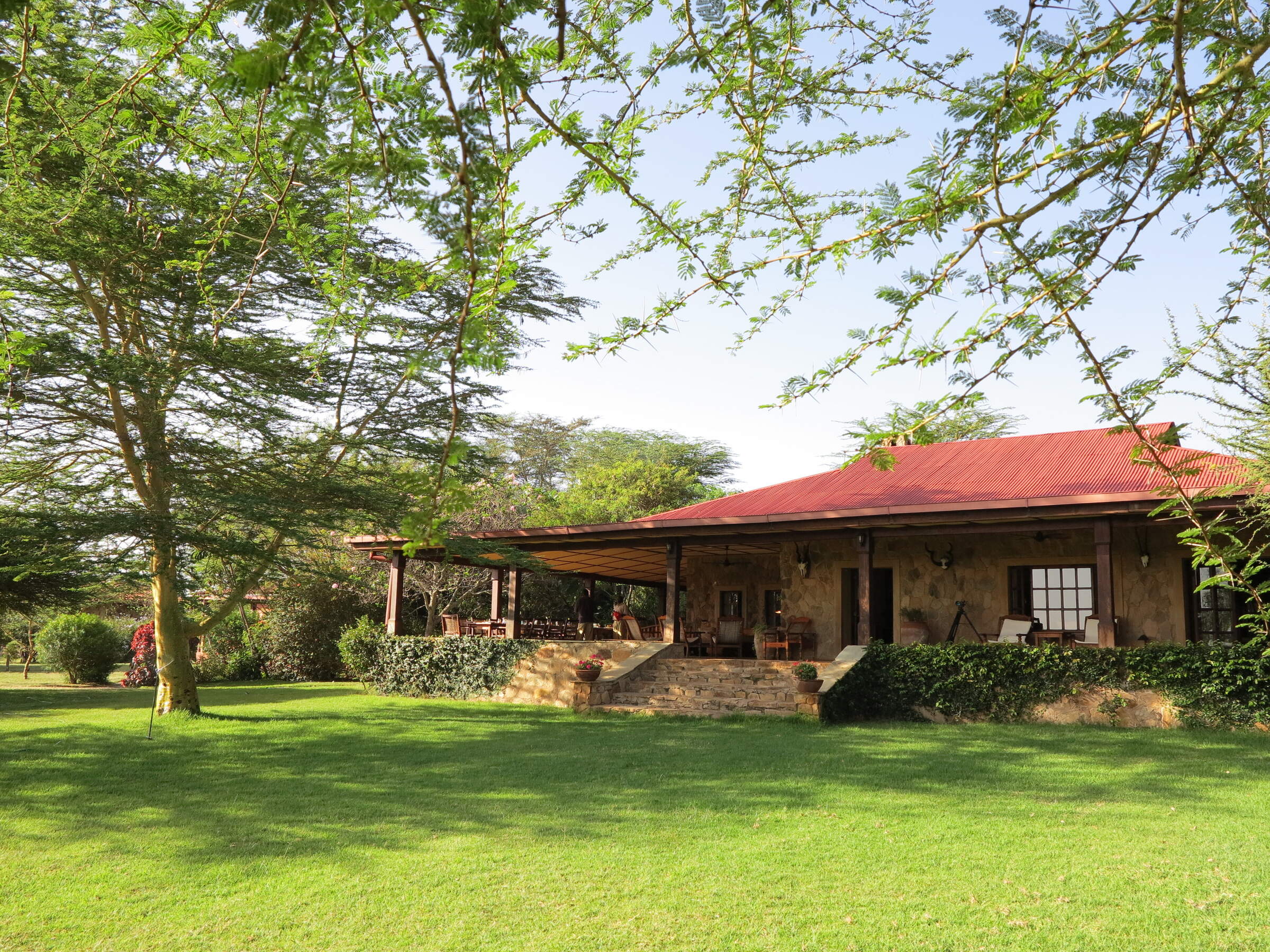
Sosian
Sosian Lodge is a distinctive, estancia-style ranch house on a former cattle ranch, with great opportunities for riding, relaxing and seeing wild dogs and other savannah wildlife.
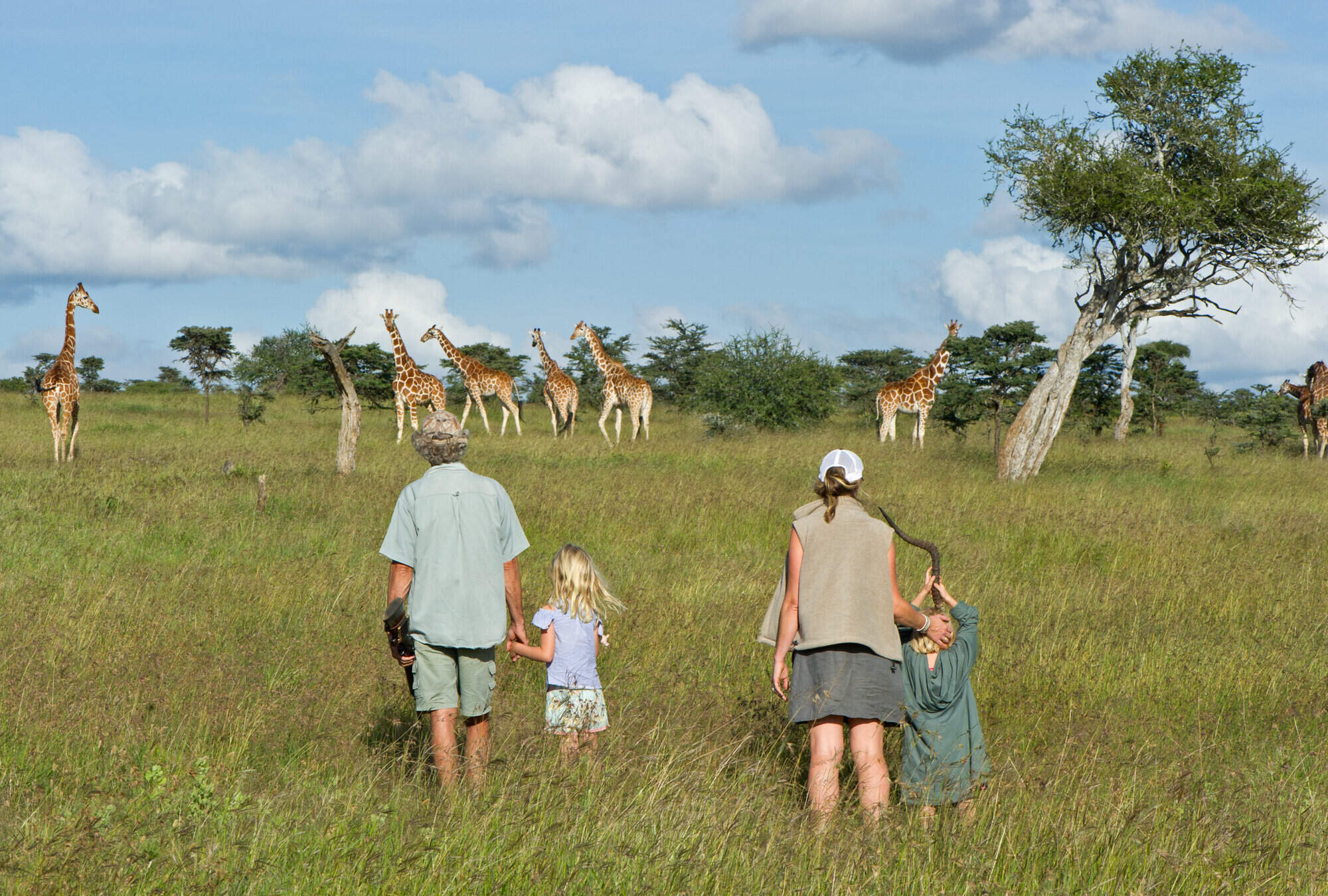
El Karama Lodge
El Karama is a comfortably rustic, very personal, riverside eco-lodge on a game-rich private ranch in Laikipia, an hour’s drive north of Nanyuki airport.
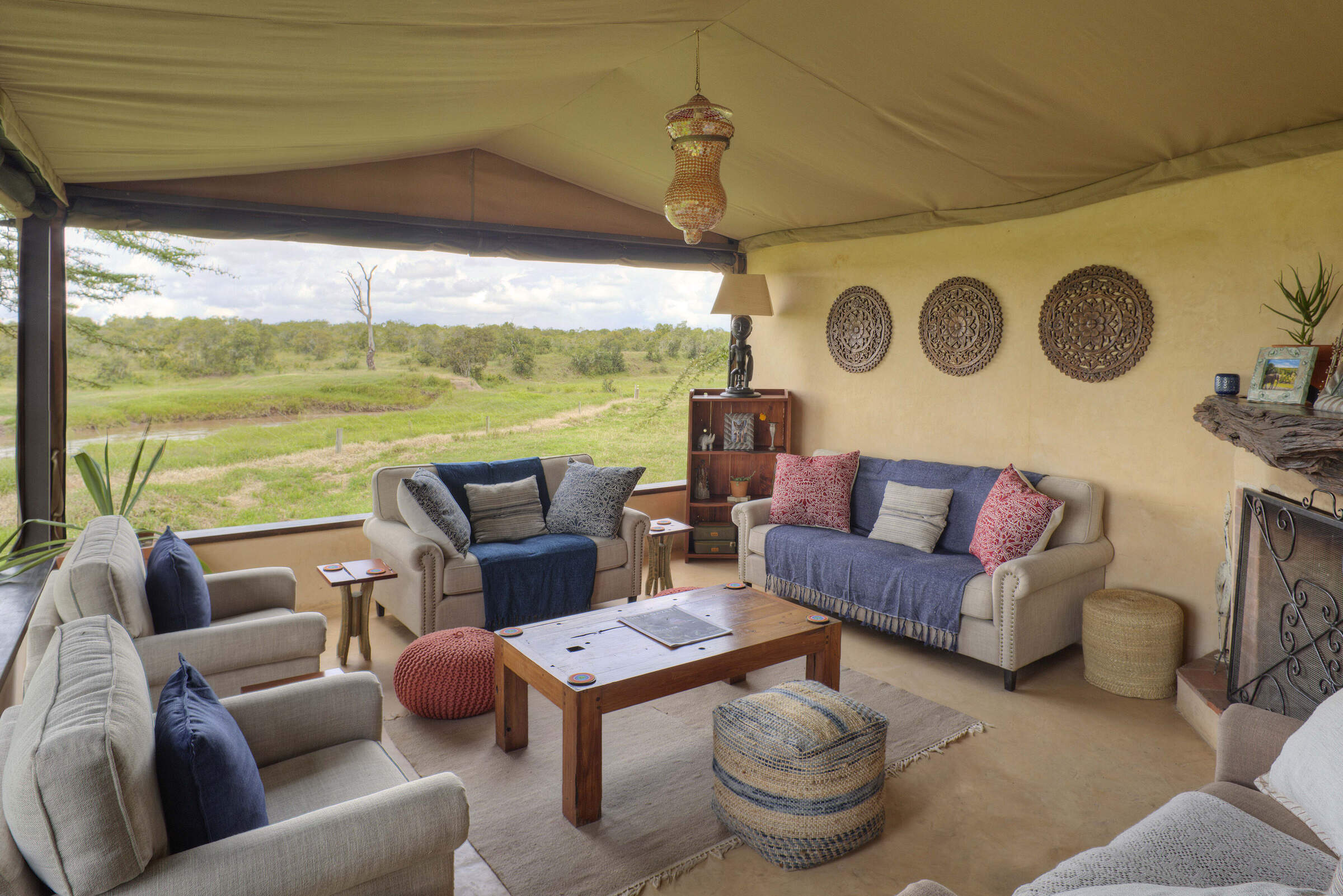
Ol Pejeta Bush Camp
Ol Pejeta Bush Camp is a simple camp, with comfortable tents, delivering an authentic wilderness experience backed up by good food and guiding.
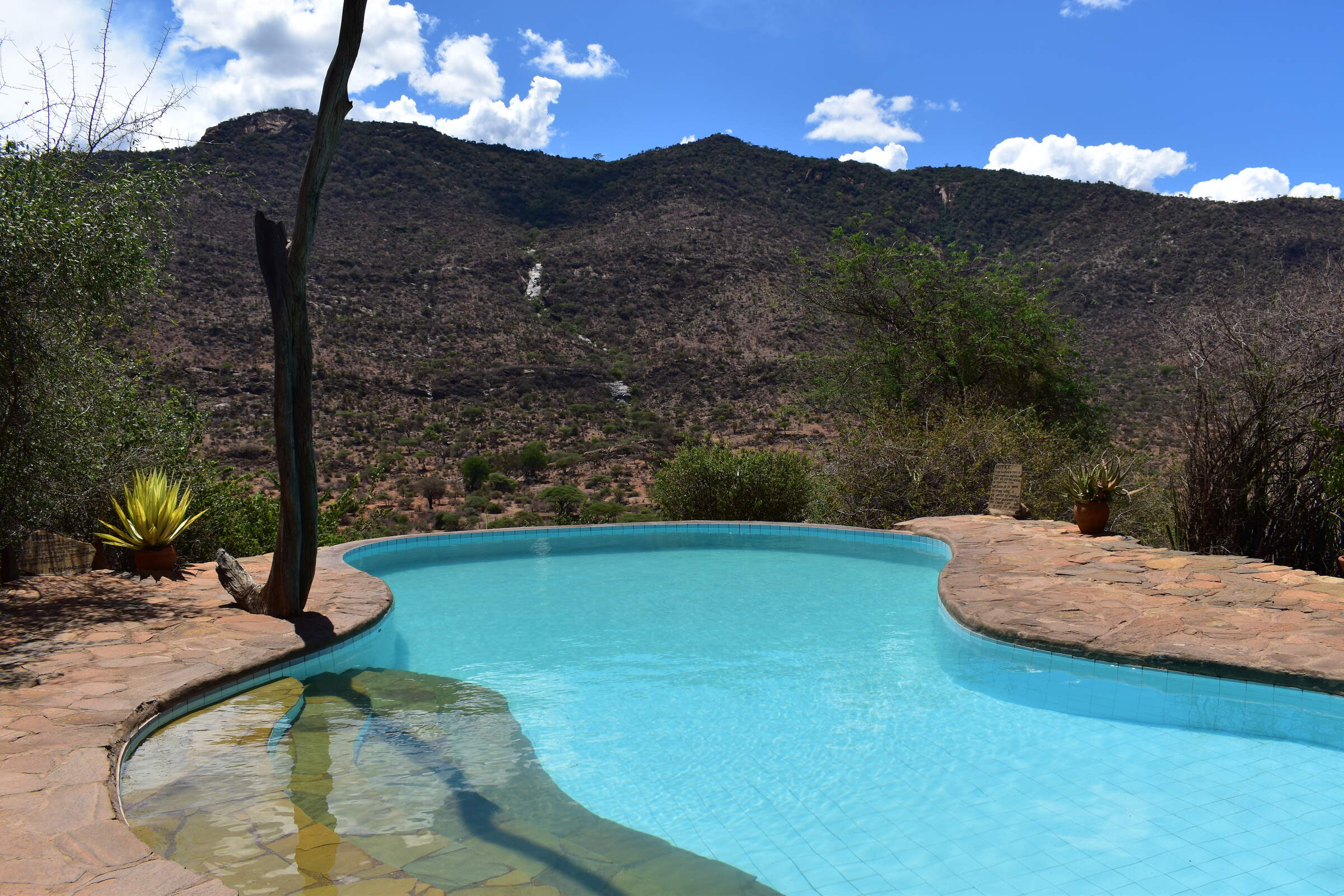
Il Ngwesi Eco-Lodge
The community-owned Il Ngwesi Eco-Lodge sits atop a small hill in the remote Il Ngwesi Group Ranch, a two-hour drive north of Lewa Conservancy in north-eastern Laikipia.
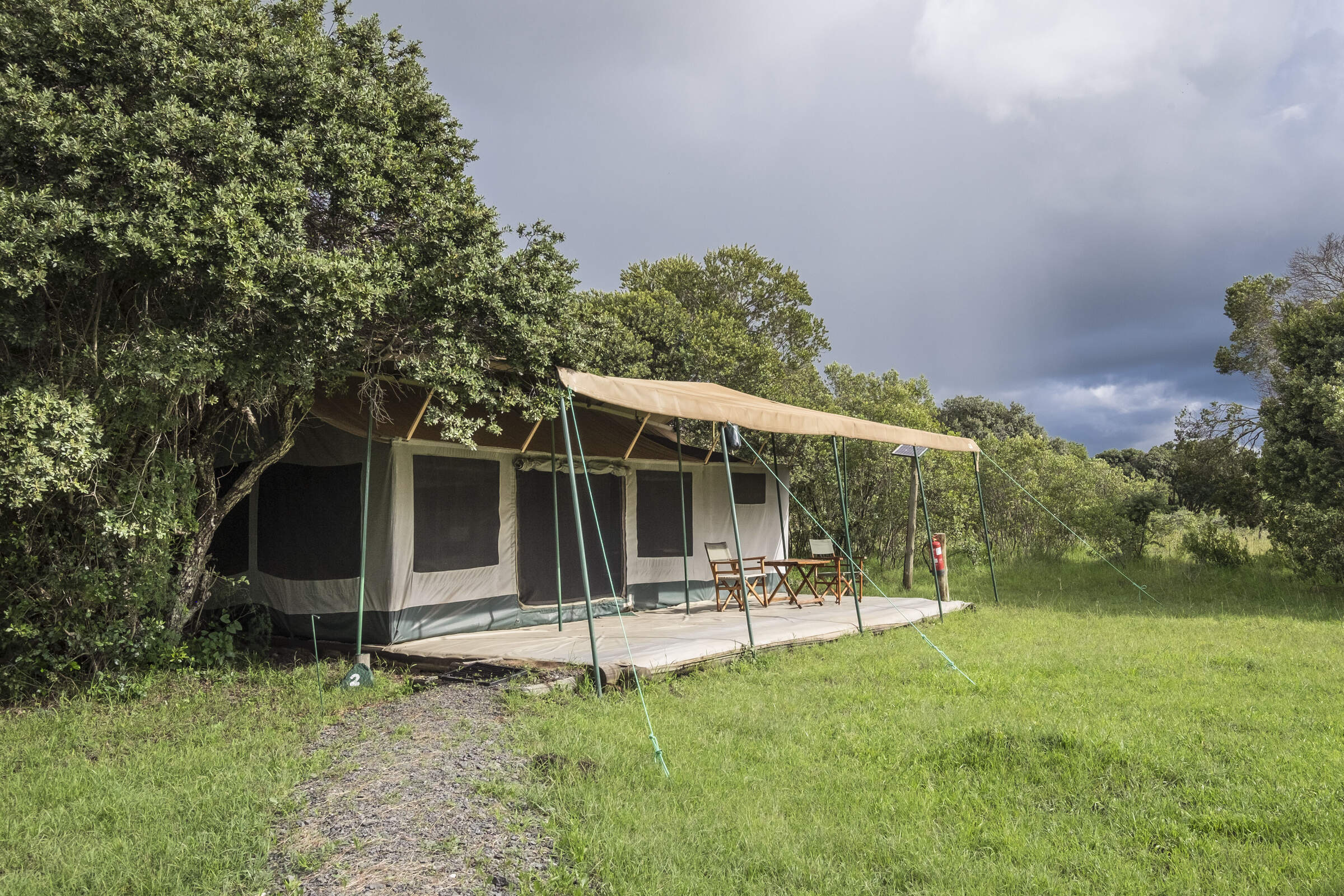
Porini Rhino Camp
Porini Rhino Camp is a small, simple, well established tented camp, with a keen focus on sustainable and low-impact tourism.
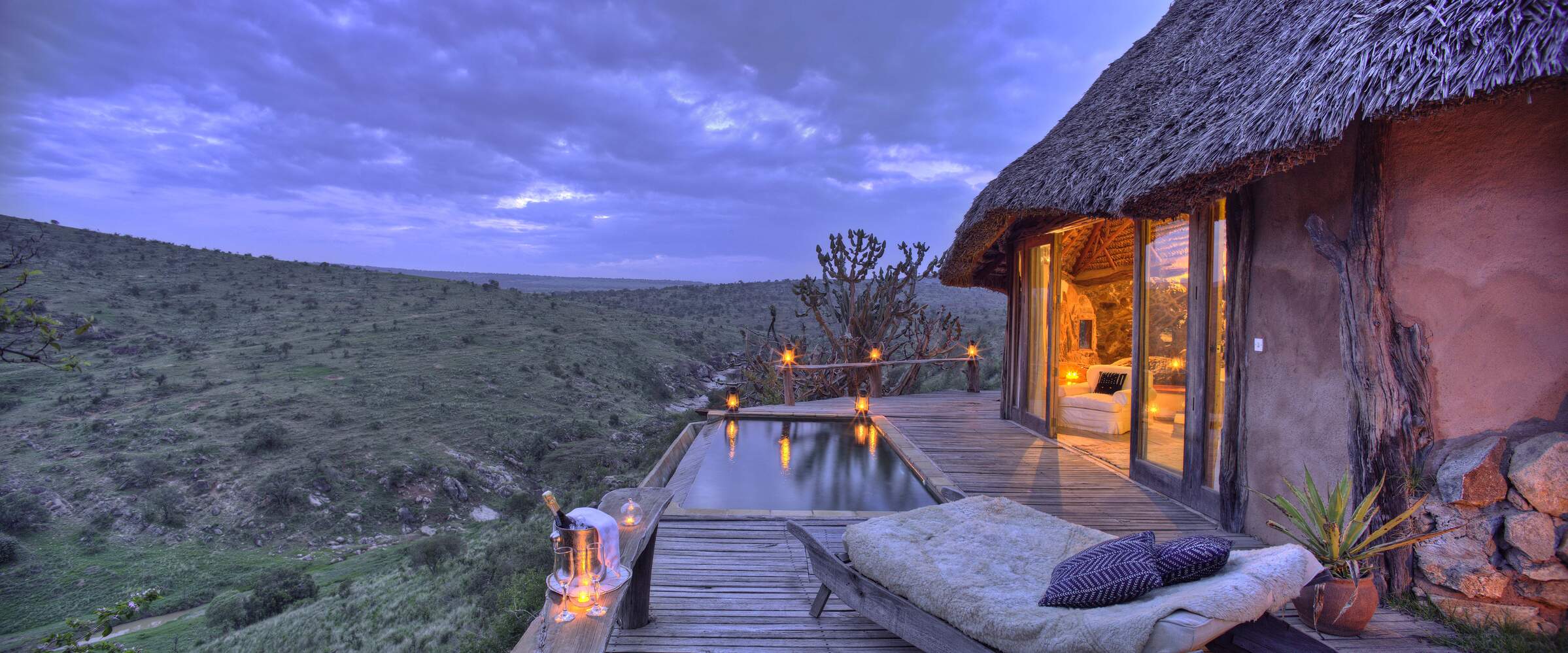
Borana
Borana is a comfortable and striking lodge on the Borana Conservancy in eastern Laikipia, offering pleasant accommodation with good food and service and a very wide range of activities.
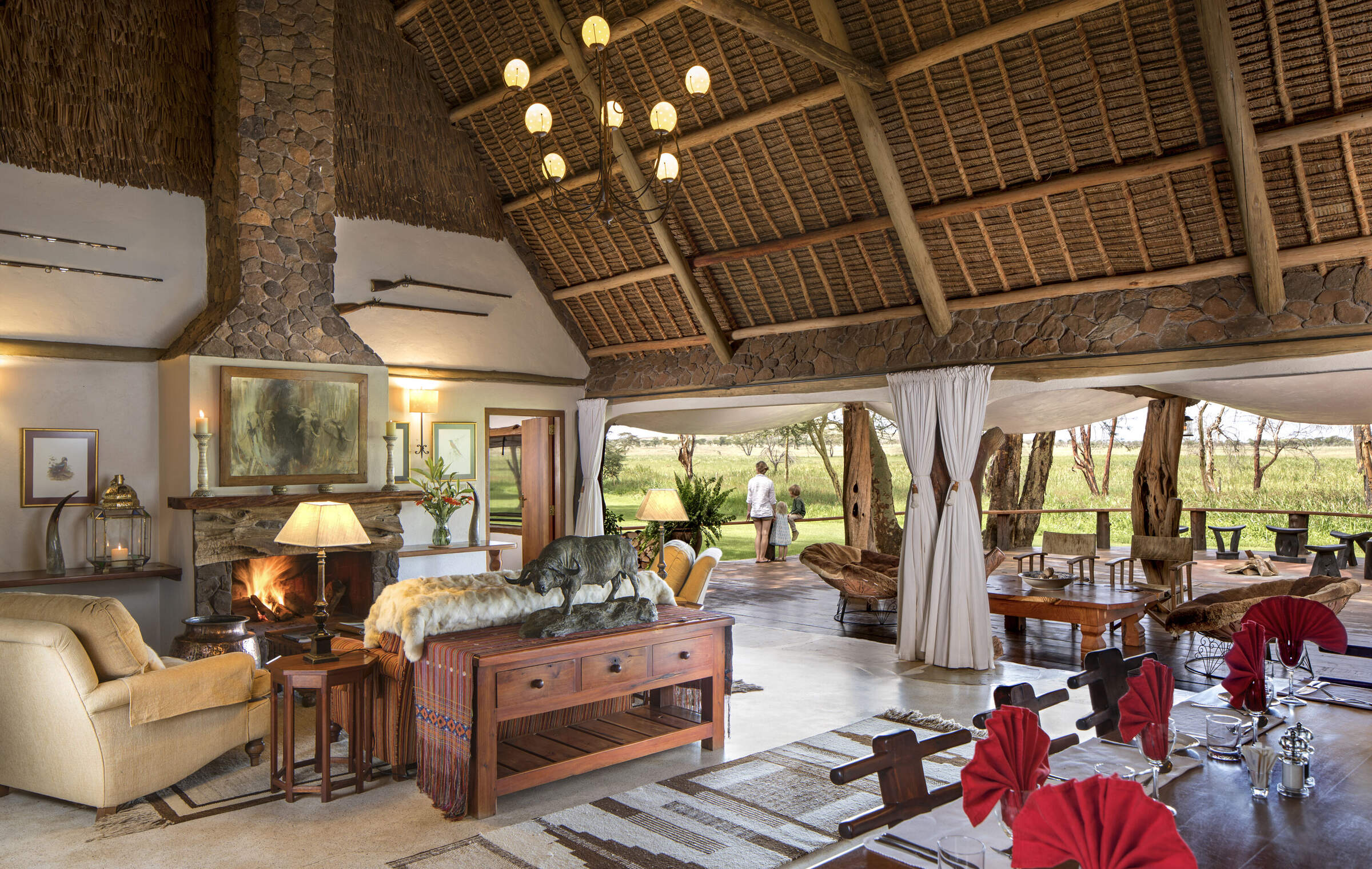
Sirikoi
Sirikoi is a small, very high-quality safari camp with excellent service and food and a wide selection of activities.
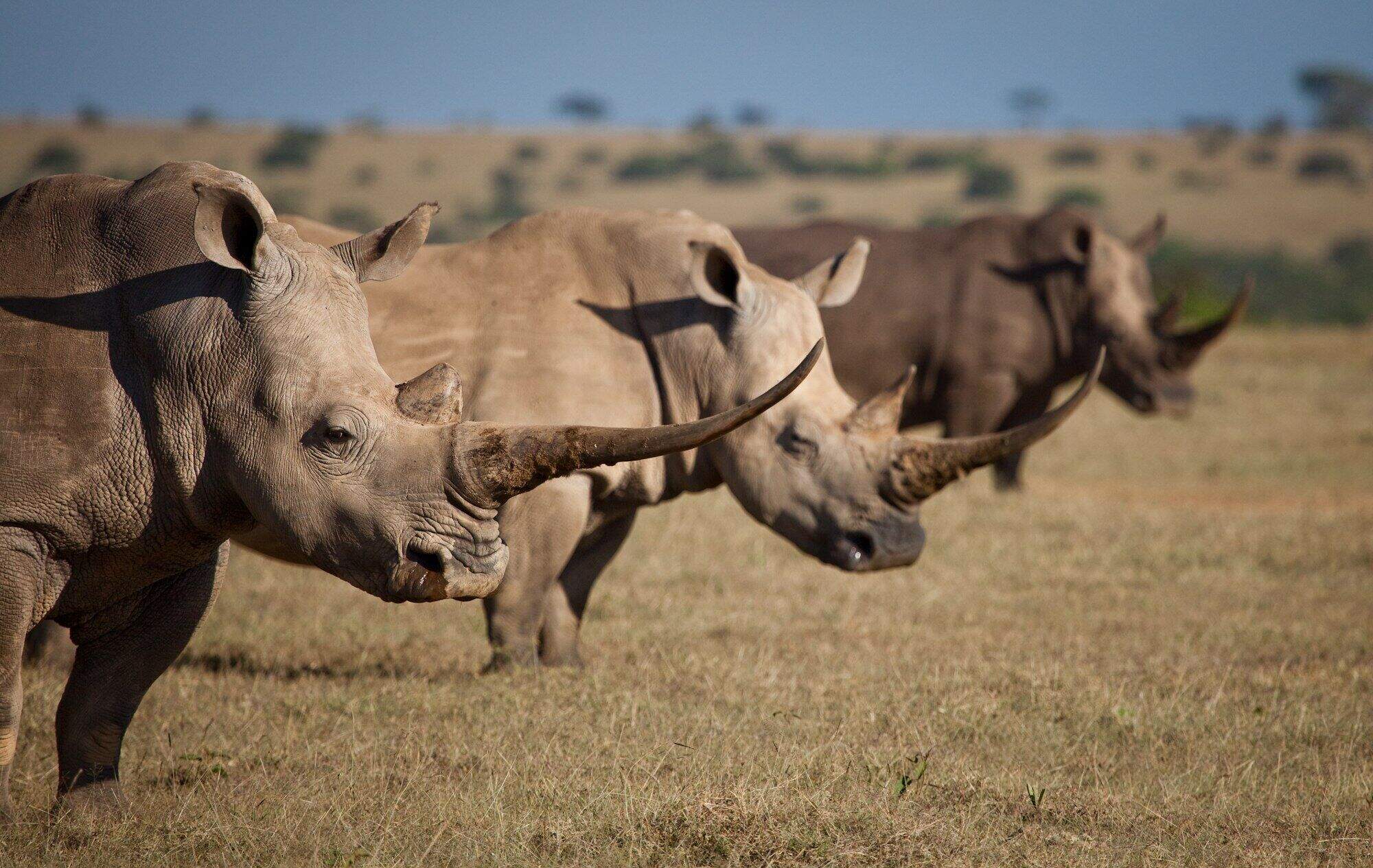
Solio Lodge
Solio Lodge is an exclusive and luxurious bush lodge set in the private Solio Game Ranch in southern Laikipia.
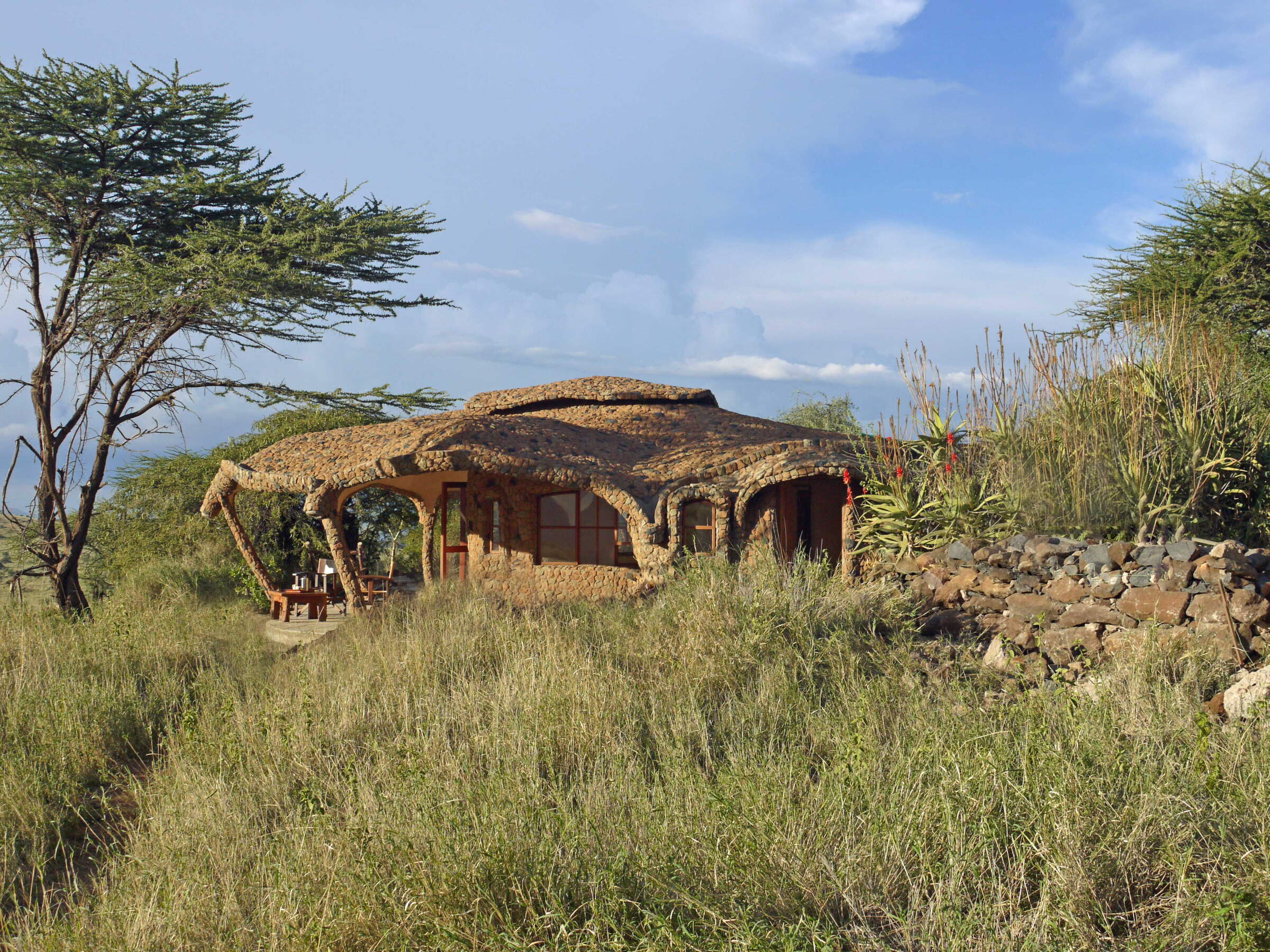
Lewa House
Lewa House is a very comfortable, boutique safari lodge located on the Lewa Conservancy, north of Mount Kenya.
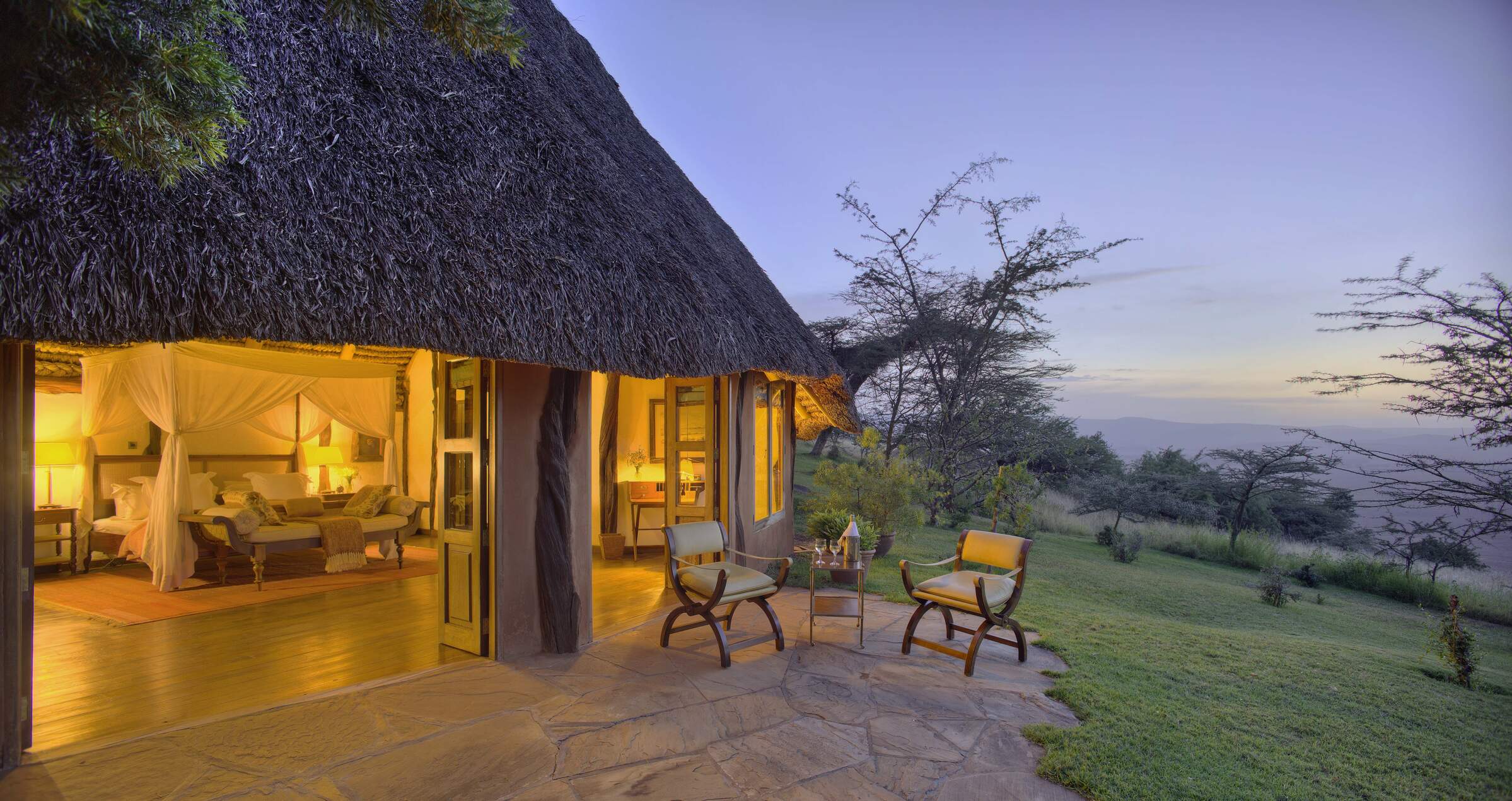
Kifaru House
Kifaru House is a small, stylish safari lodge in the Lewa Conservancy, with beautiful views across the landscape.
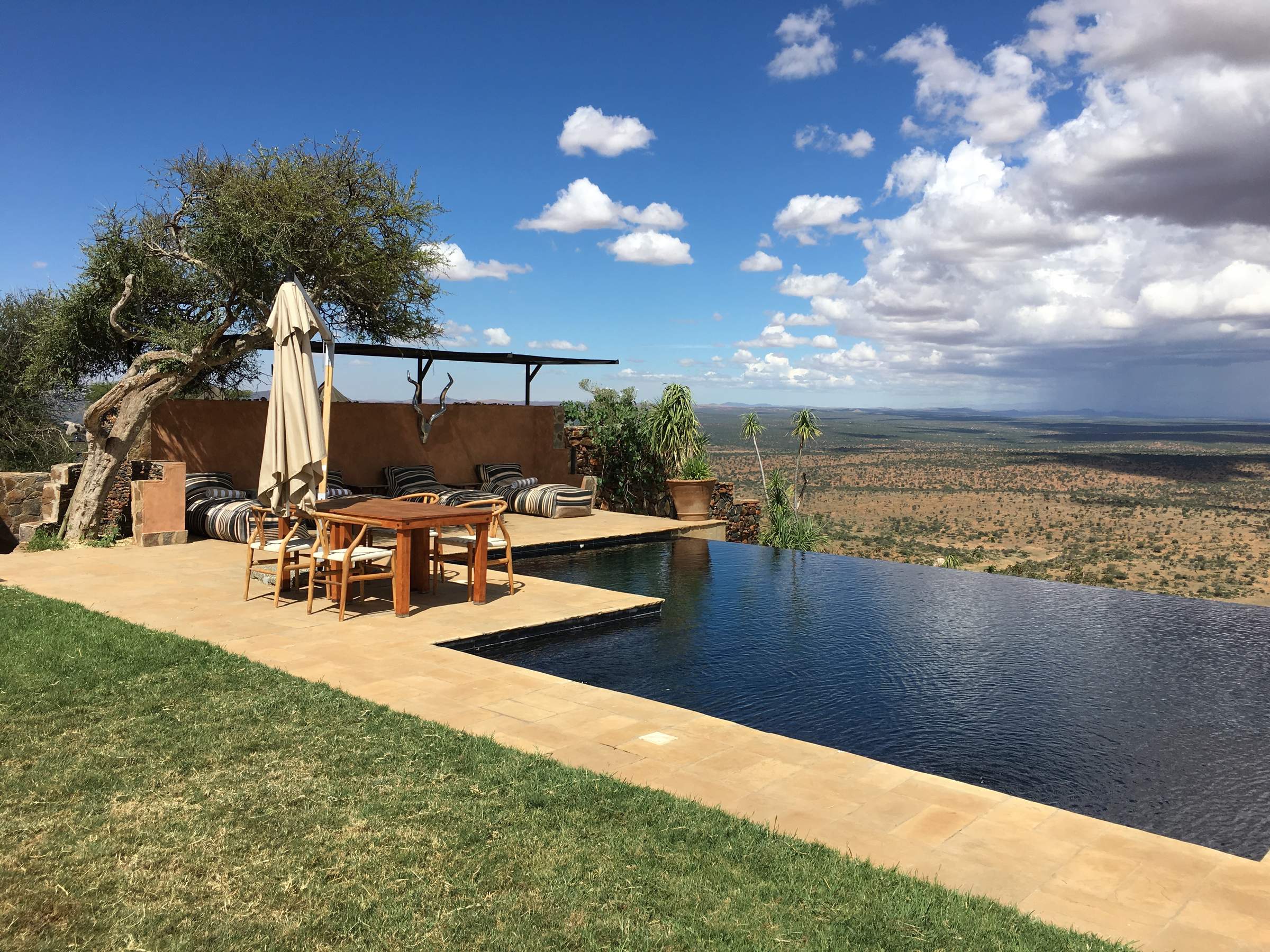
Loisaba Tented Camp
Loisaba Tented Camp is a luxury safari base of tented rooms, ranged along a ridge in the Loisaba Conservancy, facing Mount Kenya. The camp was completely rebuilt in 2016.
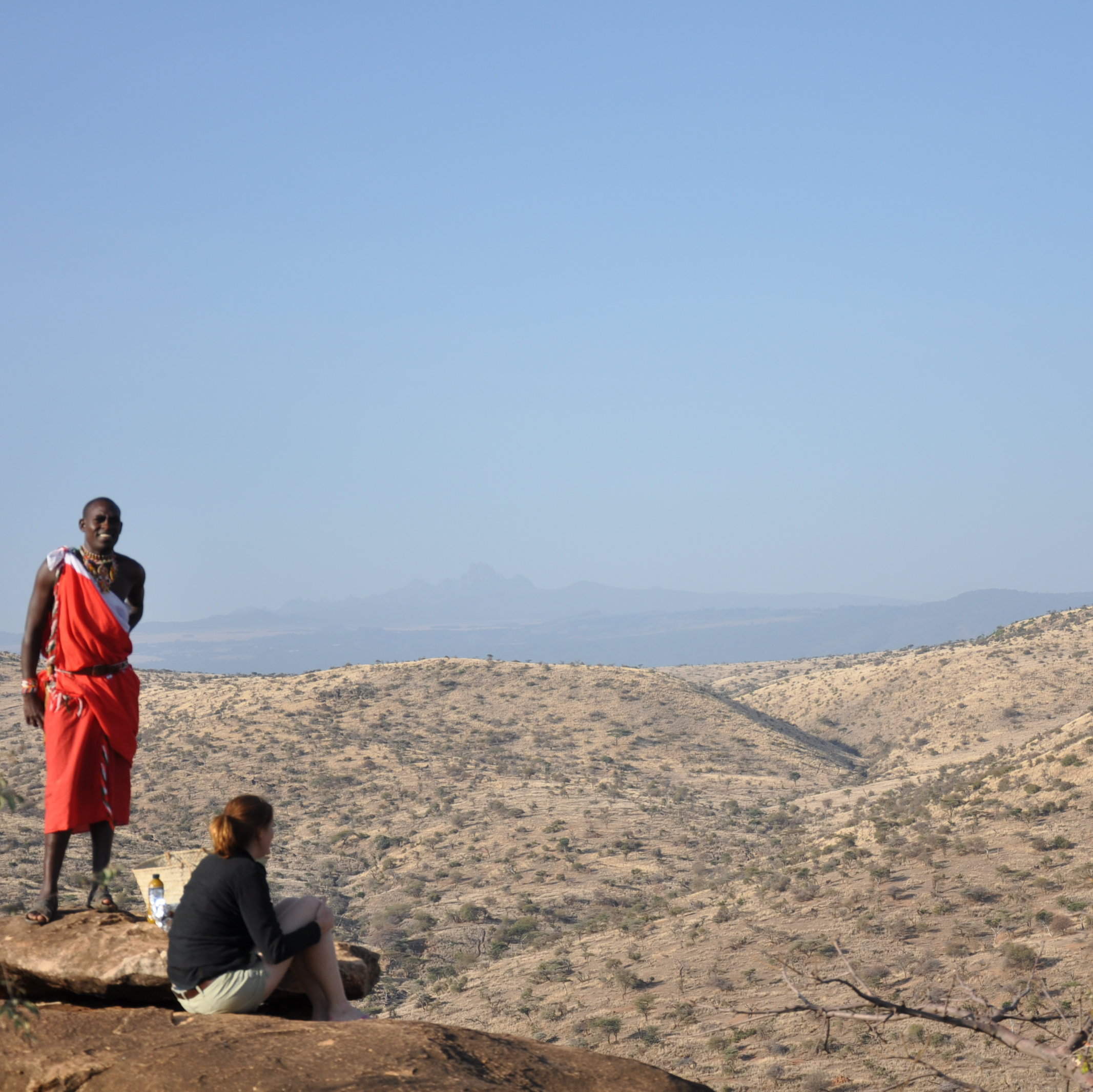
Tassia Lodge
Tassia offers a unique wilderness experience in a remote location: come here for cultural interaction, stunning views and something a bit different.
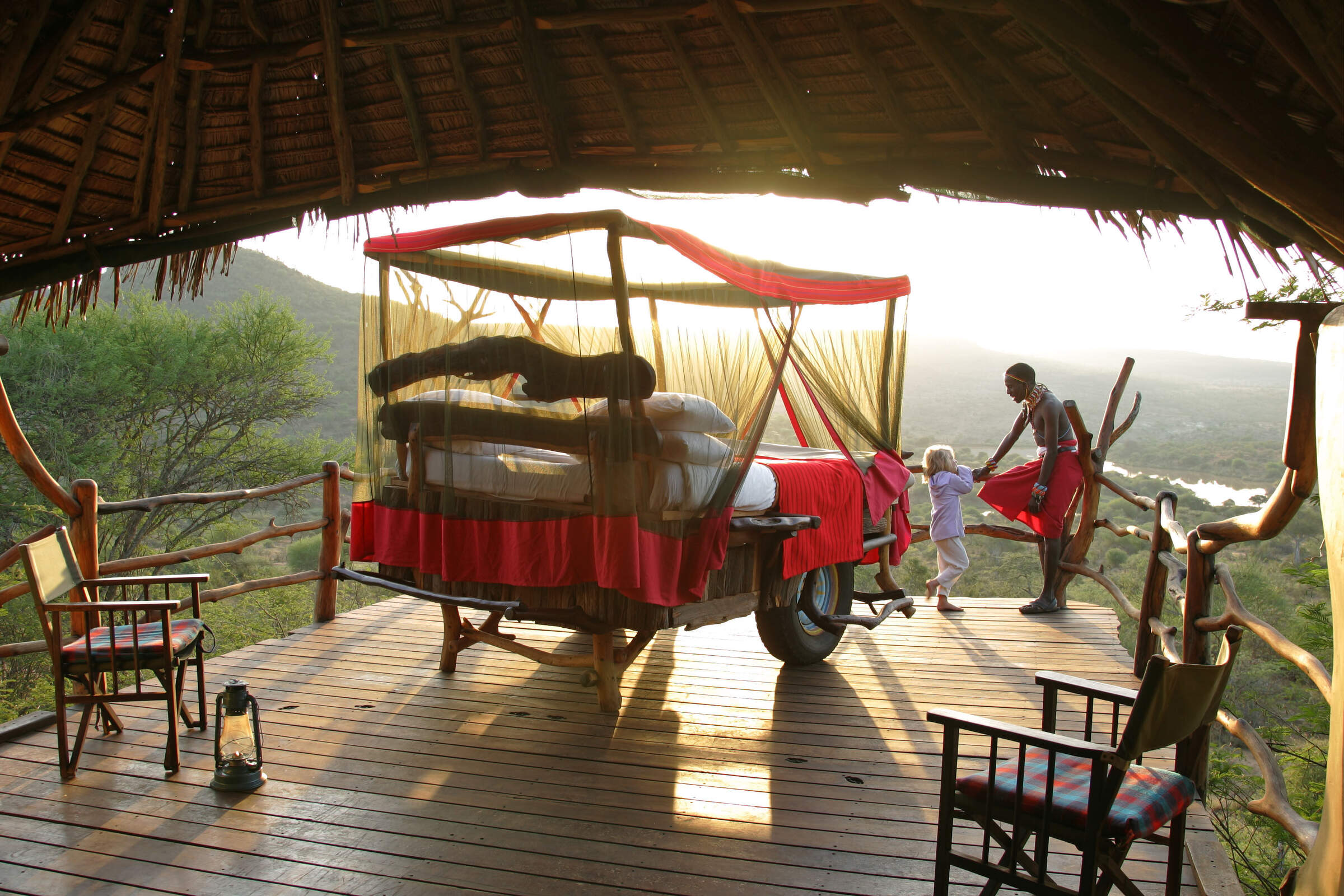
Loisaba Star Beds
Loisaba Starbeds is a simple camp of 4 rooms with pull-out, open-air 'star beds', located near a dam in the Loisaba Conservancy, in northwestern Laikipia.
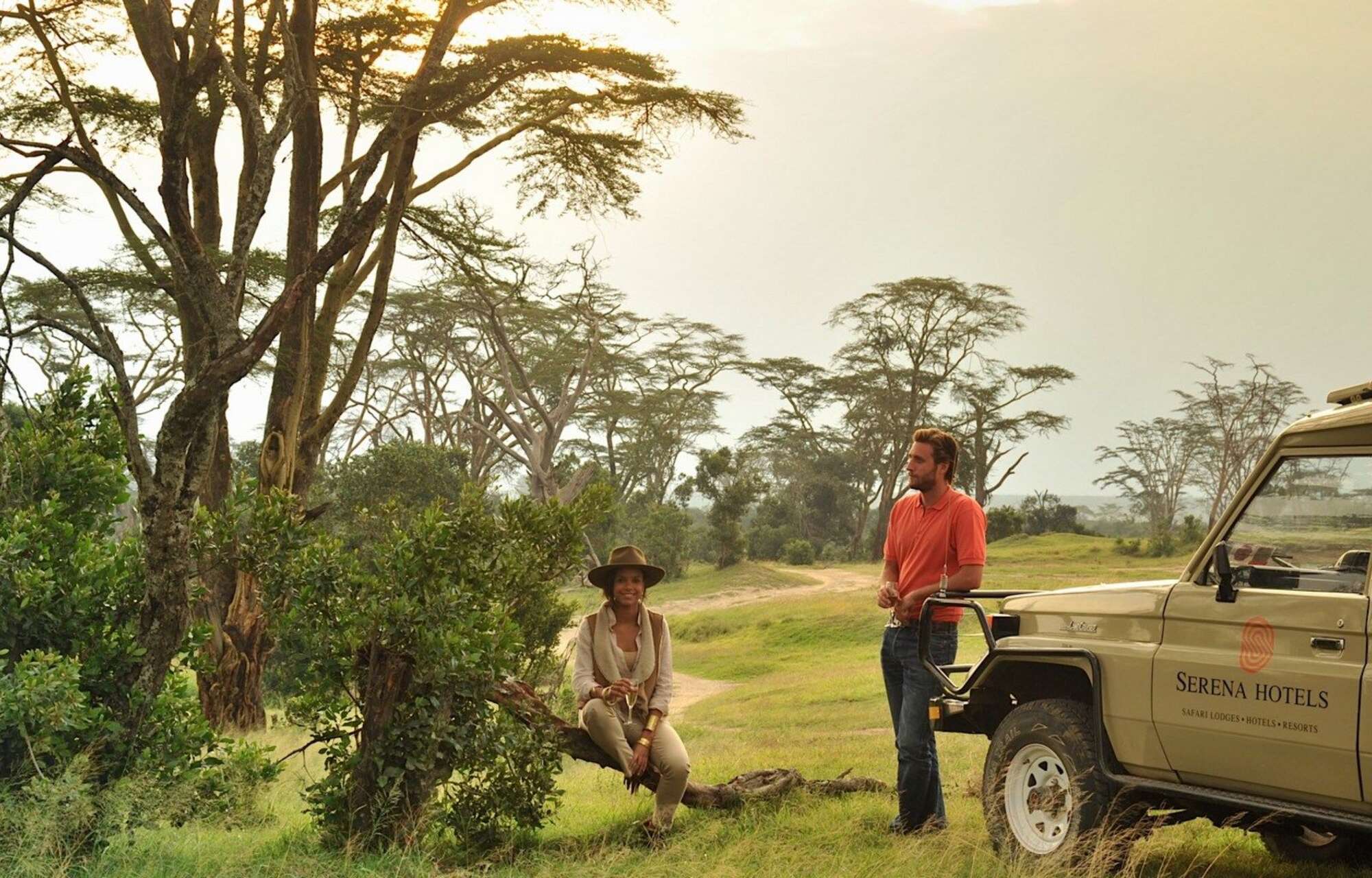
Sweetwaters Serena
Sweetwaters Serena is a large, older tented camp – the largest camp in the Laikipia region – in the eastern part of the Ol Pejeta Conservancy.
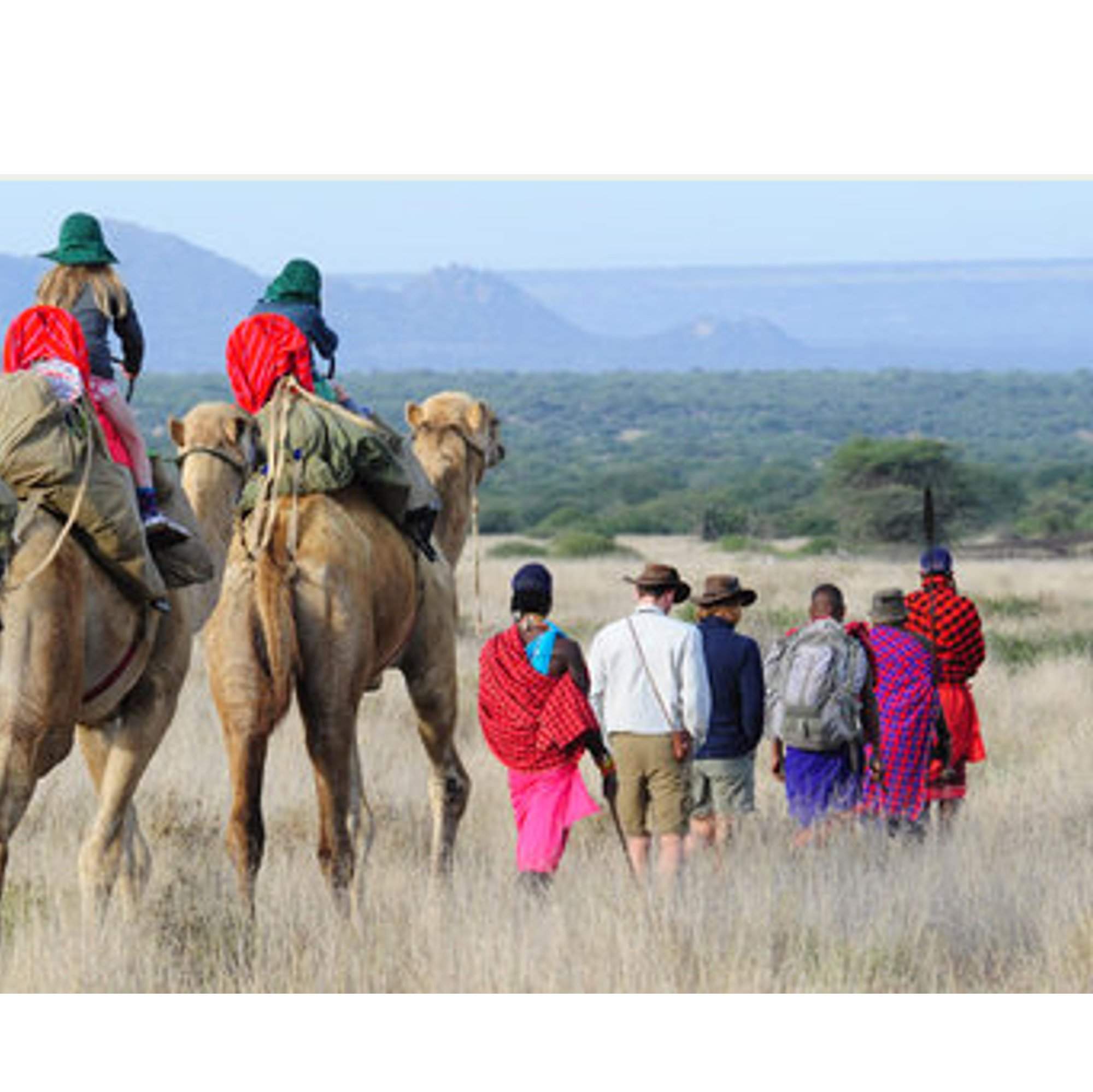
Karisia Walking Safaris
Karisia Walking Safaris operates camel assisted, multi-day walking safaris from its main camp, Tumaren, set in a remote part of Laikipia.
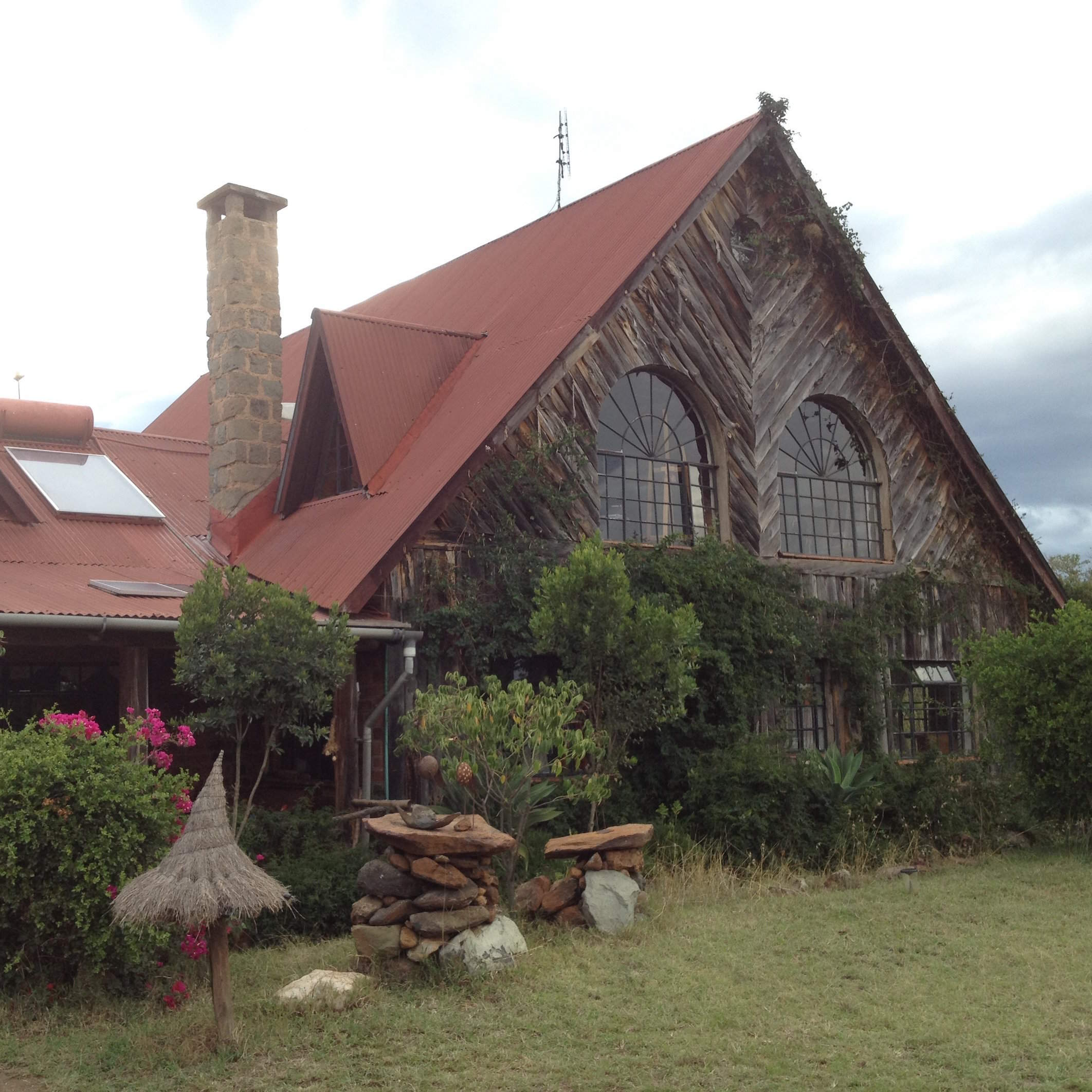
Sandai
Sandai is a pretty, owner-run homestay, set between the Aberdare Range and Mount Kenya, offering a range of activities at extra cost.
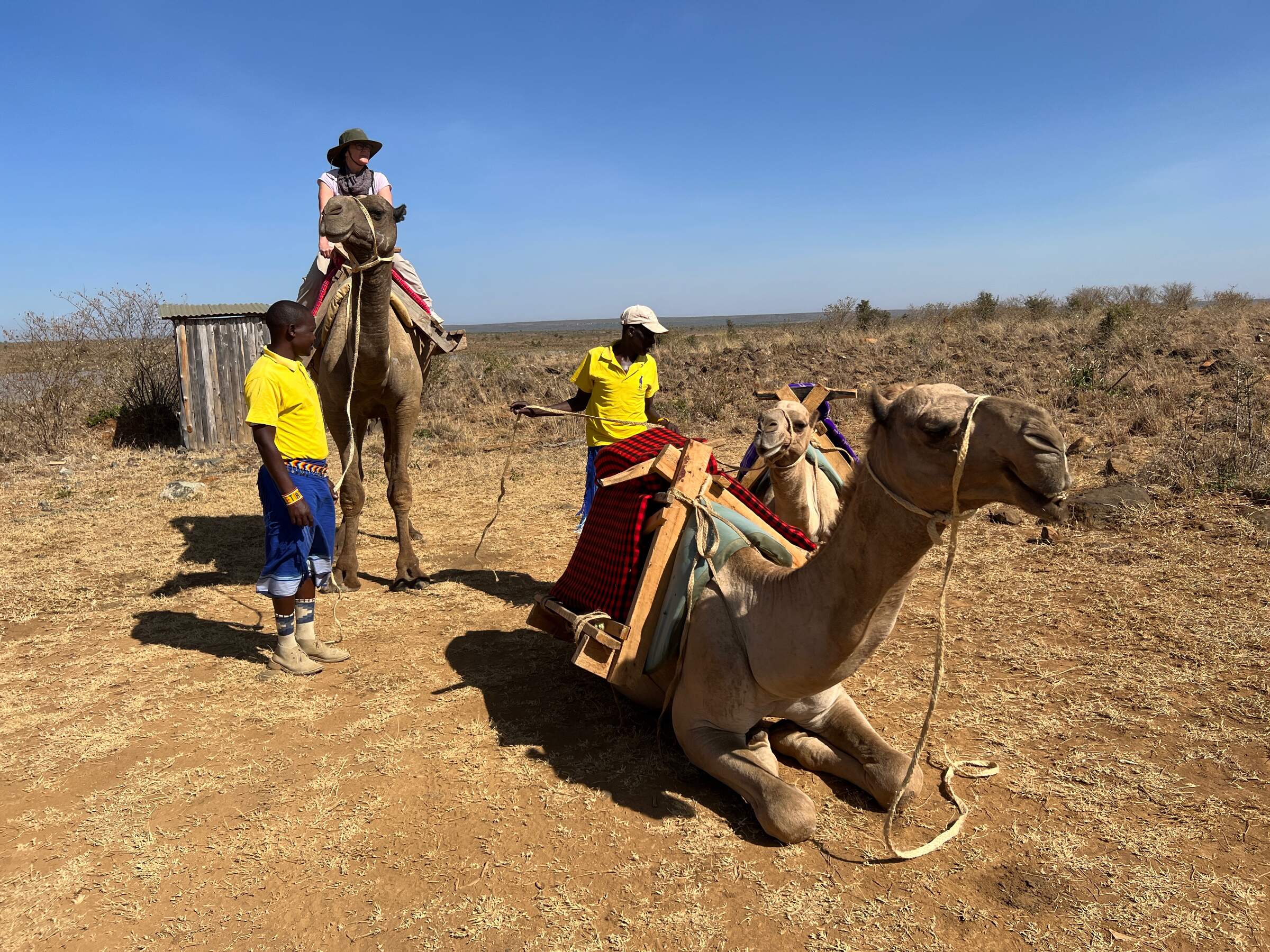
Ekorian's Mugie Camp
Ekorian's Mugie Camp is a pleasant, family-friendly safari camp in a remote location in northwestern Laikipia.
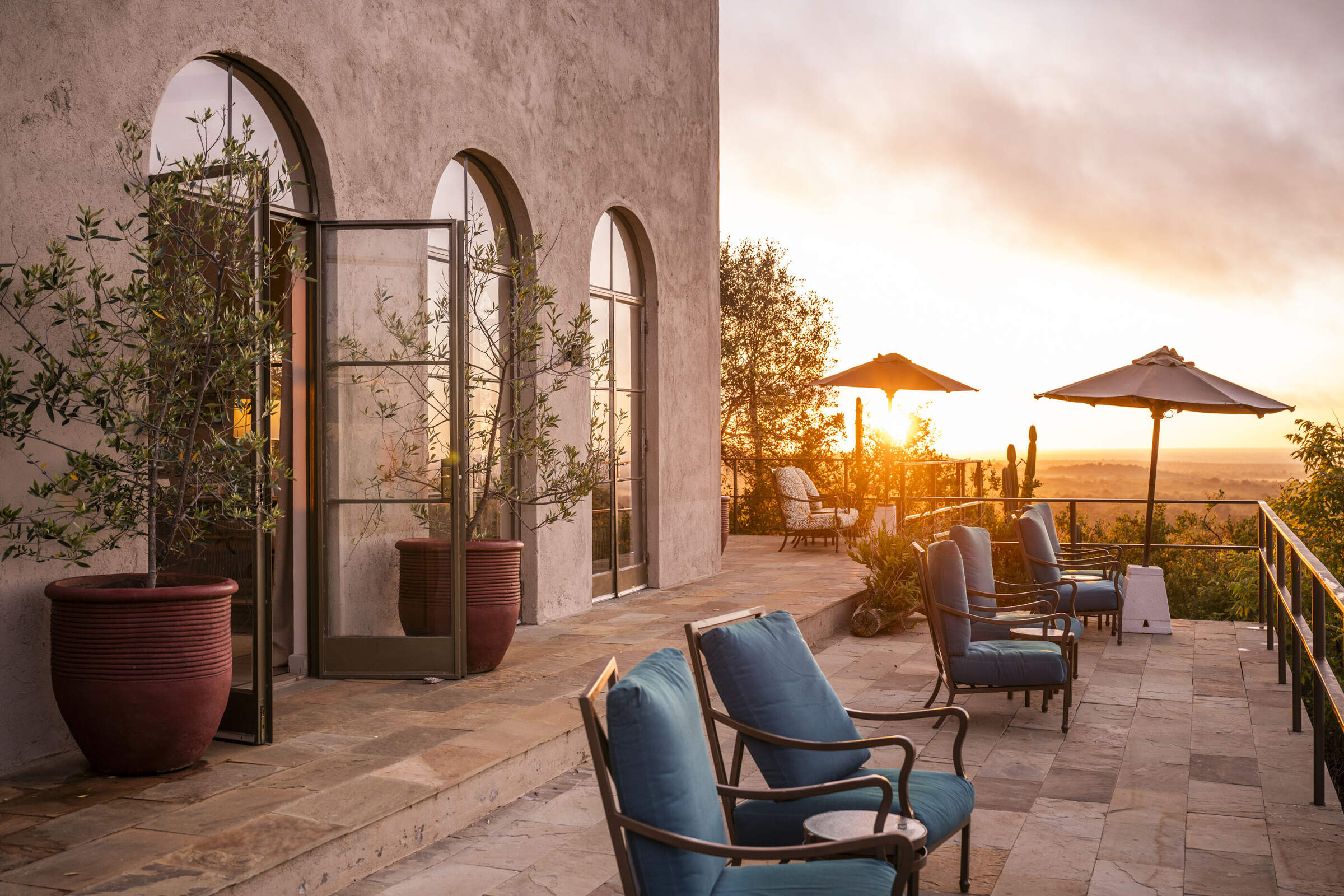
Governors' Mugie House
Governors' Mugie House – a substantial, luxury safari lodge – is one of only two properties in the Mugie Conservancy in northwestern Laikipia.
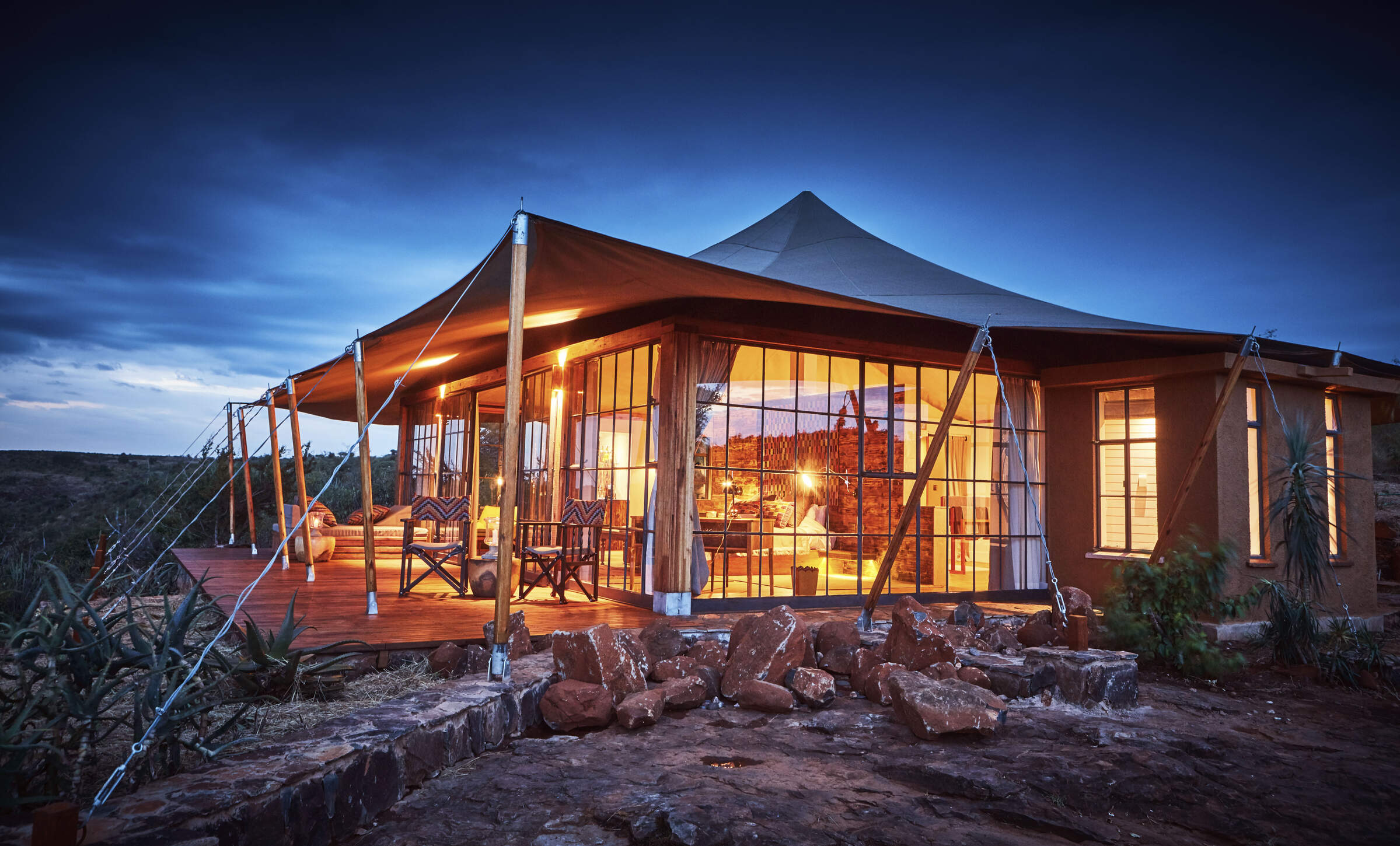
Lodo Springs
Lodo Springs is a spectacularly located luxury lodge in a remote spot in the Loisaba Conservancy, sister lodge to Loisaba Tented Camp and Loisaba Star Beds.
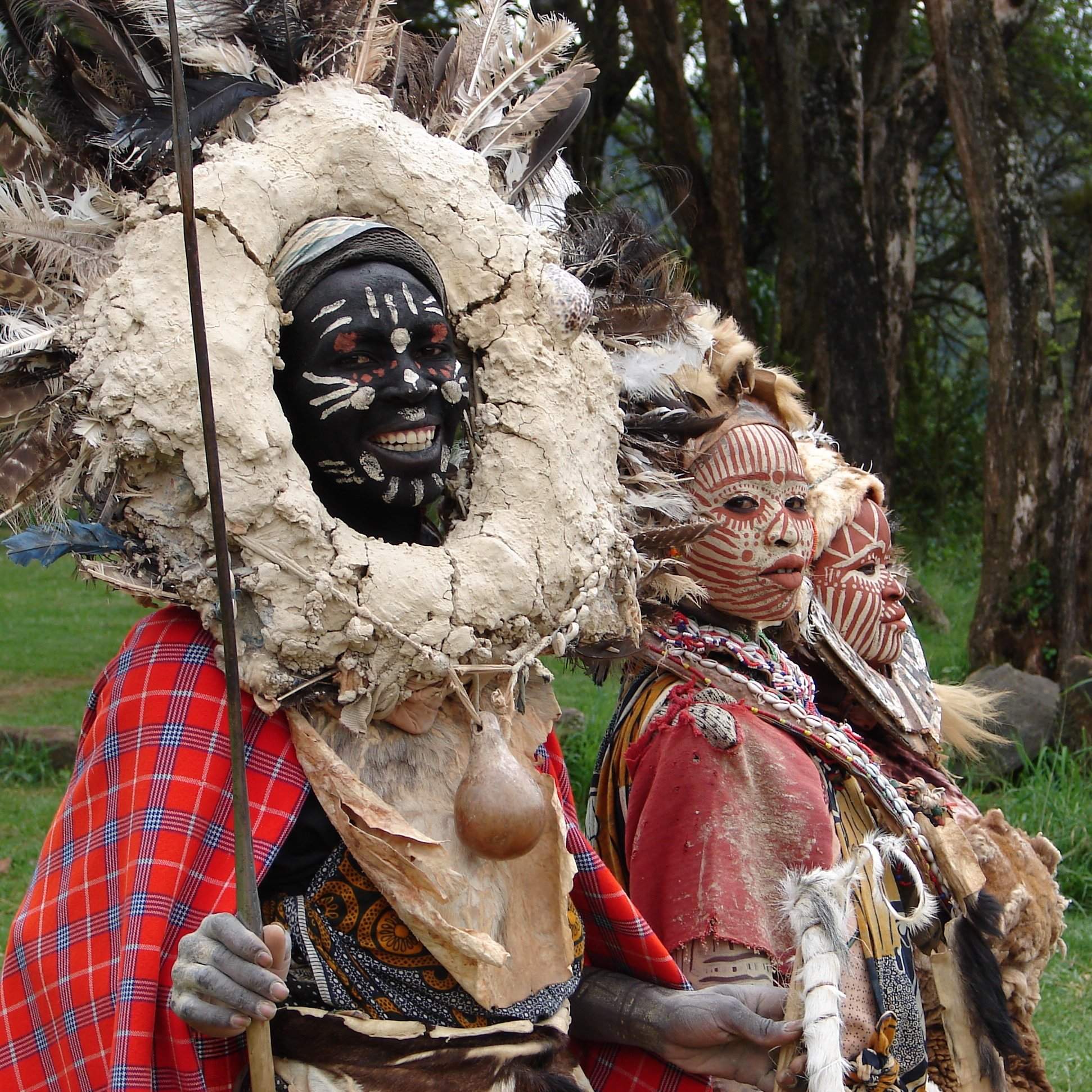
Thomsons Falls Lodge
Thomsons Falls Lodge is a simple hotel dating back to the colonial era, located above the falls of the same name, near the western Laikipia town of Nyahururu.
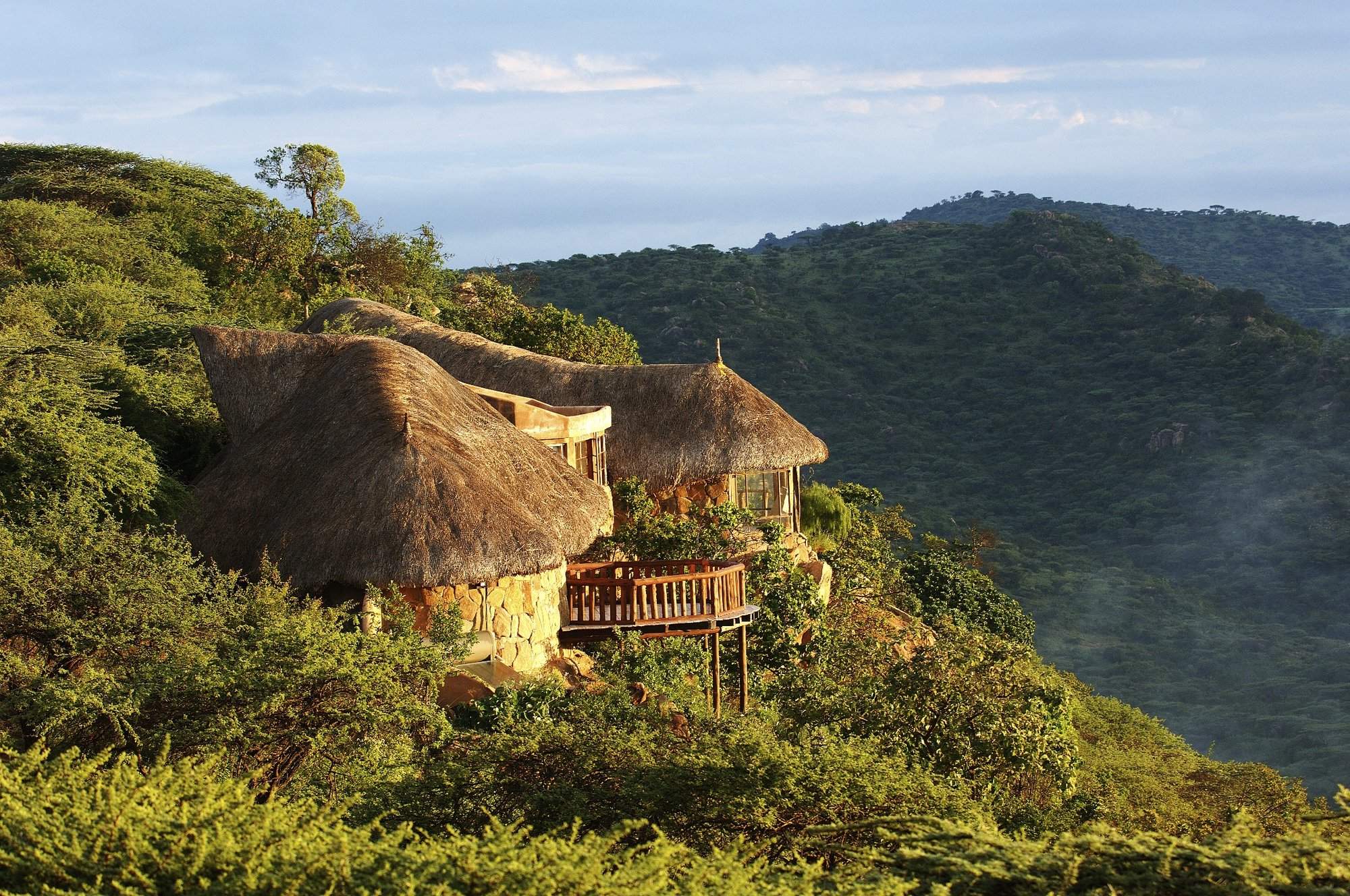
Sanctuary at Ol Lentille
The Sanctuary at Ol Lentille is an unusual safari lodge in northern Laikipia, consisting of three exclusive villas, and offering a huge range of activities.
Our travellers’ wildlife sightings in Laikipia
Laikipia harbours a wealth of endangered species, including roughly half of Kenya’s 900-odd black rhinos. As browsers rather than grazers, black rhinos do well in the same environment as cattle as long as the bush isn’t cleared.
Also on the increase in Laikipia are wild dogs, with several packs here and good chances of seeing them: Laikipia is now their second most important range in Africa. Spotting Grevy’s zebras – the handsome, radar-eared, fine-striped species – is almost a certainty, as a quarter of Africa’s remaining population lives in Laikipia. You can find most of Kenya’s more common wildlife in Laikipia, too, as well as more than 2,000 elephants, which migrate between the slopes of Mount Kenya, the Laikipia safari conservancies and the Samburu region.
The animals in Laikipia, especially the rarer species, tend to be closely managed, with predators often radio-collared in order to track them, and wildlife rangers monitoring individual rhinos, keeping an eye on them day and night. While this might strike you as unnatural, it’s hard to argue with the results – better understanding of animal movements, behaviour and population trends, and even occasional opportunities for visitors to be directly involved in wildlife conservation activities.
Click on a species below for more information on the top locations in Laikipia for wildlife sightings, based on sighting reports from our travellers. How we work this out.

100% success

98% success

98% success

98% success

98% success

91% success

83% success

80% success

80% success

46% success

38% success

37% success

24% success

18% success

1% success

1% success
The best time to visit Laikipia
Laikipia’s climate varies considerably across the region and the climate crisis has made predicting the rains particularly hard. However, historically, there are clear patterns.
The typical dry seasons (December-March, July-October) are perfect for safaris, with generally clear skies and wildlife gathering at water sources. These are ideal conditions for spotting black rhinos and big cats in the Ol Pejeta and Lewa conservancies.
The wet seasons (generally a longer one from April-June, then shorter around November) turn the landscape lush and green. Though wildlife-viewing can be harder due to dense vegetation, it's great for landscape photography and birdwatching, with newborn animals easily seen, and great light conditions.
Year-round, Laikipia offers diverse experiences from walking safaris to stargazing. Its varied elevations (from around 1300m up to nearly 3000m) enhance its biodiversity and appeal.
Jan
Feb
Mar
Apr
May
Jun
Jul
Aug
Sep
Oct
Nov
Dec
Laikipia in January
Clear, warm days and mild nights make this a popular time for safaris in Laikipia. It's excellent for game viewing in all the conservancies, where water sources attract diverse wildlife. The dry conditions make it easier to spot black rhinos, lions and leopards. Star bed sleep-out options at a number of lodges are particularly magical under the clear night skies.
After the New Year period, many camps and lodges treat January as mid-season, offering good value. The landscape retains some greenery, enhancing photography.
- Clear days ideal for safaris
- Excellent visibility for wildlife viewing
- Dry riverbeds attract wildlife to water sources
- Calving season for wildebeest and antelopes
- Palearctic migrant birds abundant
Our view
Fantastic: the very best time to visit
Weather in January
Laikipia in February
With the short dry season well established in Laikipia, wildlife gathers close to water points, making it an excellent time for safaris. Ol Pejeta and Lewa Wildlife Conservancies offer prime viewing opportunities for endangered species like black rhinos and Grevy's zebras. Solio Rhino Conservancy provides exceptional black rhino sightings during this period. The grass is grazed down, improving visibility across the region.
February is ideal for walking safaris, where you can appreciate the smaller details of the ecosystem. The clear skies make stargazing from star beds an unforgettable experience. Cultural visits to local communities are particularly rewarding, as the pleasant weather encourages outdoor activities and interactions.
- Prime time for wildlife gathering near water
- Ideal conditions for walking safaris
- Palearctic migrant birds still present
- Low rainfall makes game drives rewarding
Our view
A very good time to visit
Weather in February
Laikipia in March
As March progresses in Laikipia, the weather becomes increasingly hot and humid with more rain likely later in the month. Through most of the month, conditions are still good for game drives in most districts. As the month advances, the buildup to the rainy season becomes apparent.
This period can offer unique photographic opportunities as animals congregate around diminishing water sources. Accommodation costs decrease as the low season approaches.
- Early month offers great wildlife viewing
- Hot weather transitions to occasional rains
- Lower visitor numbers
- Lush vegetation begins to appear
Our view
A good time to visit, with pros & cons
Weather in March
Laikipia in April
April usually sees established, serious rainfall in much of Laikipia, transforming the landscape. The southeast monsoon wind brings cooler temperatures and frequent downpours. While game viewing can be challenging due to lush vegetation, the green season offers unique experiences, with new-born animals visible among the verdant scenery.
The landscape bursts into life with vibrant colours, ideal for photography. Birdwatching is excellent with many species breeding. This is a quieter time for tourism, with lower accommodation rates at many places allowing for a more exclusive safari experience for great levels of service.
- Long rains begin, transforming landscapes
- Green season offers unique photo opportunities
- Lower rates at Laikipia's luxury lodges
- Buffalo and zebra calving season commences
- Birdwatching excellent
Our view
A good time to visit, with pros & cons
Weather in April
Laikipia in May
May in Laikipia is characterised by ongoing rains and lush vegetation. While game viewing can be trickier, the vibrant landscapes offer spectacular photographic opportunities with very little dust. The landscapes are a sea of green, with diverse and thriving flora.
This is an excellent time for birdwatching across the region as breeding season continues. The Ewaso Nyiro river swells impressively. Despite potential challenges, patient visitors may witness dramatic scenes of predators hunting in the thick vegetation.
- Lush vegetation makes wildlife spotting trickier
- Great for landscape and nature photography
- Rutting season for wildebeest and impalas
- Frog breeding season in Laikipia's wetlands
- Mount Kenya views improve with clearer air
Our view
A good time to visit, with pros & cons
Weather in May
Laikipia in June
As June progresses in Laikipia, the rains give way to slightly cooler, cloudy weather. This transition marks the beginning of a long, generally dry, high season for visitors. Game viewing improves as vegetation starts to thin, and conditions are comfortable.
The Ewaso Nyiro river, still full from the rains, attracts diverse wildlife. Accommodation rates begin to rise, reflecting the start of peak season.
- Rains subside, ushering in cooler weather
- High season begins with increased visitors
- Comfortable conditions game viewing
Our view
A good time to visit, with pros & cons
Weather in June
Laikipia in July
July in Laikipia brings cooler temperatures and ideal conditions for safaris. Animals concentrate around water sources on the conservancies, providing excellent game viewing opportunities.
July marks the peak of the high season, with higher accommodation rates and visitor numbers. The dry conditions make it easier to spot elusive species like leopards and black rhinos.
- Cool weather perfect for walking and riding
- Wildlife concentrates around water sources
- Excellent conditions for photography tours
Our view
A good time to visit, with pros & cons
Weather in July
Laikipia in August
August in Laikipia offers mild, dry weather, perfect for safaris. The conservancies teem with wildlife, including endangered species like black rhinos and Grevy's zebras. The landscapes offer stunning vistas and excellent conditions for game drives and walking safaris. The dry conditions make it easier to spot big cats across the region. This is peak season, so expect higher visitor numbers and accommodation rates.
You might consider combining your Laikipia safari with a stay at the nearby Samburu National Reserve, known for its “northern five” species – Grevy’s zebra, reticulated giraffe, beisa oryx, gerenuk and Somali ostrich.
- Peak season for wildlife viewing in Laikipia
- Mild weather ideal for outdoor activities
- Busy period requires advance bookings
Our view
A good time to visit, with pros & cons
Weather in August
Laikipia in September
As September progresses in Laikipia, the weather typically remains dry with clearing skies, signalling excellent safari conditions. Early September can be busy, but visitor numbers decrease later in the month. In the conservancies, game viewing is exceptional as animals congregate around limited water sources.
September generally offers excellent conditions for photography.
- Hot, dry weather with good visibility
- Quieter period for more exclusive safaris
- Natural bush fires flush out insects and small animals for predators
Our view
Fantastic: the very best time to visit
Weather in September
Laikipia in October
October in Laikipia brings generally hot and mostly dry conditions, ideal for safaris. It's a favourite month for many visitors due to the good weather and fewer visitors. The conservancies offer excellent game viewing, with animals concentrated around water sources. The Solio Rhino Conservancy provides exceptional rhino sightings in the dry conditions.
Birdwatching is rewarding as Palearctic migrants begin to arrive. Cultural visits to Maasai communities remain a highlight. Consider combining your Laikipia safari with a trip to the nearby Samburu National Reserve for a diverse wildlife experience.
- Warm or hot and mostly dry conditions for safaris
- Migratory birds start arriving
- Perfect for photography
Our view
A very good time to visit
Weather in October
Laikipia in November
November in Laikipia marks the beginning of the short rains, usually in the latter half of the month. This transition brings about dramatic changes in the landscape. Early November can still offer good game viewing before the rains intensify. Then the bush begins to green, creating beautiful scenery.
As the low season begins, accommodation rates decrease, and visitor numbers drop too, allowing for a more exclusive safari experience. Birdwatching becomes excellent with the arrival of many migratory species. November is ideal for photographers capturing the changing landscapes and dramatic skies, with low dust and clear air. Cultural visits to Maasai communities offer insights into how local life adapts to the changing seasons.
- Short rains begin, transforming landscapes
- Low season offers better rates and privacy
- Excellent time for birdwatching in Laikipia
- Lush scenery provides stunning backdrops
Our view
A good time to visit, with pros & cons
Weather in November
Laikipia in December
In a typical December, Laikipia sees the short rains finish by mid-month, leaving the landscape at its most beautiful. Clear blue skies return, heralding the start of the second peak visitor season from around 20 December onwards. The conservancies offer excellent game viewing with lush backdrops.
Christmas can occasionally be wet, but most years see perfect safari conditions by the festive season. This is an ideal time to combine wildlife viewing with cultural experiences, such as visiting Maasai communities.
- Rains typically end, leaving landscapes lush
- Peak tourist season begins mid-month
- Christmas safaris popular in conservancies
- Night sky clarity ideal for stargazing
Our view
A good time to visit, with pros & cons
Weather in December
Laikipia: In detail
Laikipia's Conservancies
Laikipia is a remarkable conservation region stretching across more than 9,000km2 of ranch land and savannah. Unlike Kenya’s national parks, Laikipia’s wildlife is protected through private and community-run conservancies that blend tourism, traditional pastoralism, and ecological stewardship.
There are 24 conservancies in Laikipia, with several more well-known than others - Ol Pejeta is famed for rhino conservation, Lewa leads in community engagement and endangered species, while Il Ngwesi and Lekurruki integrate wildlife with local livelihoods. Further west, Loisaba and Sosian offer immersive wilderness experiences.
Together, these conservancies form a pioneering model of sustainable tourism and biodiversity protection, making Laikipia a haven for rare wildlife and innovative conservation.
In the sections below we’ve described the key conservancies and their standout features, activities and accommodation.
You can also see the location of the individual concessions on our REFERENCE MAP.
Lewa Wildlife Conservancy
The landscape is a picturesque mosaic of grasslands, acacia woodland, and wetlands, including the Lewa Swamp.
Established in the colonial era as a cattle ranch called Lewa Downs, the conservancy transitioned to wildlife protection in 1983 with the formation of the Ngare Sergoi Rhino Sanctuary. This evolved into the present-day Lewa Conservancy, which now safeguards thriving populations of both eastern black and southern white rhinos, Grevy’s zebra (hosting around 350, or over 10% of the world’s remaining wild population), and elephants.
Lewa’s tourism model blends high-end lodges, such as Sirikoi and Lewa House, with conservation-based tourism. Guests can enjoy game drives, walking safaris, horse-riding, and cultural visits to neighbouring Maasai communities. It also hosts the annual Lewa Safari Marathon, a globally recognised fundraising event.
Borana Conservancy
Established in 1993 from a settler cattle ranch, Borana evolved into a pioneering model for sustainable land use, combining livestock production with high-value conservation and ecotourism. Today, it supports healthy populations of the Big Five, including black and white rhinos, which were reintroduced in 2013, as well as reticulated giraffe, hyenas and cheetahs. The conservancy’s 300-plus elephants are tracked with GPS collars, while lion prides are also closely monitored for ecological research.
Borana is known for its immersive safari experiences, offering game drives, bush walks, horse-riding, mountain biking, and community visits. The terrain – marked by dramatic escarpments, acacia woodland, and open plains – provides a spectacular backdrop for photography. Accommodation is available at Borana Lodge, which offers panoramic views, excellent guiding, and access to conservation projects, as well as at several exclusive-use luxury homes.
Borana’s unique approach to combining commercial cattle ranching, eco-tourism, and community development continues to influence conservation strategy across Laikipia and beyond.
Solio Conservancy
Established in 1970 by the American rancher Courtland Parfet, Solio was the first private rhino sanctuary in Africa. Initially a cattle ranch, it was transformed into a haven for rhino conservation in response to the alarming decline in black rhino populations due to poaching. The sanctuary has since become one of the most successful rhino breeding centers in East Africa, contributing significantly to the repopulation of rhinos in various parks and reserves across the continent.
The conservancy is home to more than 200 eastern black and southern white rhinos, making it one of the best places in Kenya to observe these majestic creatures in their natural habitat. In addition to rhinos, Solio hosts a variety of wildlife, including lions, leopards, cheetahs, buffalos, zebras, giraffes, and numerous antelope species. The diverse ecosystem is supported by open grasslands, acacia woodlands, and the Moyo River, which meanders through the reserve.
Visitors to Solio can enjoy exclusive safari experiences, as the conservancy allows a limited number of guests, ensuring a serene and intimate encounter with nature. Activities include guided game drives, birdwatching, and nature walks. Accommodation is available at the luxurious Solio Lodge, the only accommodation within the conservancy, offering personalised services and stunning views of the surrounding landscapes.
Lekurruki Conservancy
The conservancy is managed by the Lekurruki Group Ranch, composed primarily of Laikipiak Maasai, and is supported by the Northern Rangelands Trust (NRT). Its remote and rugged terrain includes dramatic escarpments, forested hills, and arid valleys, making it both scenically stunning and ecologically diverse. Though wildlife densities are lower than in neighbouring fenced conservancies, it forms an important corridor for elephants, Grevy’s zebra, and other migratory species, ensuring landscape connectivity across northern Laikipia and Samburu.
One of the highlights of a visit to Lekurruki is Tassia Lodge, a unique eco-lodge built into the cliffside with commanding views over the wilderness. Activities here include guided walking safaris, camel-assisted fly camping, cultural visits to Maasai homesteads and birdwatching.
Lekurruki offers travellers a deeply immersive experience far removed from mass tourism. Its low visitor numbers and focus on community-led conservation ensure that guests not only enjoy a sense of exclusivity but also contribute meaningfully to local livelihoods and wildlife protection.
El Karama Conservancy
The landscape is a blend of savannah plains, riverine forests, rocky escarpments, and acacia woodland, supporting over 80 species of mammals and more than 400 species of birds. El Karama is home to iconic wildlife including elephant, lion, leopard, buffalo, Grevy’s zebra and reticulated giraffe. It also maintains a herd of hardy Sahiwal cattle, which graze rotationally with wildlife to promote habitat regeneration.
At the heart of the conservancy is the family-owned El Karama Lodge, renowned for its sustainability practices and family-friendly ethos. The lodge operates entirely on solar power, uses rainwater harvesting systems, and is built from locally sourced materials. Activities include guided game drives, walking safaris, birdwatching, fishing, river tubing (when water levels permit), and visits to the on-site art and education centre.
El Karama’s commitment to low-impact tourism, environmental education, and community empowerment makes it an ideal destination for conservation-conscious travellers.
Ol Pejeta Conservancy
Today, Ol Pejeta is best known for hosting the largest population of eastern black rhinos in East Africa and for being the last refuge of the northern white rhino. The two surviving individuals of this subspecies reside here in a 30km2 Endangered Species Enclosure, offering travellers a poignant look at conservation on the edge. Most of the rhinos at Ol Pejeta have had their horns trimmed to reduce their value to poachers, but with rhino horn now worth up to $50,000 or more per kilo, the danger of poaching is critical: when you are on safari at Ol Pejeta, you are constantly aware of conservation issues and the huge stakes involved.
The conservancy is also home to a significant number of southern white rhinos, elephants, lions, leopards, cheetahs, Grevy’s zebras, rare Jackson’s hartebeests, and more than 300 bird species.
Ol Pejeta’s multi-use model integrates wildlife conservation with a commercial Boran cattle operation, where livestock and wildlife coexist in a symbiotic system. Visitors can participate in traditional game drives, lion-tracking safaris, horseback riding, cycling safaris, and behind-the-scenes conservation experiences.
With luxury and mid-range lodges, bush camps, and exclusive campsites, Ol Pejeta is a premier safari destination combining biodiversity, research, education, and community development in one exceptional conservancy.
Sosian Conservancy
Sosian sits in one of the most remote and pristine parts of Laikipia, forming part of the wider Laikipia-Samburu ecosystem known for its open landscapes and ecological diversity.
Originally established as a cattle ranch in the 1940s, Sosian was abandoned in the 1990s and later revitalised in 2002 as a conservation-driven ecotourism and livestock operation. It now integrates wildlife management with sustainable beef production, showcasing an effective model of land-use balance. The terrain features savannah grasslands, acacia thickets, rocky gorges, and permanent rivers, creating habitats for a wide array of species.
Sosian hosts all of the Big Five except rhino and is especially noted for its semi-resident African wild dogs. Other wildlife includes elephant, leopard, lion, buffalo, giraffe, and multiple antelope species. The conservancy actively supports predator research and collaborates with the neighbouring Mpala Research Centre.
Sosian Lodge, set in the restored colonial ranch house, offers a blend of classic safari comfort and personalised hosting. Guests can enjoy game drives, bush walks, horseback safaris, mountain-biking, camel trekking, fly camping, and river swimming.
Sosian's remoteness, wildlife richness, and diversity of safari activities make it ideal for adventurous travellers seeking both solitude and immersion in conservation.
Il Ngwesi Conservancy
Established in the mid-1990s by the Il Ngwesi Group Ranch, a community of over 6,000 Laikipiak Maasai, Il Ngwesi was one of the first conservancies in Kenya to be both owned and managed by a local community. The aim was to protect wildlife and habitat while generating sustainable income through tourism and conservation-related employment.
The conservancy is a haven for elephants, Grevy’s zebras, reticulated giraffe, impala, and other plains game. Predators such as lions and leopards are present but elusive, and wild dogs are occasional visitors. A key attraction is Il Ngwesi’s small rhino sanctuary, contributing to Kenya’s black rhino conservation efforts.
Activities here are highly immersive and centred around cultural exchange and low-impact eco-tourism. The award-winning Il Ngwesi Eco-Lodge, designed with open-air architecture and built from natural materials, is community-owned and managed. When it opened, Il Ngwesi was Kenya’s first community-run safari lodge. It offers bush walks with Maasai guides, cultural village visits, game drives, and star-bed experiences under vast night skies.
Ol Doinyo Lemboro Ranch
Laikipia Wilderness is particularly noted for its resident black leopards and for regular sightings of African wild dogs, one of the most endangered carnivores in Africa. Other resident species include elephants, leopards, lions, hyenas, Grevy’s zebras, and reticulated giraffes. Birdlife is abundant as well, attracting keen birders.
This ranch has carved out a niche as a highly personal and adventurous safari destination. Activities go beyond the typical game drive – visitors can explore the area on foot, track wildlife, swim in river pools, and join experienced guides for photographic experiences.
With its rustic but comfortable tented accommodation, focus on immersive experiences, and intimate setting away from crowds, Laikipia Wilderness appeals to seasoned safari travellers seeking a wild, off-the-beaten-track alternative to the more manicured lodges and parks elsewhere in Kenya.
Loisaba Conservancy
The conservancy’s varied terrain includes undulating plains, rocky escarpments and open grassland. Wildlife is abundant, with healthy populations of elephant, lion, leopard, Grevy’s zebra, giraffe, cheetah, and occasional sightings of ever-mobile and highly endangered African wild dogs. The conservancy is also home to over 260 bird species and supports ongoing research and conservation projects, including lion monitoring and predator tracking.
Originally a cattle ranch, Loisaba was established as a conservancy in the early 2000s and was later acquired by The Nature Conservancy and the Loisaba Community Trust in partnership with the Northern Rangelands Trust. The goal has been to secure wildlife habitats while promoting sustainable livelihoods and security for local communities.
Loisaba is known for its diversity of safari experiences. Visitors can enjoy traditional game drives, camel trekking, walking safaris, mountain biking, horseback riding, and even heli-safaris. The iconic Loisaba Star Beds, raised platforms with wheeled beds for sleeping under the stars, offer an incredible night sky experience.
Mugie Conservancy
Originally a cattle ranch, Mugie has been transformed into a conservancy with a strong focus on wildlife restoration and ecological integrity. While its rhinos were relocated in 2012 due to security concerns, the sanctuary remains home to thriving populations of elephant, lion, cheetah, buffalo, Grevy’s zebra, giraffe, Jackson’s hartebeest, and eland. Its mix of rolling acacia-dotted plains, bush-covered escarpments, and seasonal wetlands provides a diversity of habitats ideal for both resident and migratory species.
The conservancy also supports over 290 species of birds and is particularly rich in raptors. It is involved in anti-poaching and rangeland restoration efforts, and has introduced conservation grazing programs to support habitat health. Mugie is also a model of integrated land use, combining wildlife conservation with cattle ranching and olive farming.
Map of Laikipia: Two styles
Laikipia is a vast wildlife-rich plateau north-west of Mount Kenya, and can be identified by its broad swathes of private conservancies and striking topography. This map helps you visualise how the region stretches across highland savannahs and forested river valleys, with many lodges nestled on the edges of dramatic escarpments or wildlife corridors.
For a clear overview of the conservancy boundaries and key lodges, click the ‘REFERENCE MAP’ below – a stylised map we’ve produced specially for our travellers.
Our ‘GOOGLE MAP’ is a detailed satellite map on which we’ve pinpointed the region’s best safari camps. Switch to the Satellite view and zoom in for vivid detail – from the lush Ngare Ndare Forest canopy walk to the game tracks in conservancies like Ol Pejeta and Loisaba.
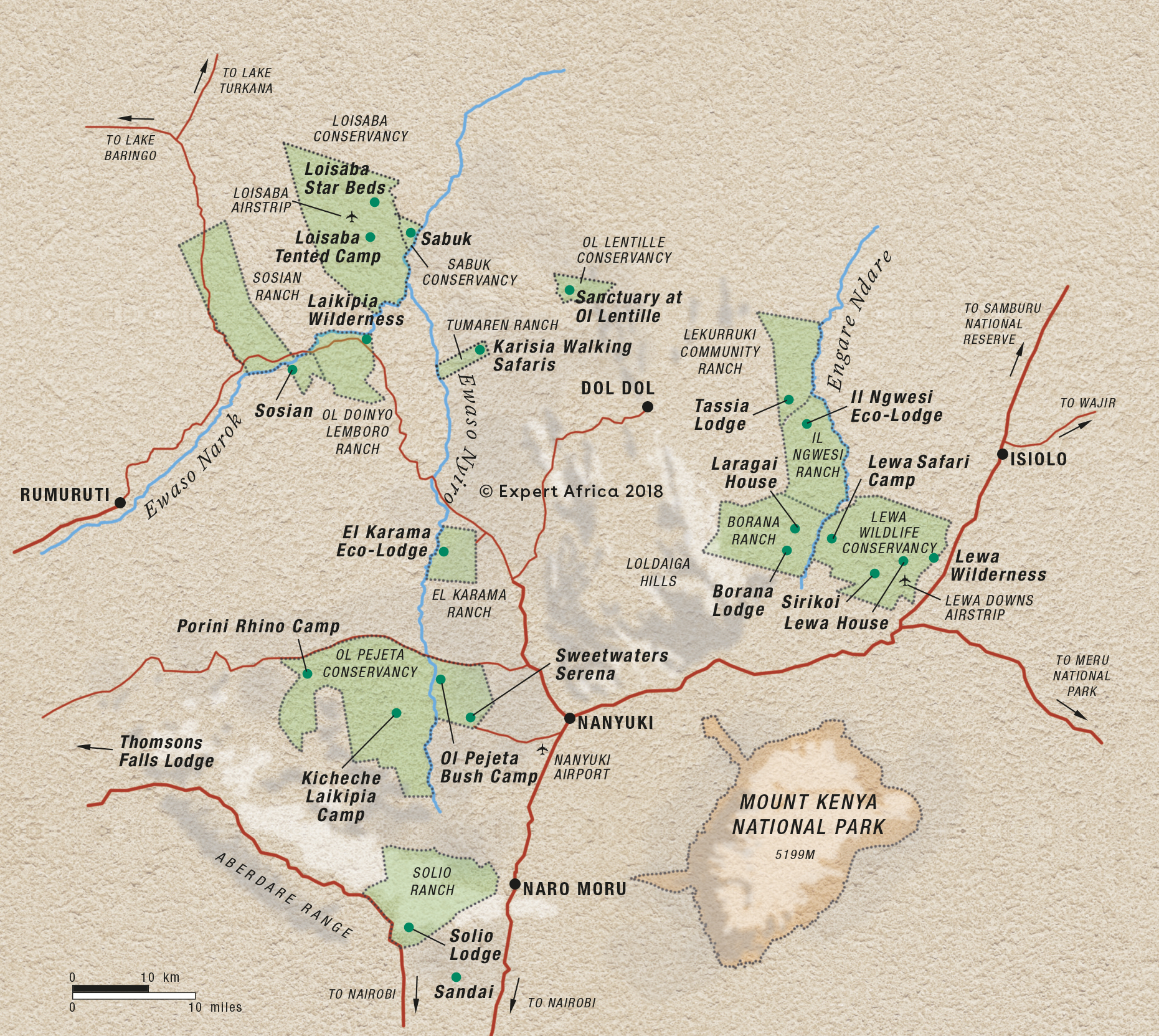
Laikipia: Safaris
Laikipia is one of the best areas of Kenya for active safaris. With the wildlife conservancies all under private or community management, the standards of conservation oversight and visitor-hosting are second to none. You can track wild dogs using radio-telemetry equipment; go on a wildlife walk through the bush with an armed guide, spotting elephant, giraffe and zebra; ride camels or horses; swim in the lodge swimming pool or plunge in the local river. Wherever you stay in Laikipia, there's a multitude of activities – just not a multitude of other visitors.
Laikipia combines well with other parts of Kenya for a rich and varied itinerary. Pair it with the world-renowned Maasai Mara for the Great Migration, head north to the wild beauty of Lake Turkana, or add a beach break visit to the Kenya Coast.
We’ve detailed a wide range of safaris and holidays that include Laikipia. Talk to us for more details about which safari combination will suit you best!

Purple Grenadier Fly-In Safari
6 days • 2 locations
NAIROBI AIRPORT TO NAIROBI AIRPORT
Fantastic guiding from intimate, well-run mid-range tented camps, in superb conservancy locations: this safari is all about making the most of the incredible wildlife in Laikipia and the Maasai Mara.
US$6,390 - US$8,800 per person

African Finfoot Fly-in Safari
7 days • 3 locations
NAIROBI AIRPORT TO NAIROBI AIRPORT
After a unique start in Nairobi National Park, classic, luxurious camps combine for a high-end and exclusive safari in fantastic wildlife destinations.
US$11,230 - US$17,340 per person

African Hawk-Eagle Fly-in Safari
7 days • 2 locations
NAIROBI AIRPORT TO NAIROBI AIRPORT
Two luxurious camps provide relatively quiet game-viewing within Laikipia and the Mara ecosystem. Situated on private conservancies, both Lewa Wilderness and Naboisho offer the chance to sight all of the "Big 5" and to enjoy a range of safari activities.
US$9,360 - US$16,430 per person

Hamerkop Fly-In Safari
8 days • 2 locations
NAIROBI AIRPORT TO NAIROBI AIRPORT
Different wildlife, contrasting camps and a whole host of activities, this is a safari for those wanting to get out and about and not just sit in a vehicle.
US$7,430 - US$10,960 per person

Greater Kudu Fly-In Safari
7 days • 2 locations
NAIROBI AIRPORT TO NAIROBI AIRPORT
Experience a truly authentic bush experience on this safari at two classic tented camps, in Laikipia and the Maasai Mara. These are some of the best places to spot wild dogs and big cats.
US$8,130 - US$9,080 per person

Rothschild Giraffe Safari
8 days • 3 locations
NAIROBI AIRPORT TO NAIROBI AIRPORT
A example of a luxury Kenyan safari, starting at the iconic Giraffe Manor before fabulous stays on the spectacular Solio Reserve and Sala’s Camp in a remote corner of the Maasai Mara.
US$12,650 - US$17,830 per person

Big Cat Fly-in Safari
8 days • 2 locations
NAIROBI AIRPORT TO NAIROBI AIRPORT
Combining two of Kenya’s best wildlife-viewing areas, this slow-paced safari to the Lewa Conservancy and Maasai Mara guarantees iconic wildlife. The long-established, well-rated camps are great value, too.
US$7,770 - US$8,850 per person

Golden Jackal Fly-in Safari
8 days • 2 locations
NAIROBI AIRPORT TO NAIROBI AIRPORT
A contrasting safari of a lodge and a tented camp, with action-packed activities in Laikipia and wildlife-filled game drives in the Maasai Mara, offers a consistently high-quality experience.
US$11,200 - US$14,130 per person
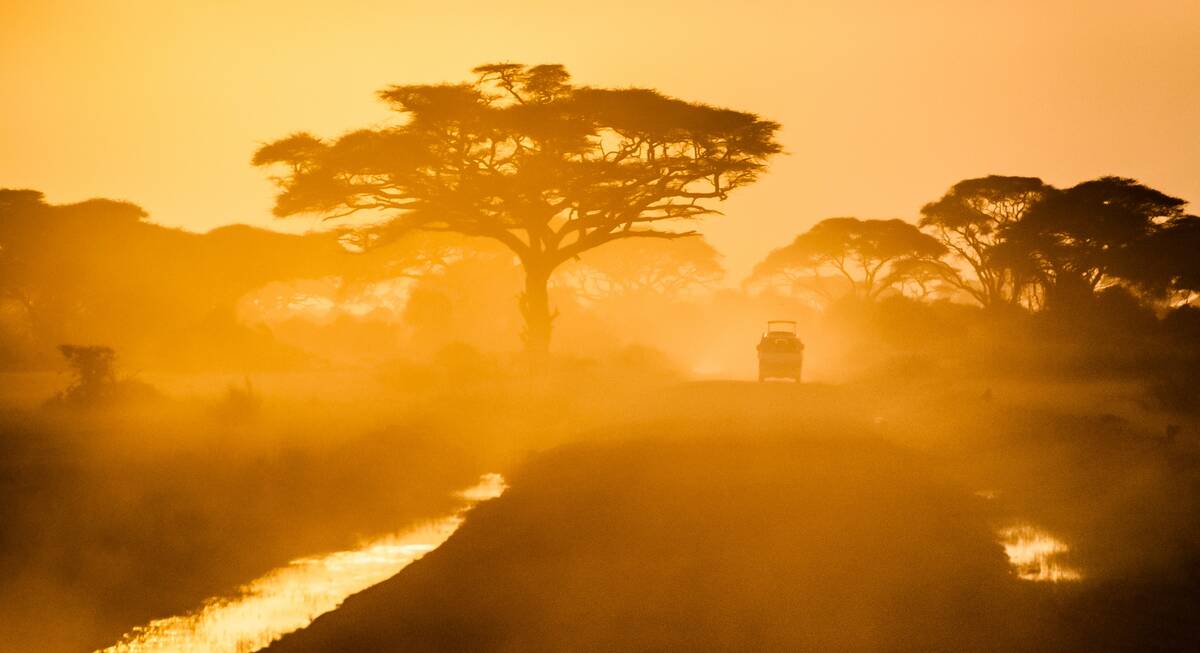
Tawny Eagle Fly-in Safari
7 days • 2 locations
NAIROBI AIRPORT TO NAIROBI AIRPORT
Explore Laikipia and the Maasai Mara ecosystem with stays in the Ol Pejeta and Naboisho conservancies. Two smart yet authentically rustic bush camps provide a traditional safari experience, offering a high standard of guiding and excellent level of care.
US$6,550 - US$8,630 per person
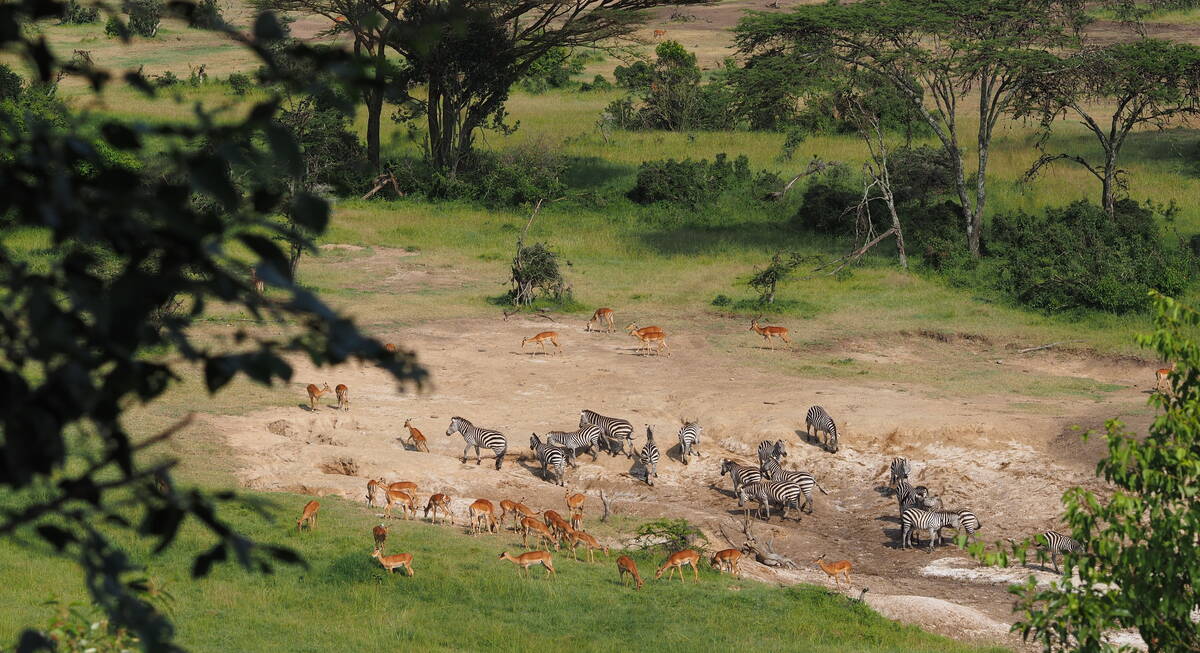
Wahlberg's Eagle Fly-in Safari
6 days • 2 locations
NAIROBI AIRPORT TO NAIROBI AIRPORT
A great value safari in Laikipia and the Maasai Mara that provides an immersive, authentic bush camp experience with activities for families of all ages.
US$5,880 - US$6,450 per person
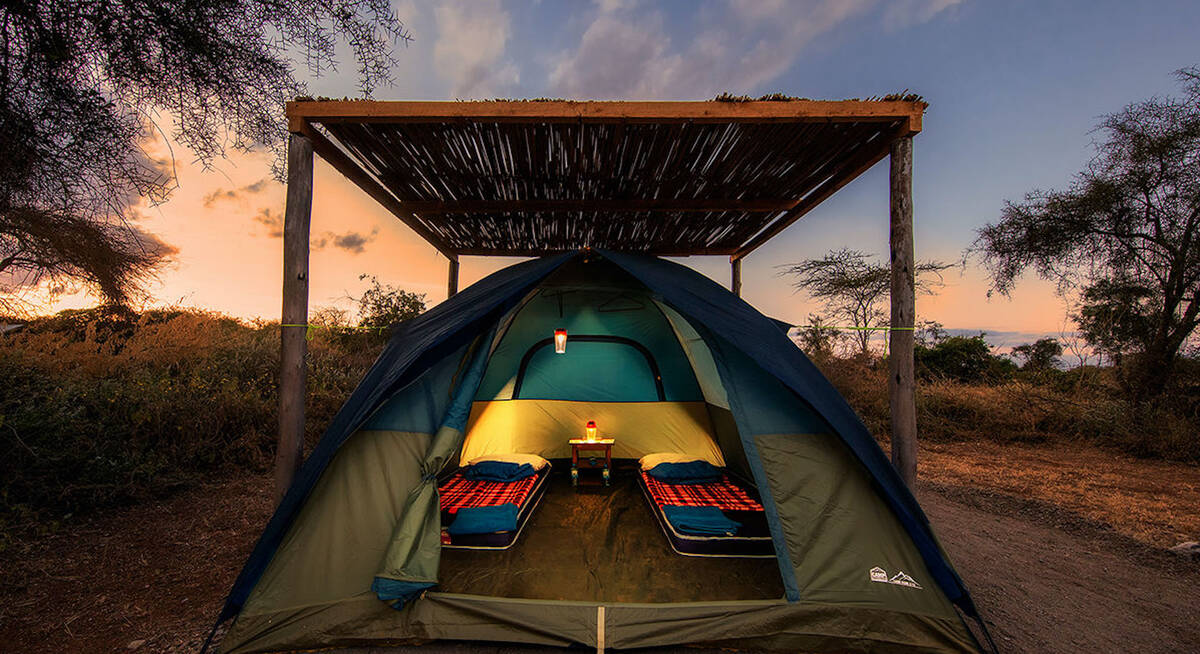
Gabar Goshawk Fly-in Safari
7 days • 3 locations
NAIROBI AIRPORT TO NAIROBI AIRPORT
Experience Amboseli and Laikipia during this economically priced safari. Two simple camps offer adventure before a stopover in Nairobi and a final stay in the charming, wildlife-rich Il Ngwesi Eco-Lodge.
US$6,580 - US$6,580 per person
Best 25 lodges and safari camps in Laikipia
Laikipia’s accommodations reflect the region’s distinctive blend of conservation and community. Set across vast private ranches and group conservancies, they offer intimate, high-end experiences rarely matched elsewhere in Kenya. These lodges are widely dispersed, from the foothills of Mount Kenya to the arid plains stretching north toward Samburu, often far from each other and reached by light aircraft or rugged tracks.
Most properties fall into one of three categories: luxurious tented camps, traditional thatched lodges, and architecturally bold retreats built to blend with the landscape. Many feature eco-conscious design and host only a handful of guests, ensuring a quiet, exclusive atmosphere.
Ol Pejeta, Lewa, Loisaba, Solio and El Karama are among Laikipia’s most popular and wildlife-rich conservancies. Each hosts exceptional camps offering immersive wildlife encounters, from tracking rhinos to walking with local guides across unspoiled bush.
When looking for the perfect places to stay in Laikipia, talk to us to discover the locations and lodges which will suit you best.

Kicheche Laikipia
Kicheche Laikipia is the most luxurious tented camp of the handful of places to stay in the Ol Pejeta Conservancy in central Laikipia.

Laikipia Wilderness
Laikipia Wilderness is a rustic owner-managed bush camp, in excellent wild dog territory, offering outstanding guiding.

Lewa Safari Camp
Lewa Safari Camp is a comfortable and homely tented lodge, located in the Lewa Conservancy and offering a relatively exclusive safari away from mass tourism.

Lewa Wilderness
Lewa Wilderness is a comfortable, fenced safari lodge with nine cottages, great views and a huge range of activities.

El Karama Lodge
El Karama is a comfortably rustic, very personal, riverside eco-lodge on a game-rich private ranch in Laikipia, an hour’s drive north of Nanyuki airport.

Sosian
Sosian Lodge is a distinctive, estancia-style ranch house on a former cattle ranch, with great opportunities for riding, relaxing and seeing wild dogs and other savannah wildlife.

Il Ngwesi Eco-Lodge
The community-owned Il Ngwesi Eco-Lodge sits atop a small hill in the remote Il Ngwesi Group Ranch, a two-hour drive north of Lewa Conservancy in north-eastern Laikipia.

Ol Pejeta Bush Camp
Ol Pejeta Bush Camp is a simple camp, with comfortable tents, delivering an authentic wilderness experience backed up by good food and guiding.

Porini Rhino Camp
Porini Rhino Camp is a small, simple, well established tented camp, with a keen focus on sustainable and low-impact tourism.

Solio Lodge
Solio Lodge is an exclusive and luxurious bush lodge set in the private Solio Game Ranch in southern Laikipia.
Excursions in Laikipia
Optional, extra day-trips and excursions that are possible while you’re staying in Laikipia. Talk to us: these excursions are usually best arranged before you go.
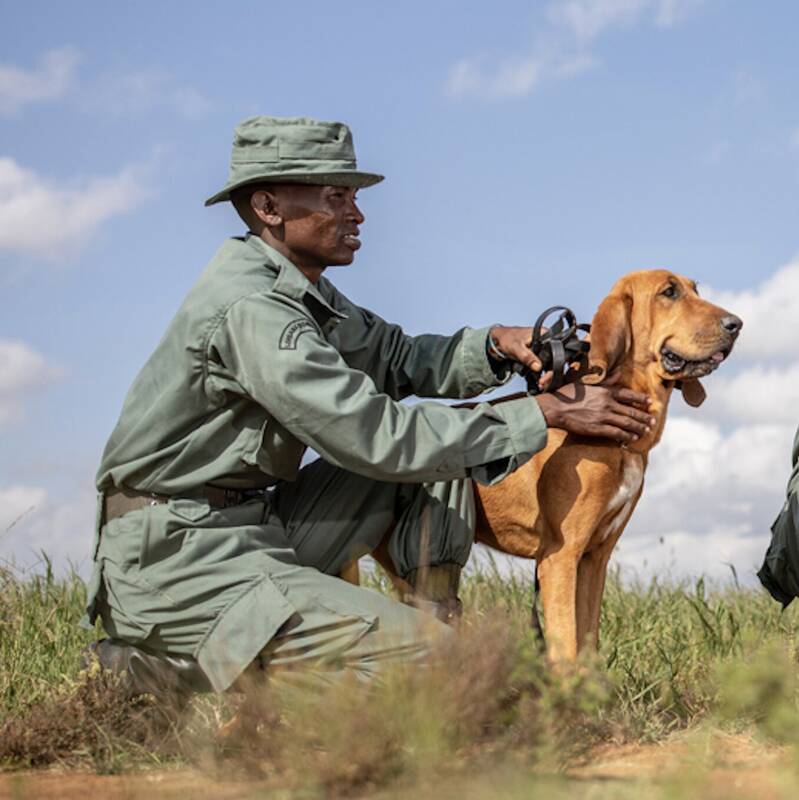
Anti-poaching Dogs Display
Approx. one hour
Interact with the dog keepers and learn about what it takes to look after the specially trained canine team. Guests are encouraged to try and evade the sniffer dogs, not only is this great fun, but it helps to offer genuine training for the dogs.
More about Anti-poaching Dogs Display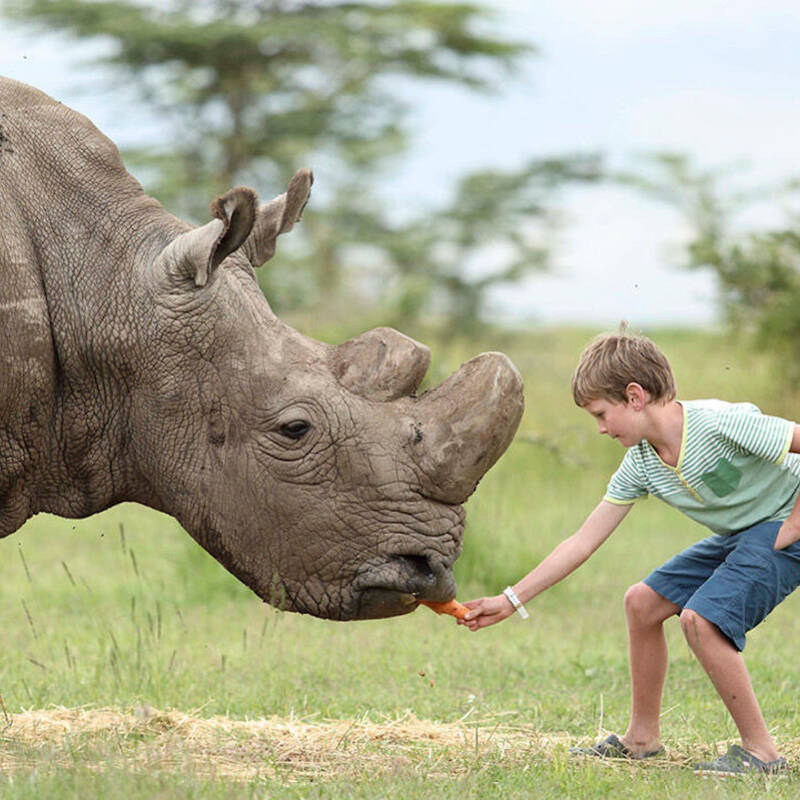
Northern White Rhinos visit
One hour, usually as part of your drive
Visit the Endangered Species Enclosure at Ol Pejeta Conservancy for a close encounter with the last two remaining northern white rhinos. You can visit either by game drive vehicle or visit on horseback if you're an experienced rider. Other rare species include Jackson's hartebeests and Grevy's zebras.
More about Northern White Rhinos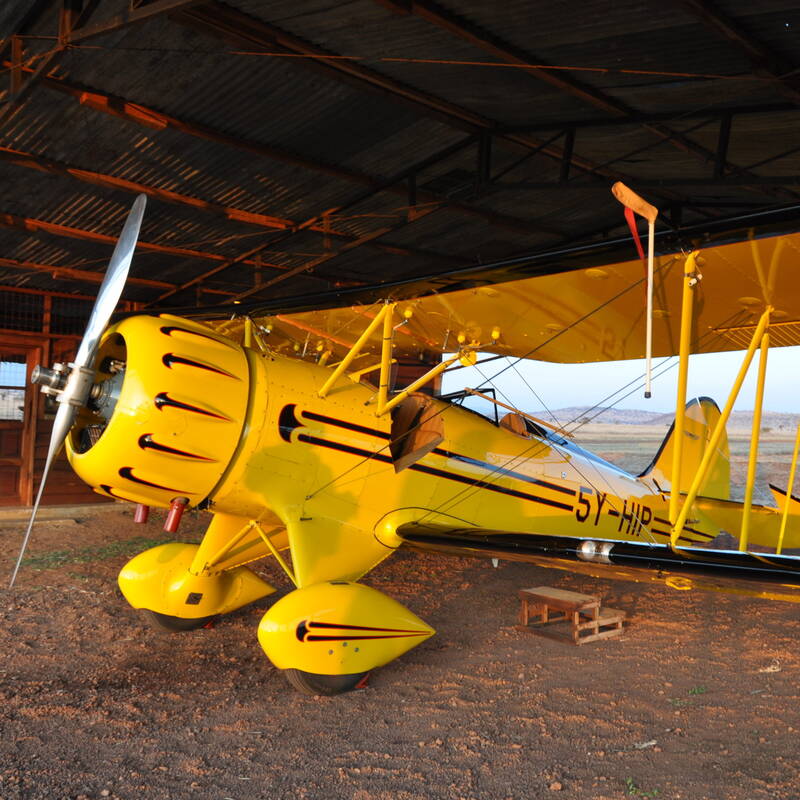
Scenic Biplane Flight on Lewa Conservancy
30 or 60 minute flights
Soar high and fly low over the rolling hills and plains of Laikipia’s famed Lewa Conservancy, on a scenic biplane flight. Offering you the chance to spot wildlife from the air, this flight takes place in an open-cockpit WACO biplane – a truly unique excursion in Kenya.
More about Scenic Bi-plane Flight
Looking for inspiration on where to travel next?
Visit our trip chooser to explore your options and find inspiration for your perfect African adventure
Inspire meFrequently Asked Questions
Laikipia FAQs
To help you plan your safari in Laikipia, we’ve put together a guide covering all the essentials.
How do you get to Laikipia?
There are scheduled flights from Nairobi’s Wilson Airport to several airstrips in Laikipia, including Nanyuki, Kamok, Lewa, and Loisaba. You can also use private charter flights for more direct access to specific lodges and conservancies. The region’s central location makes it a convenient addition to a broader Kenyan safari itinerary.
Key airstrips for scheduled services include:
- Nanyuki Airport – the region’s primary gateway, serving the town of Nanyuki and nearby conservancies.
- Lewa Downs Airstrip – the airstrip for Lewa and Borana.
- Loisaba Airstrip – for Loisaba, Mugie, Sosian and Laikipia Wilderness.
- Kamok Airstrip – a bush airstrip in Ol Pejeta Conservancy.
What are the best safari destinations in Laikipia?
A few of the conservancies offer standout experiences:
- Ol Pejeta Conservancy is one of the most popular, known for its pioneering conservation efforts, including the world’s last northern white rhinos and Big Five game viewing. It's ideal for families, photographers, and conservation enthusiasts.
- Lewa Wildlife Conservancy, a UNESCO World Heritage Site, is famous for its rhino population and sustainable tourism model. Lewa and the adjoining Borana offer high-quality guiding, walking safaris, and horseback riding.
- For a more remote safari, Il Ngwesi and Lekurruki provide rustic, community-led experiences, emphasising cultural immersion, bush walks, and traditional hospitality.
- Loisaba Conservancy is ideal if you’re seeking luxury adventure, with camel safaris, mountain-biking, and stargazing all popular.
- Sosian and El Karama are well-suited for families, offering varied landscapes, river activities, and kid-friendly safaris.
What activities are available in Laikipia?
Walking safaris are particularly popular, offering a slower, more intimate look at the landscape. Guided bush walks, often led by local Samburu or Maasai trackers, are available in areas like Il Ngwesi and Ol Pejeta. For a unique adventure, camel-assisted safaris are offered in remote northern conservancies, allowing guests to explore dry riverbeds and hills beyond vehicle access.
Horseback safaris are available on ranches like El Karama, Borana and Sosian, where experienced riders can approach wildlife more easily, as horses tend not to spook the animals. Some conservancies also offer mountain-biking, fly-camping, and lion-tracking with researchers. At Ol Pejeta and Lewa, travellers can visit the conservancies’ headquarters to understand their anti-poaching security operations. And many conservancies offer visits to their canine units (dubbed “K9”) that typically deploy delightful bloodhounds with which it’s possible to interact in displays of their scenting skills.
Birdwatching is also popular, thanks to Laikipia’s rich diversity of avian life. Cultural visits to local communities offer authentic insights into traditional lifestyles, while hands-on conservation activities – such as rhino-tracking or anti-poaching patrols – add a meaningful educational dimension.
For adventure seekers, Laikipia also offers mountain-biking, fishing, and fly-camping under the stars.
Is Laikipia a good option for family or multi-generational safaris?
Unlike national parks, Laikipia’s private conservancies allow off-road driving, night safaris, and walking expeditions, which can be tailored to suit all ages and fitness levels. Lodges such as Ol Pejeta Bush Camp, El Karama, and Lewa Safari Camp cater well for families, with family tents, private guides, and flexible schedules that accommodate young children.
Many properties offer educational wildlife experiences, like lion- tracking, visiting anti-poaching units, or meeting local conservationists. Children can learn about animal behaviour, ecosystems, and traditional lifestyles through interactive bush walks or time with Samburu or Maasai guides. At El Karama, families can enjoy river tubing (when the water is high enough), fishing, and nature-based kids’ programmes.
For older family members or mixed-age groups, Laikipia also offers horseback safaris, camel treks, and cultural visits to nearby communities. The region’s lodges often feature relaxed atmospheres with swimming pools, family meals, and flexible game drive times – ideal for group travel.
Overall, Laikipia’s safe environment, diverse activities, and commitment to conservation make it one of Kenya’s best safari regions for all generations.
Is there malaria in Laikipia?
Because Laikipia is often combined with travel to other parts of Kenya – some of which are higher-risk malaria zones, such as Amboseli or the coast – it’s important to take precautions against malaria. Most visitors choose to follow general malaria prevention strategies for peace of mind. These include taking antimalarial medication throughout their trip, using insect repellent, sleeping under treated mosquito nets and wearing long sleeves and trousers in the evenings.
Are there any cultural experiences in Laikipia?
Several conservancies – including Il Ngwesi and Lekurruki – offer immersive opportunities like “warrior-training”, guided bush walks, and storytelling sessions led by community elders. Guests can visit schools, women’s cooperatives, and healthcare initiatives to better understand the region’s commitment to sustainable tourism and community development.
What is Laikipia’s history?
Following Kenya’s independence, the region changed further. Many settler ranches were gradually converted into wildlife conservancies, motivated by the urgent need to protect endangered species like the eastern black rhino and Grevy’s zebra, and to promote sustainable land use. In the late twentieth century, community conservancies emerged, empowering local people to participate in conservation and tourism. In many cases, these initiatives allowed traditional pastoralism to coexist with wildlife protection, turning Laikipia into a dynamic, collaborative model of land stewardship. Today, Laikipia stands as a leading example of conservation success in Africa – balancing biodiversity, tourism, and community development.
When is the best time to visit Laikipia?
See our When to go to Laikipia section for a more detailed month-by-month guide to the best time to visit Laikipia.
